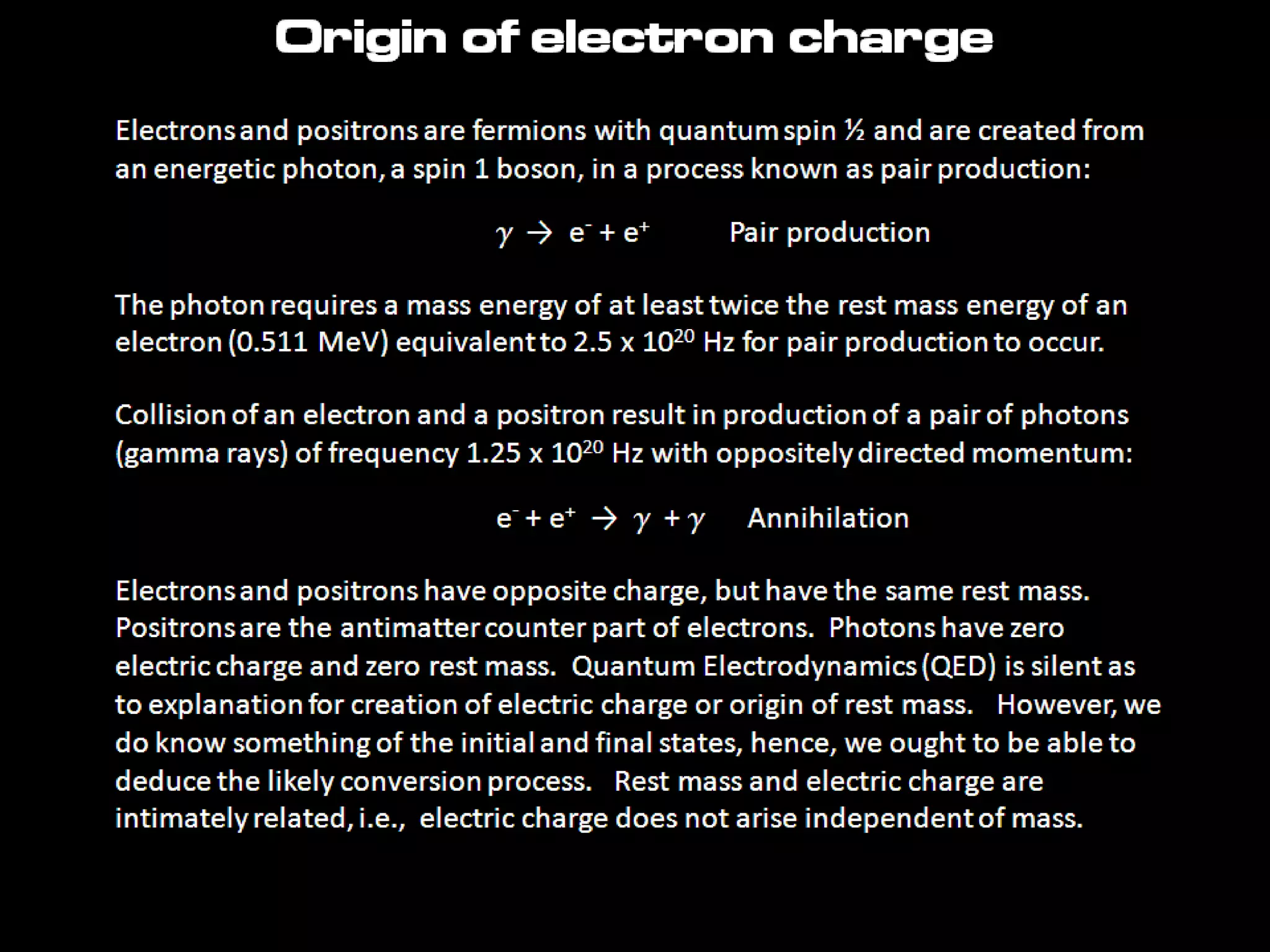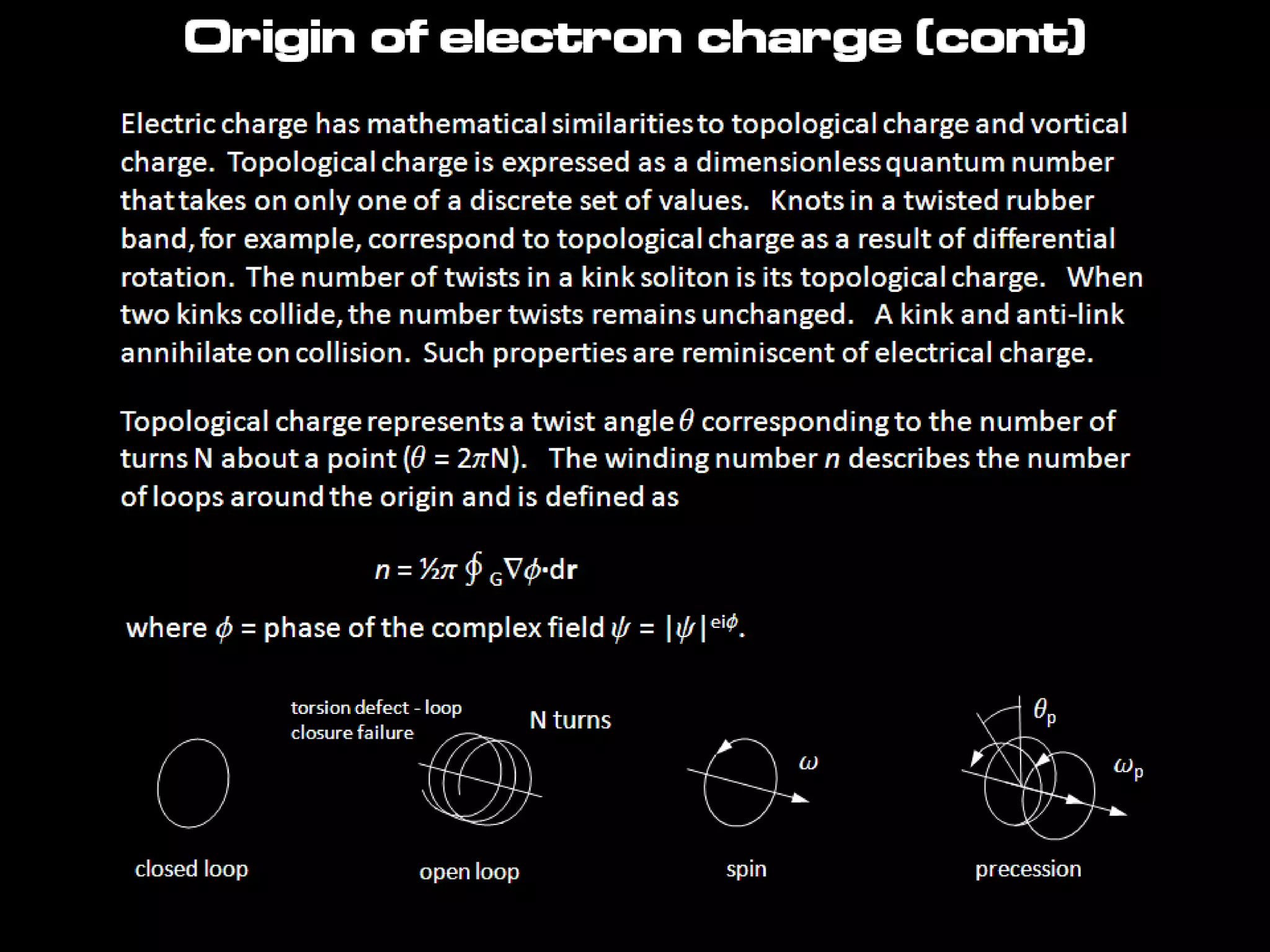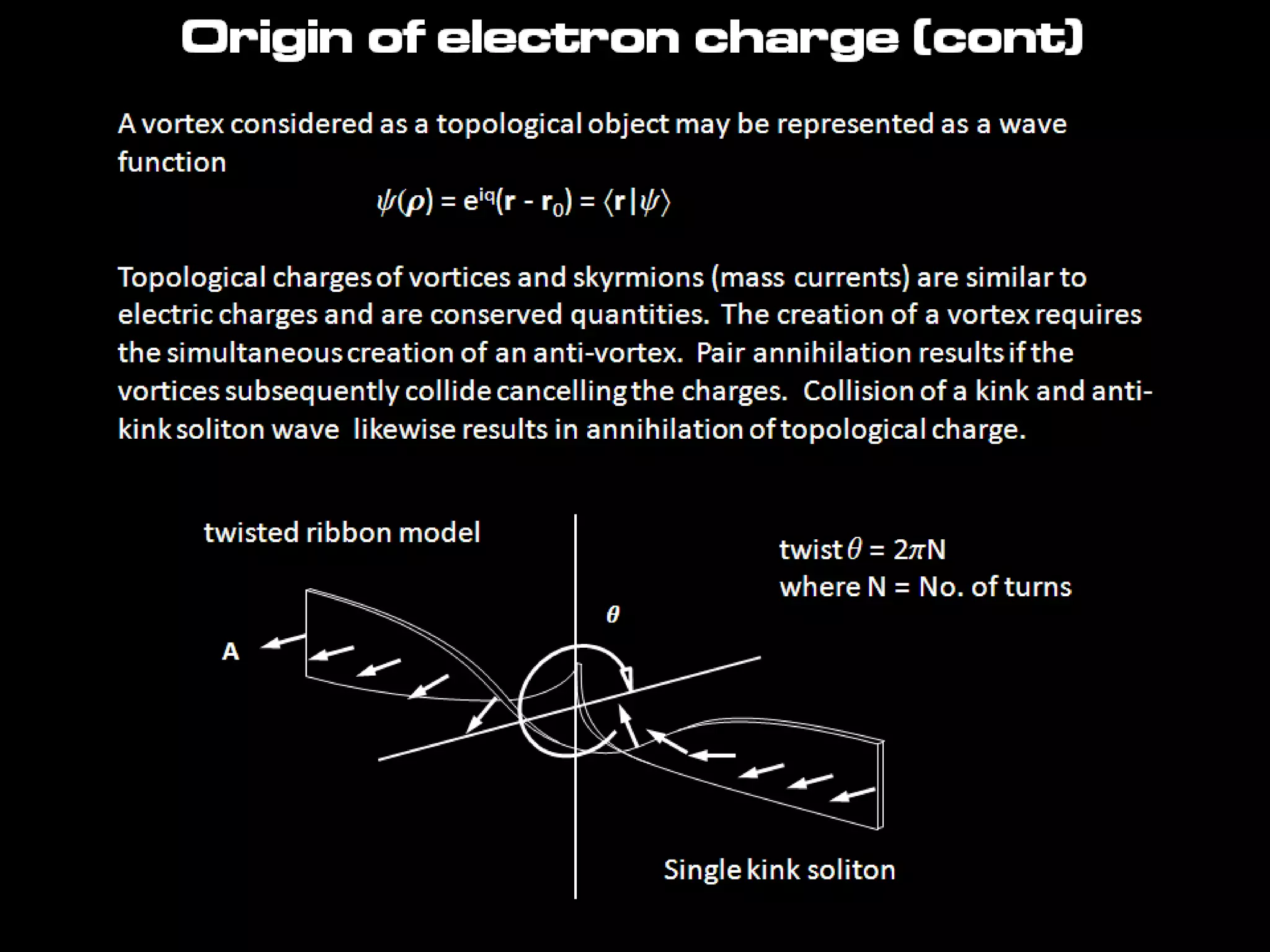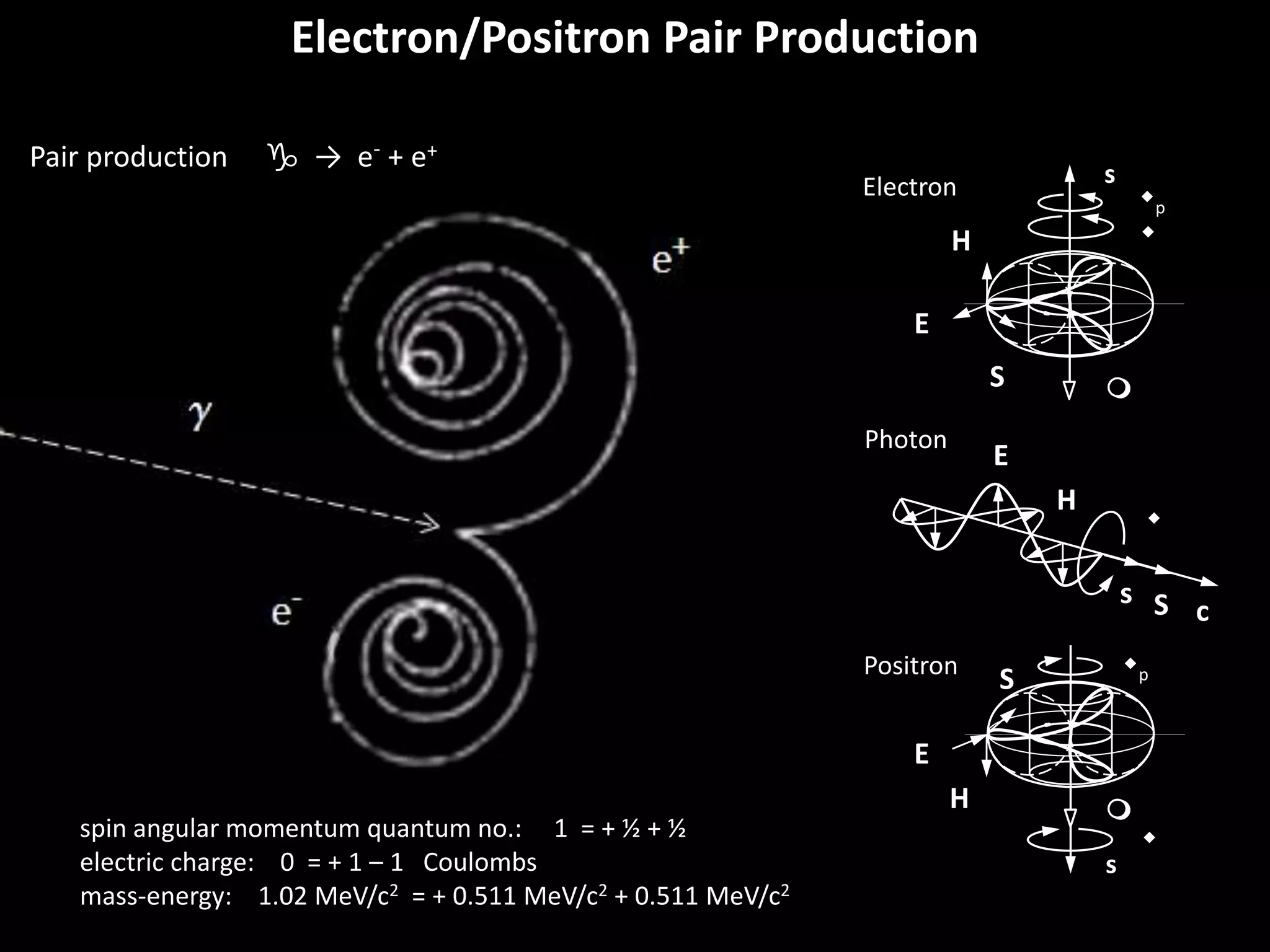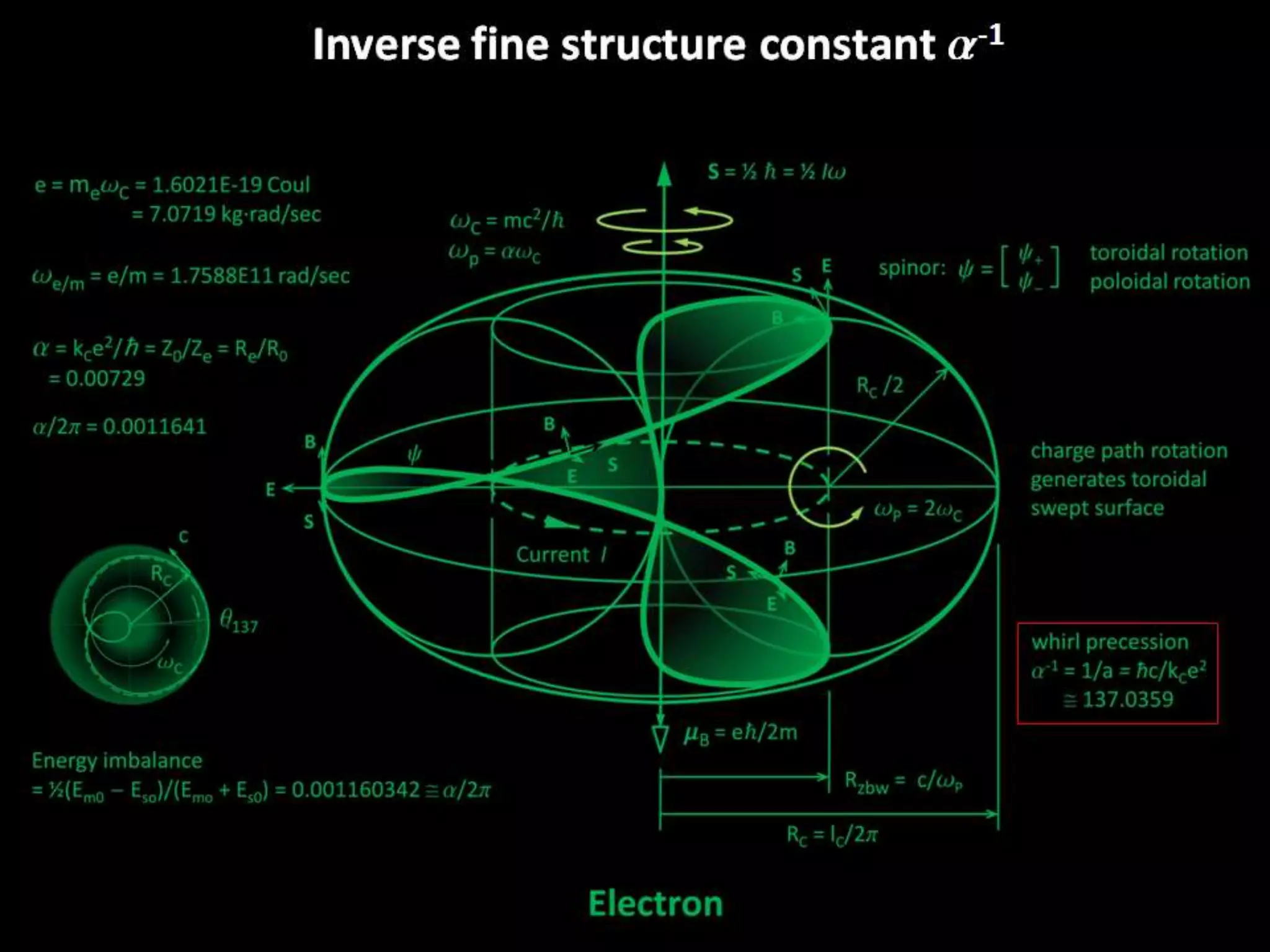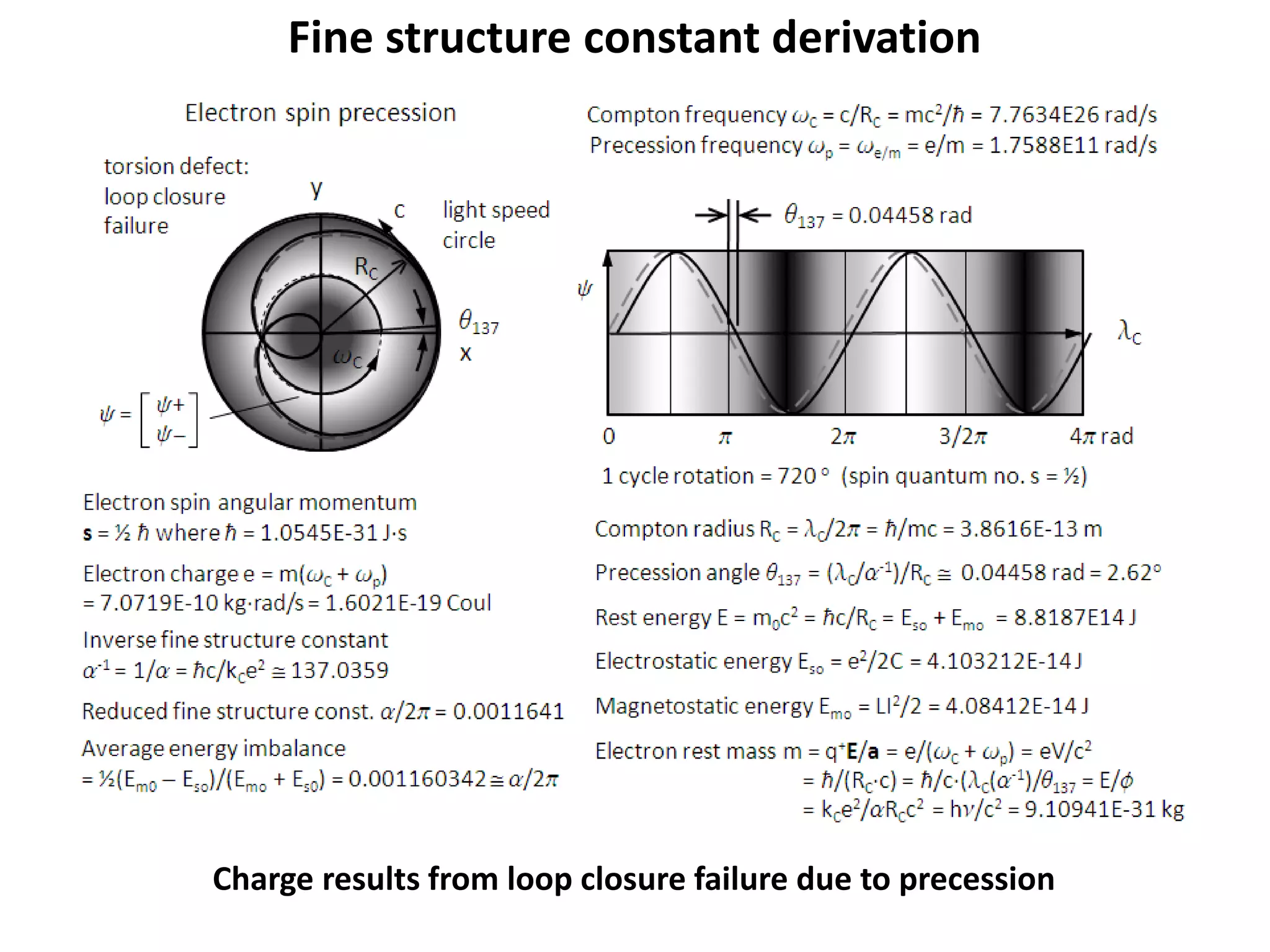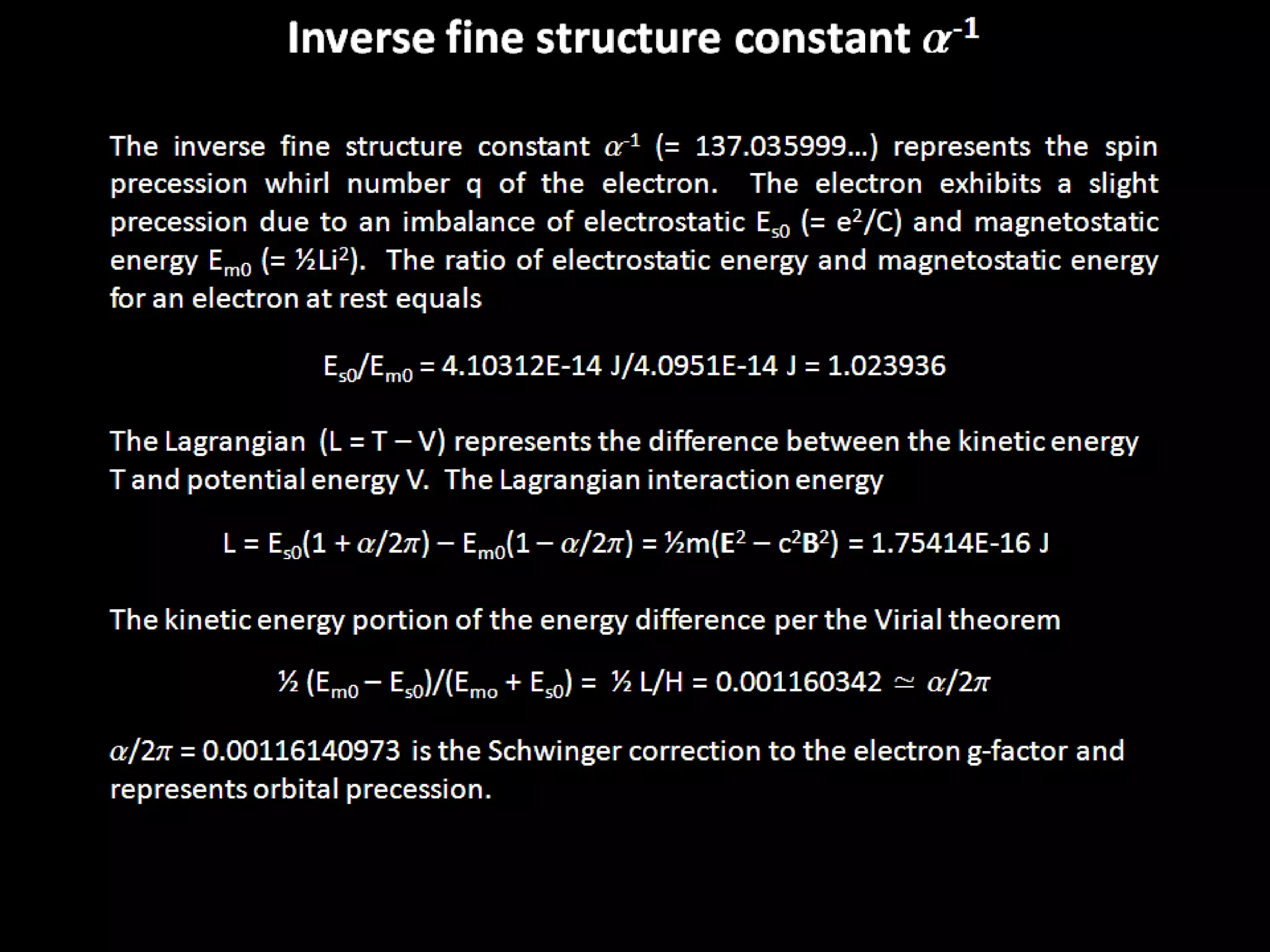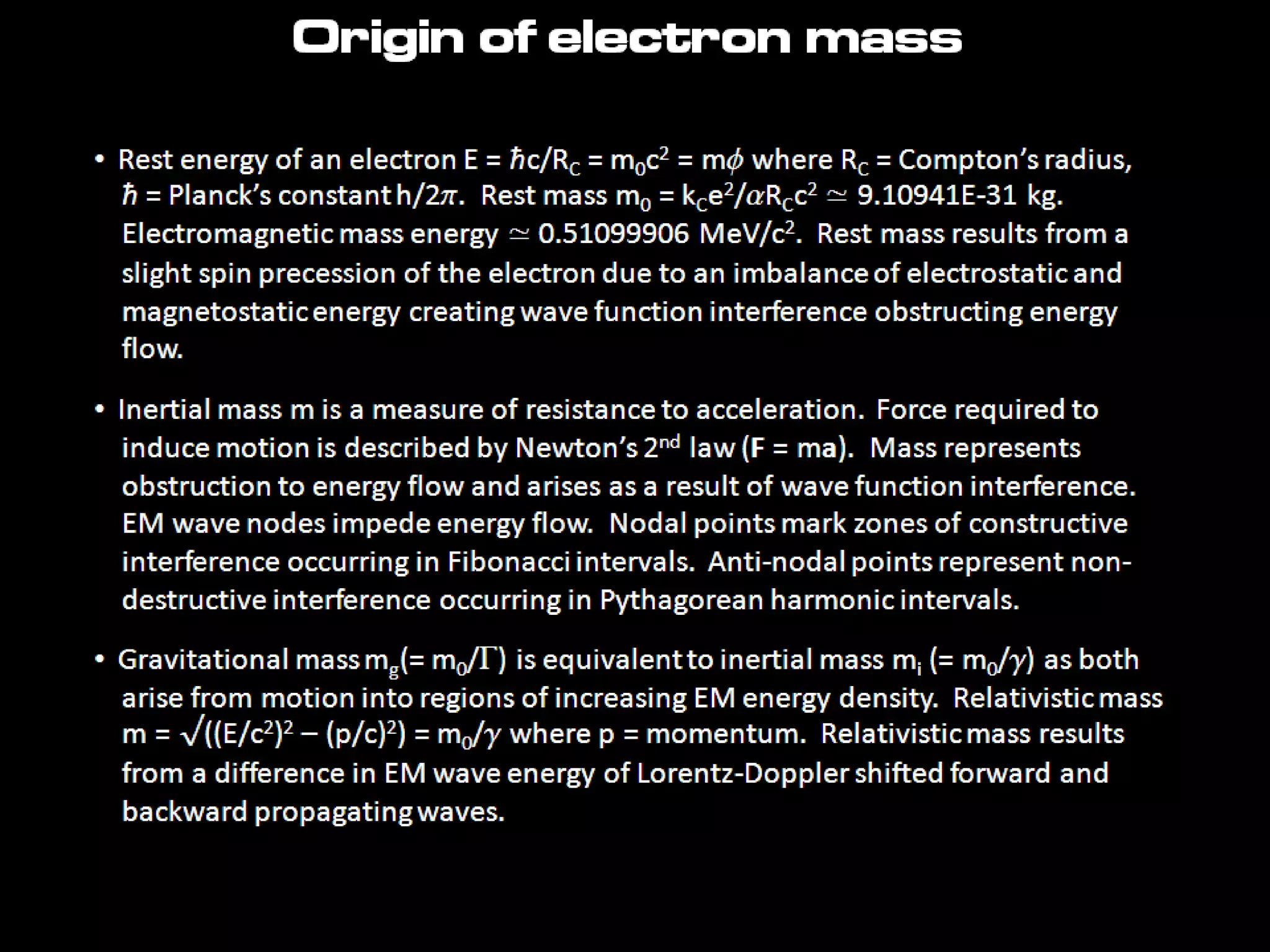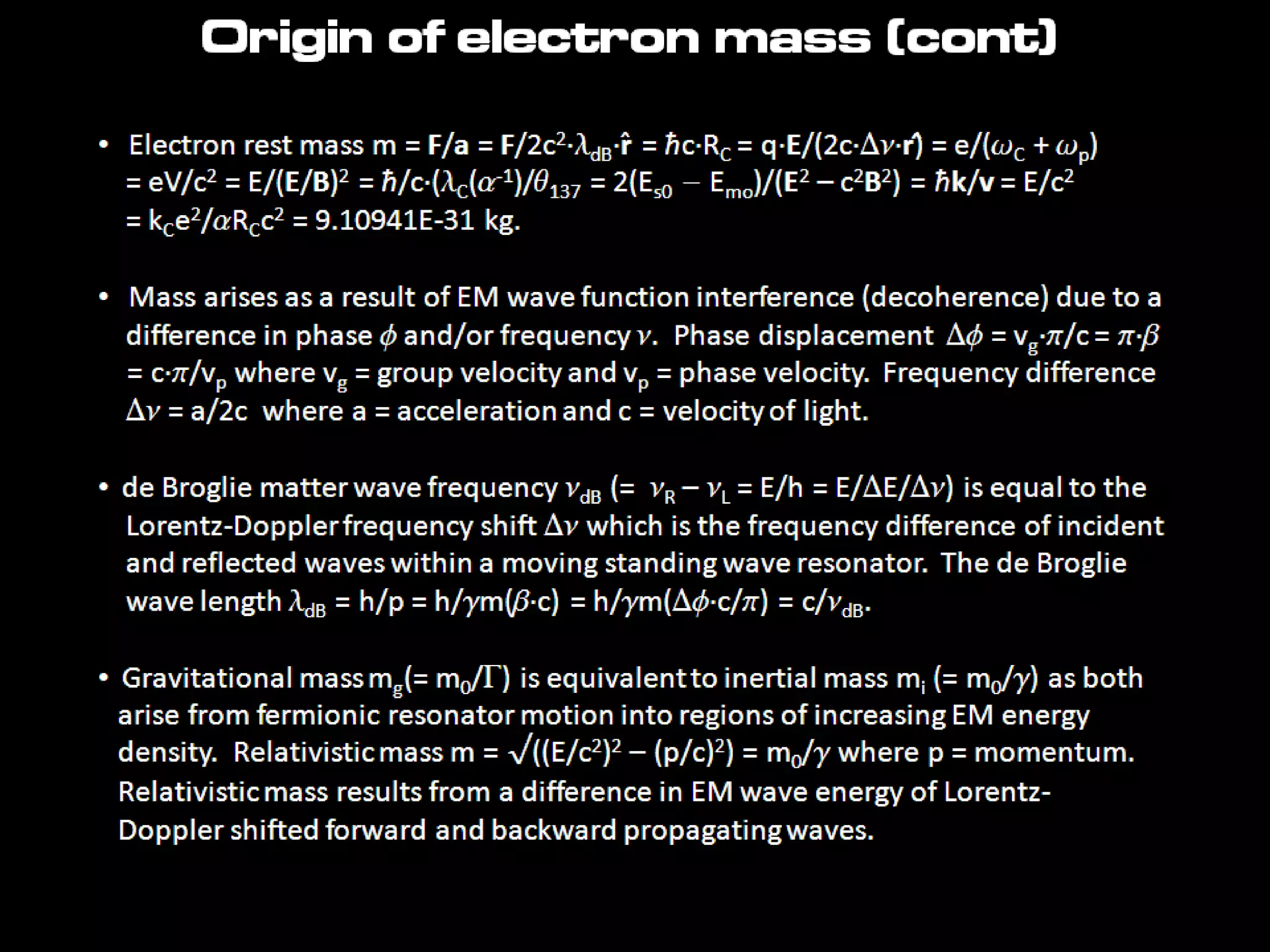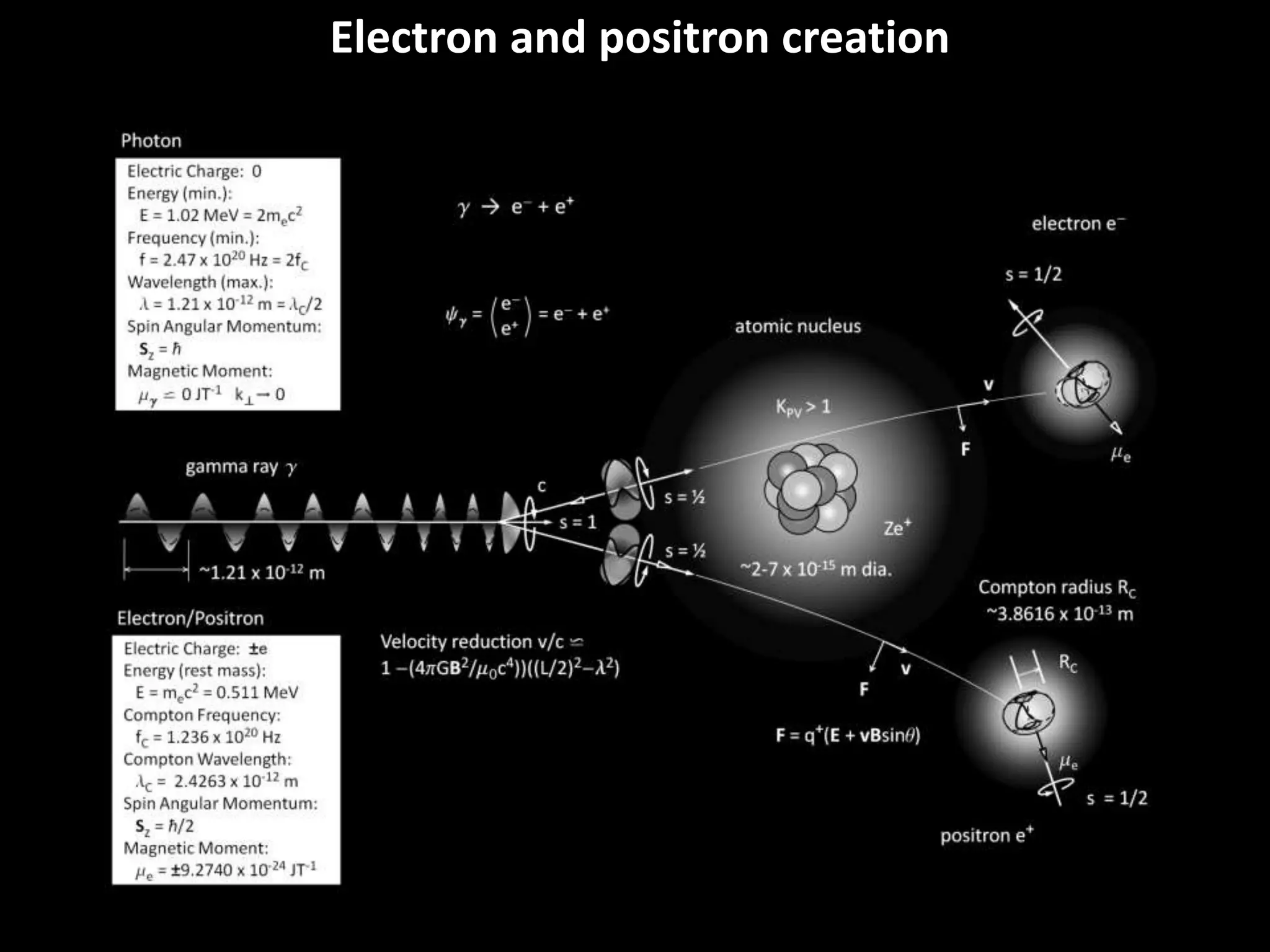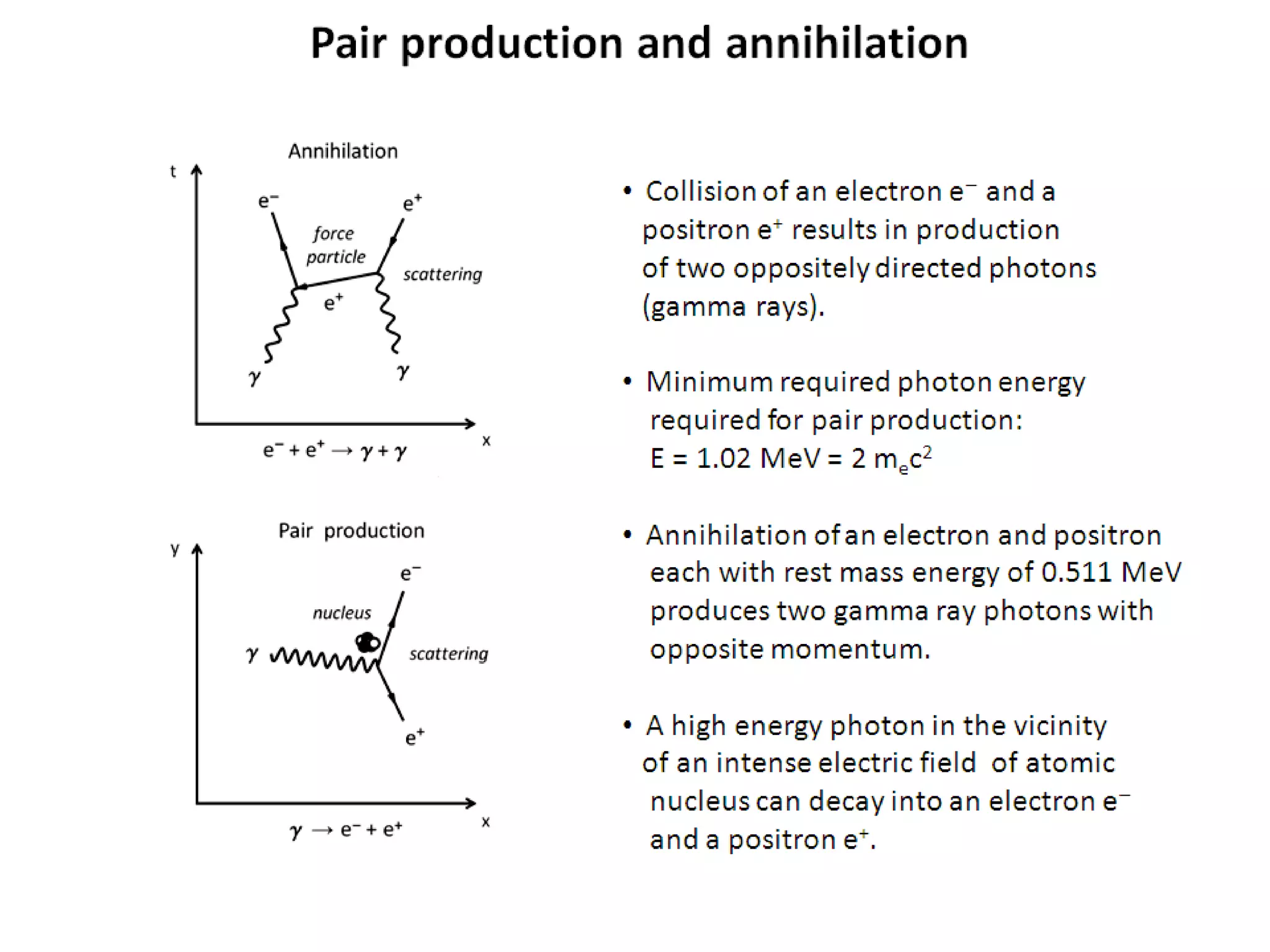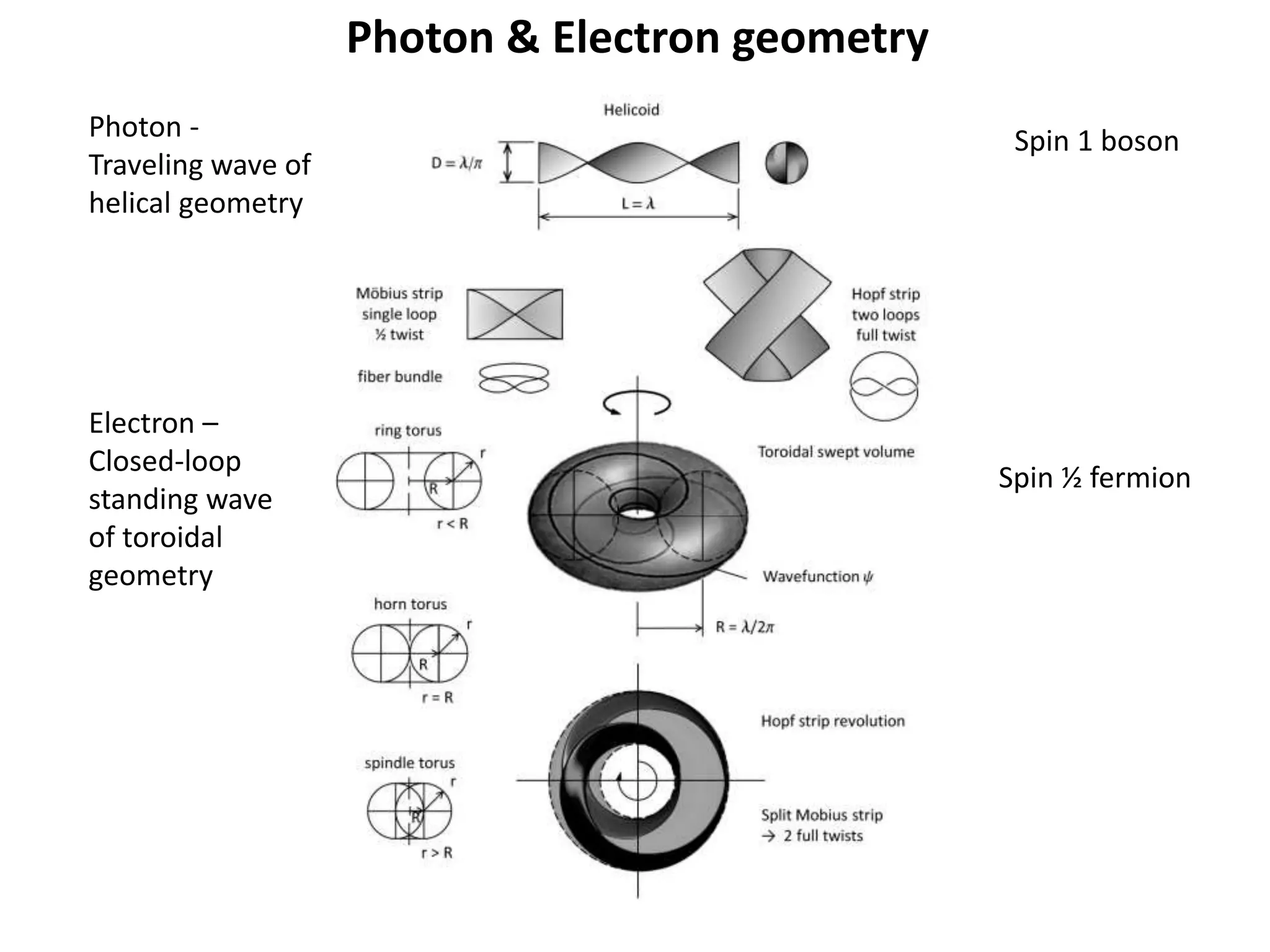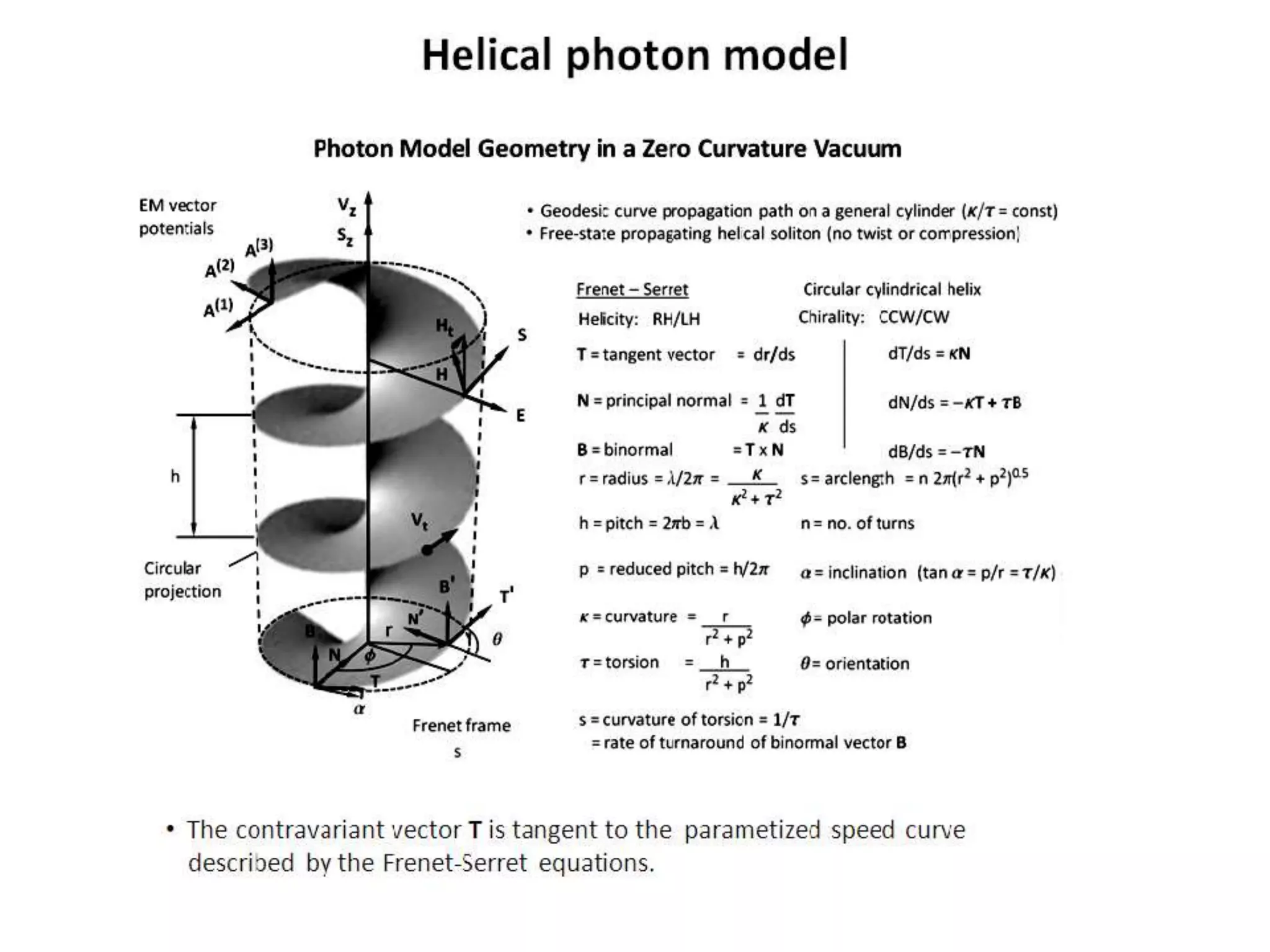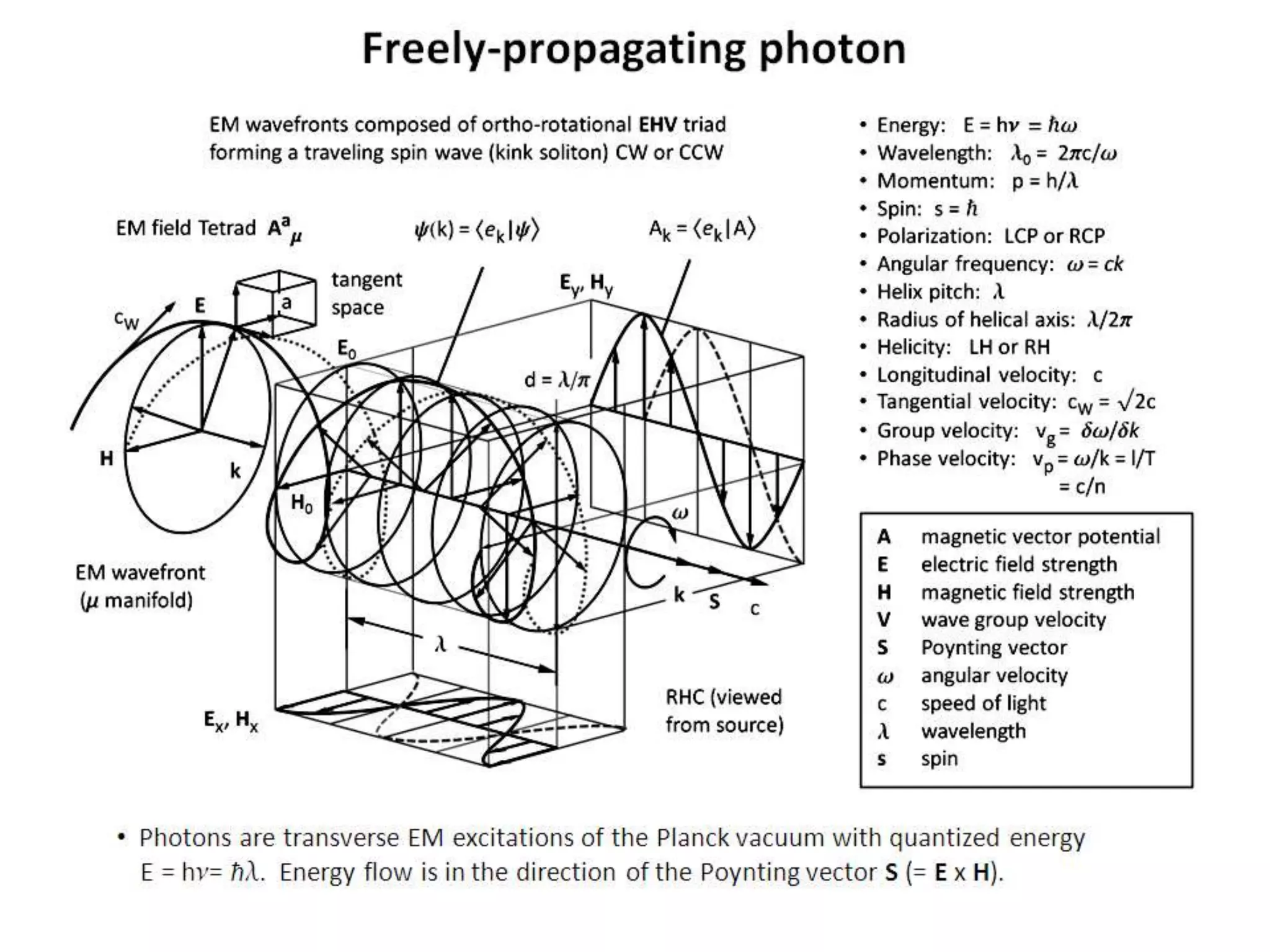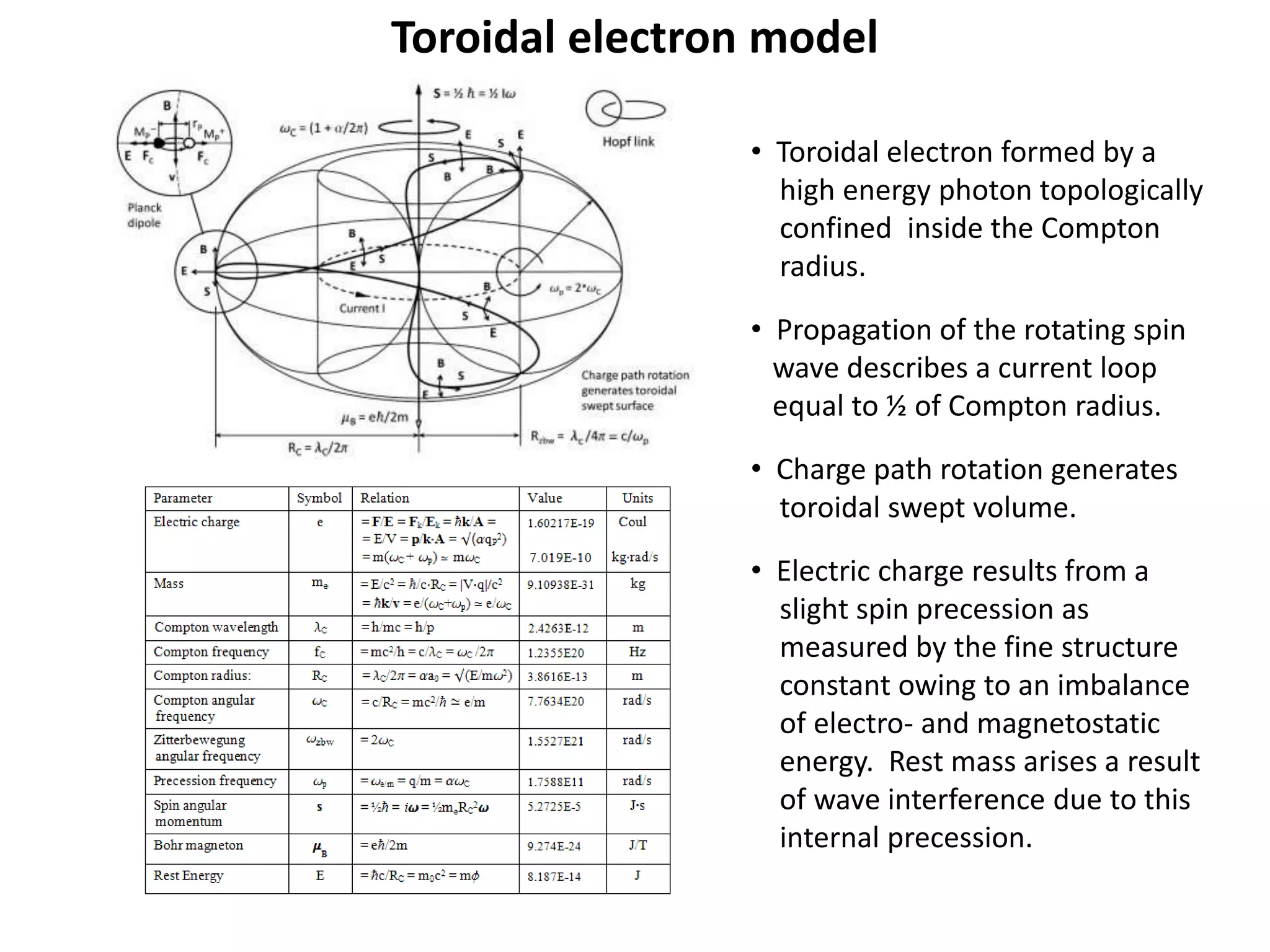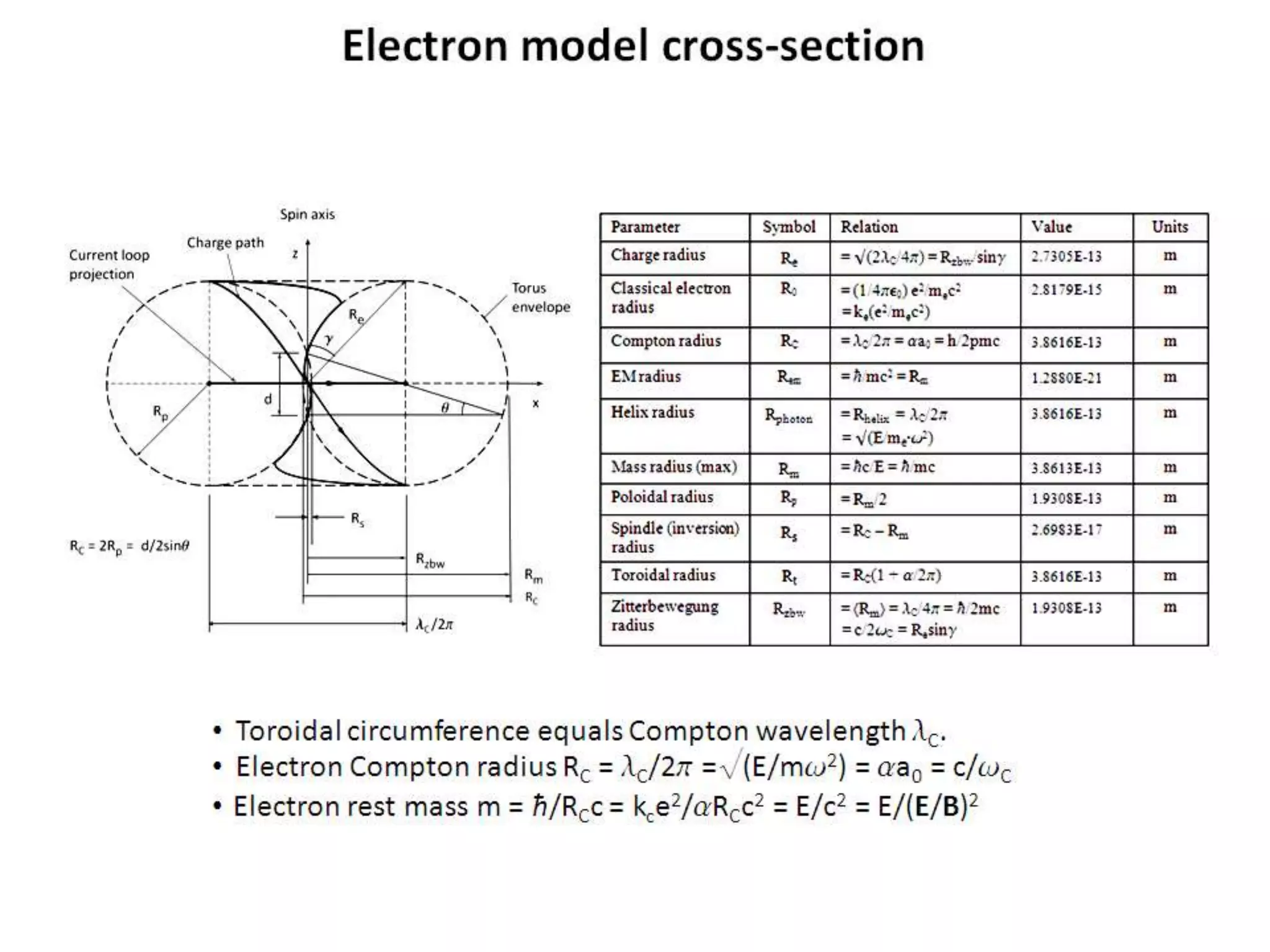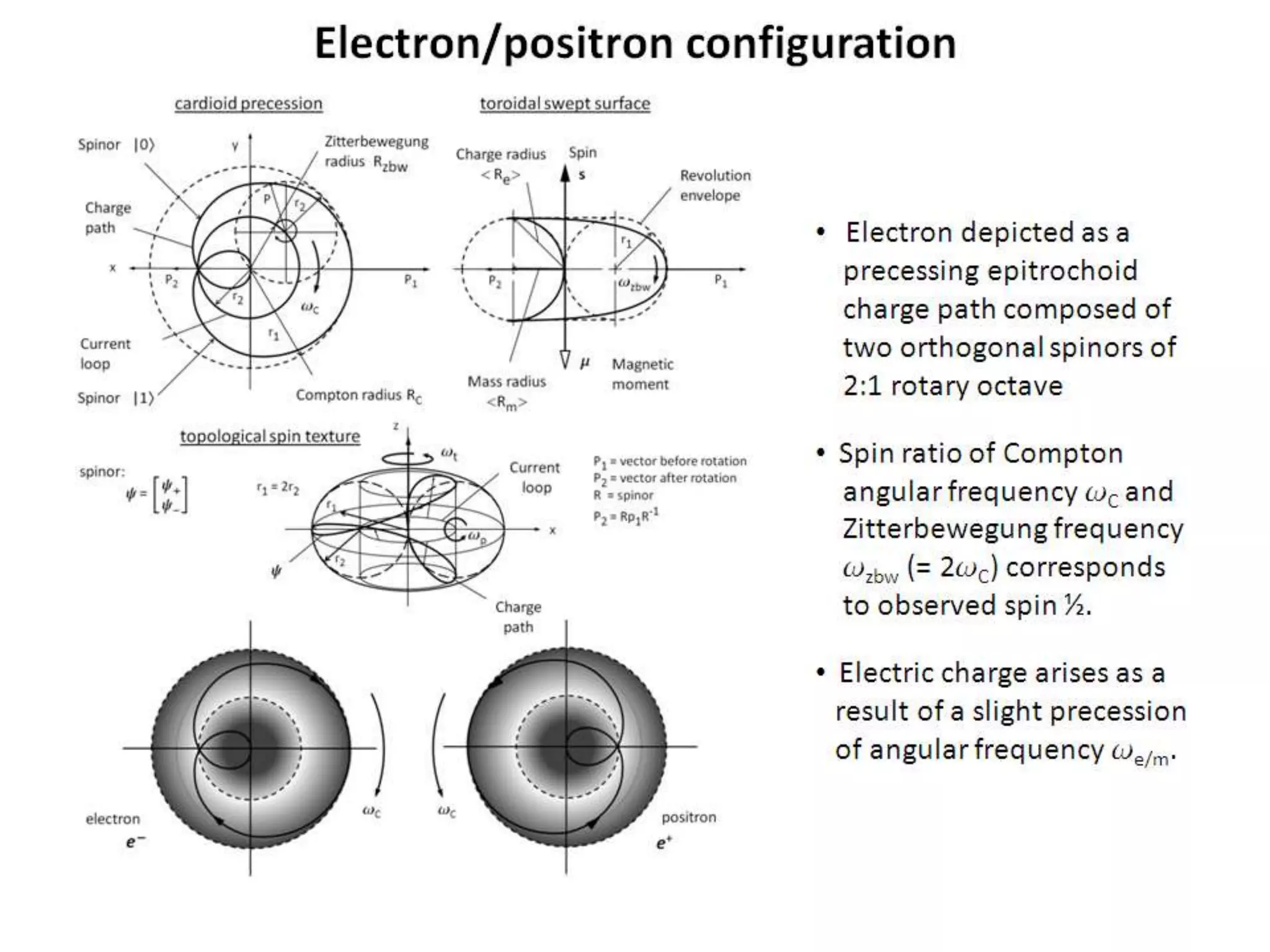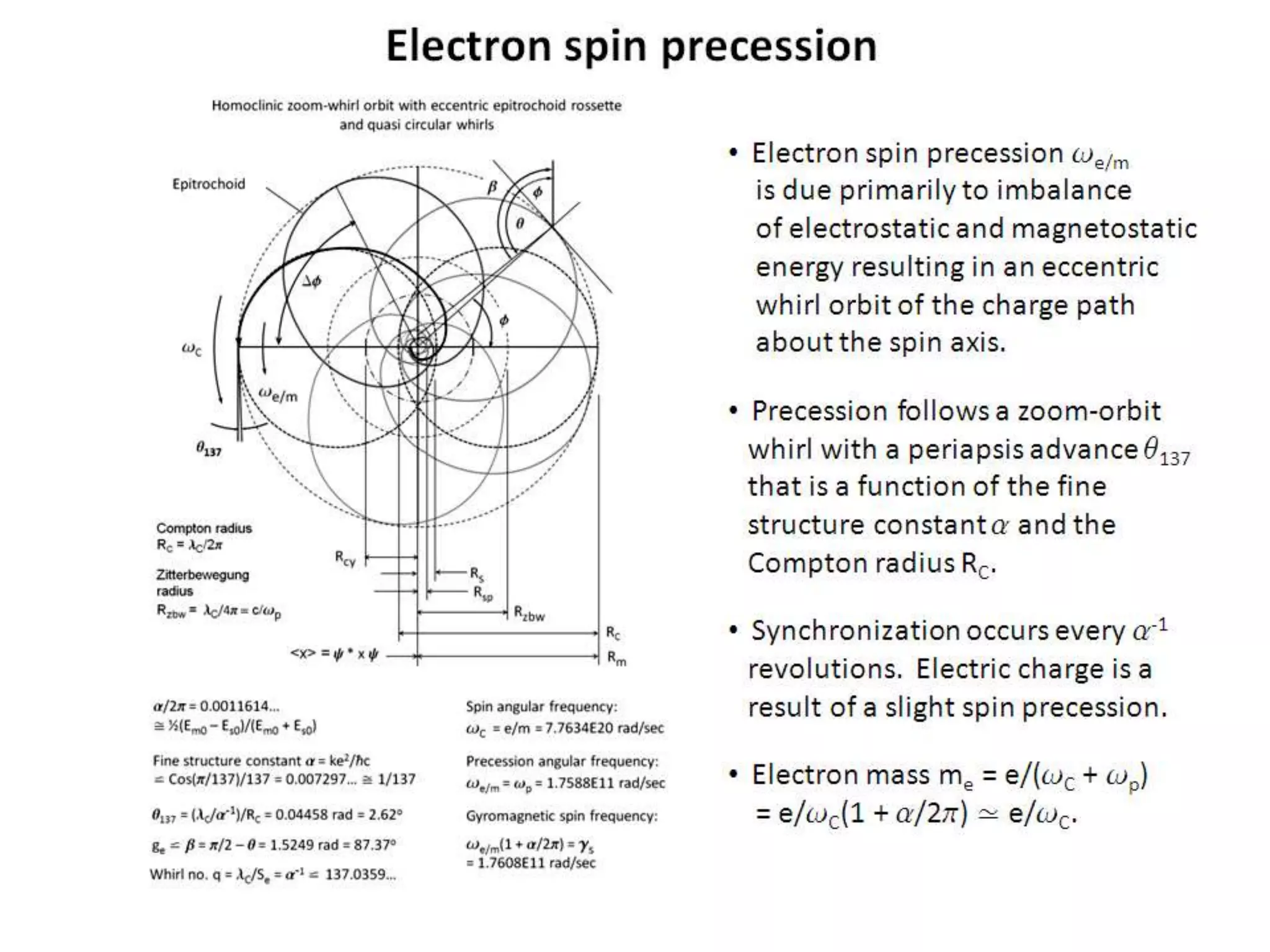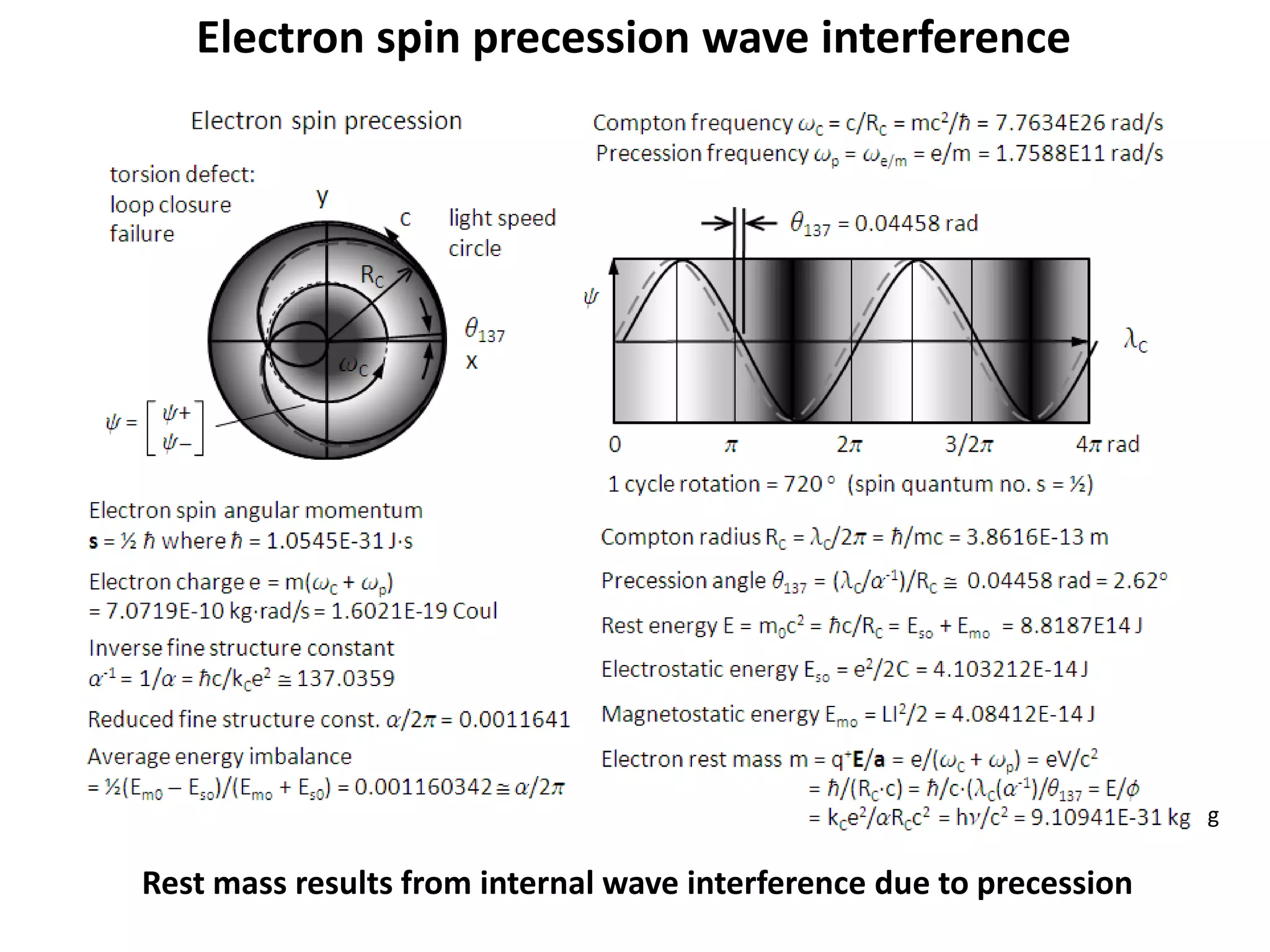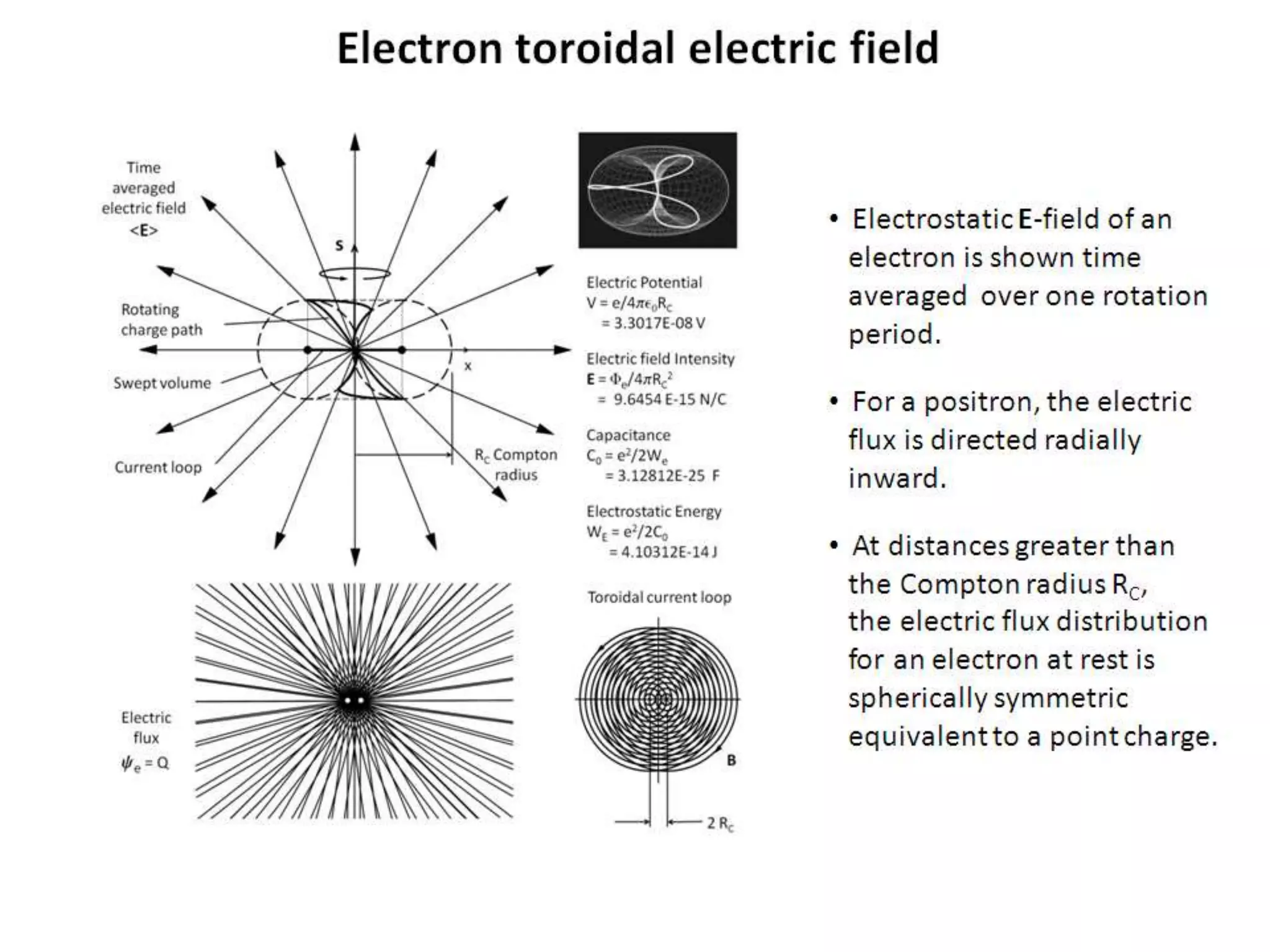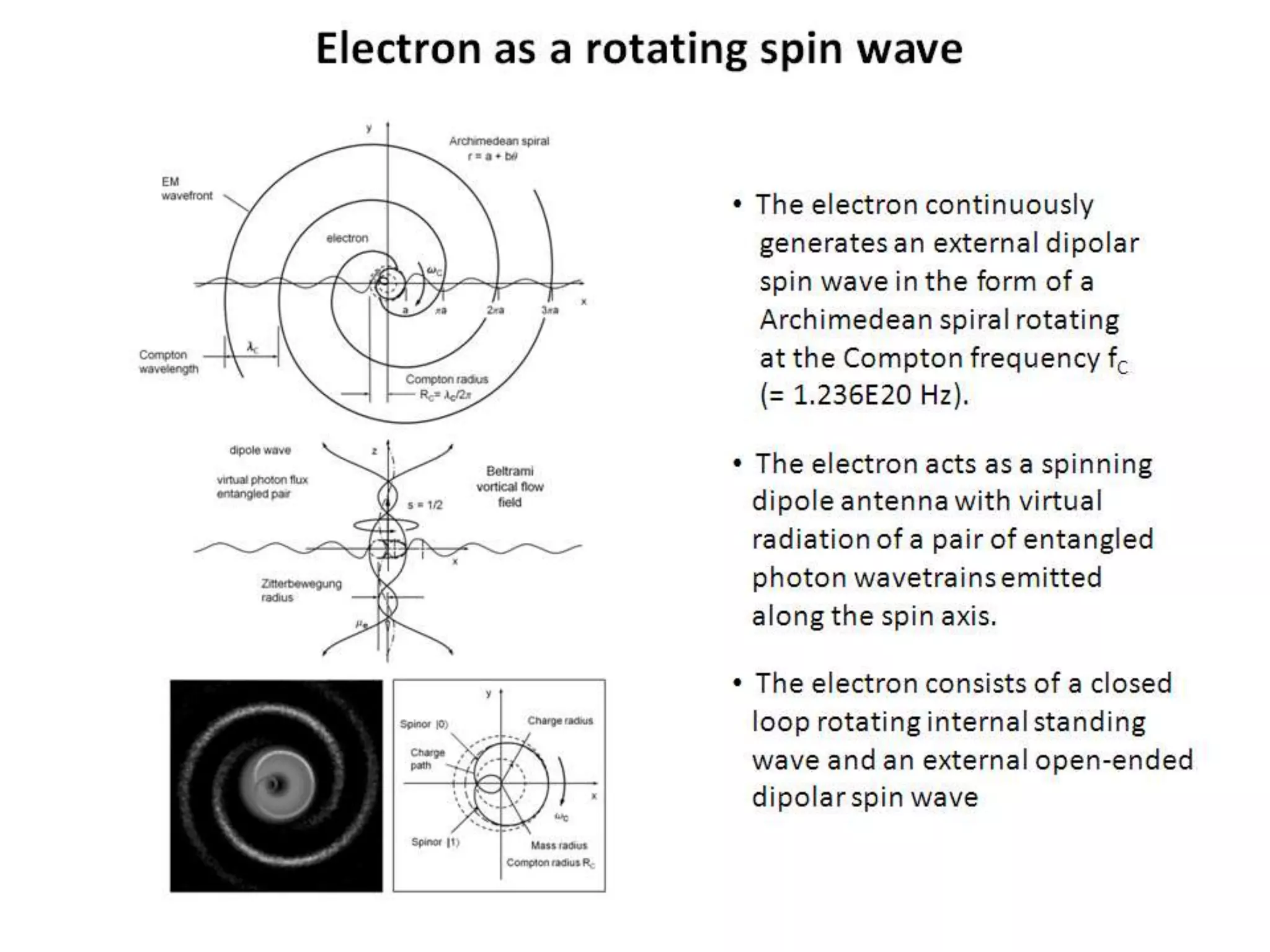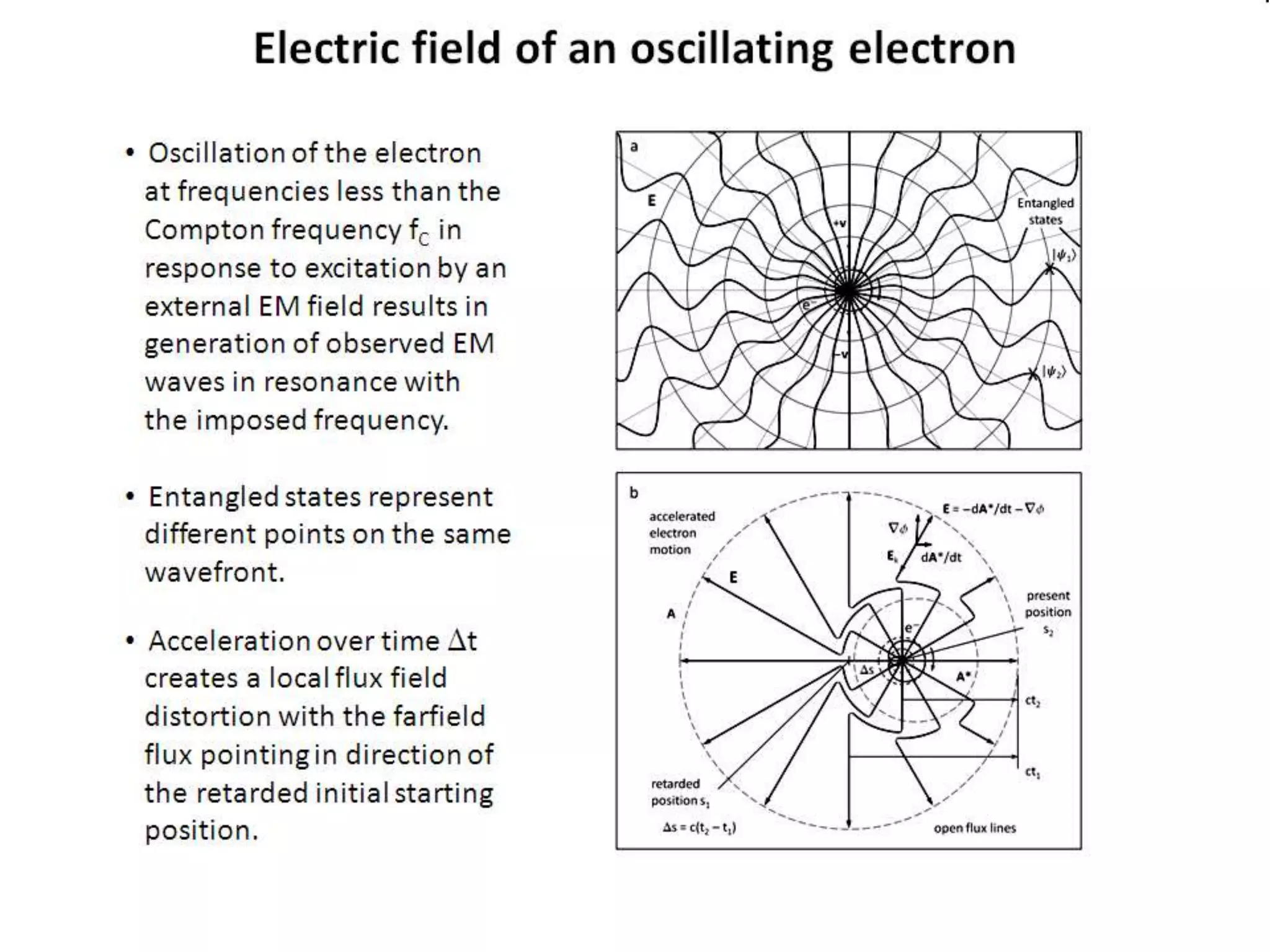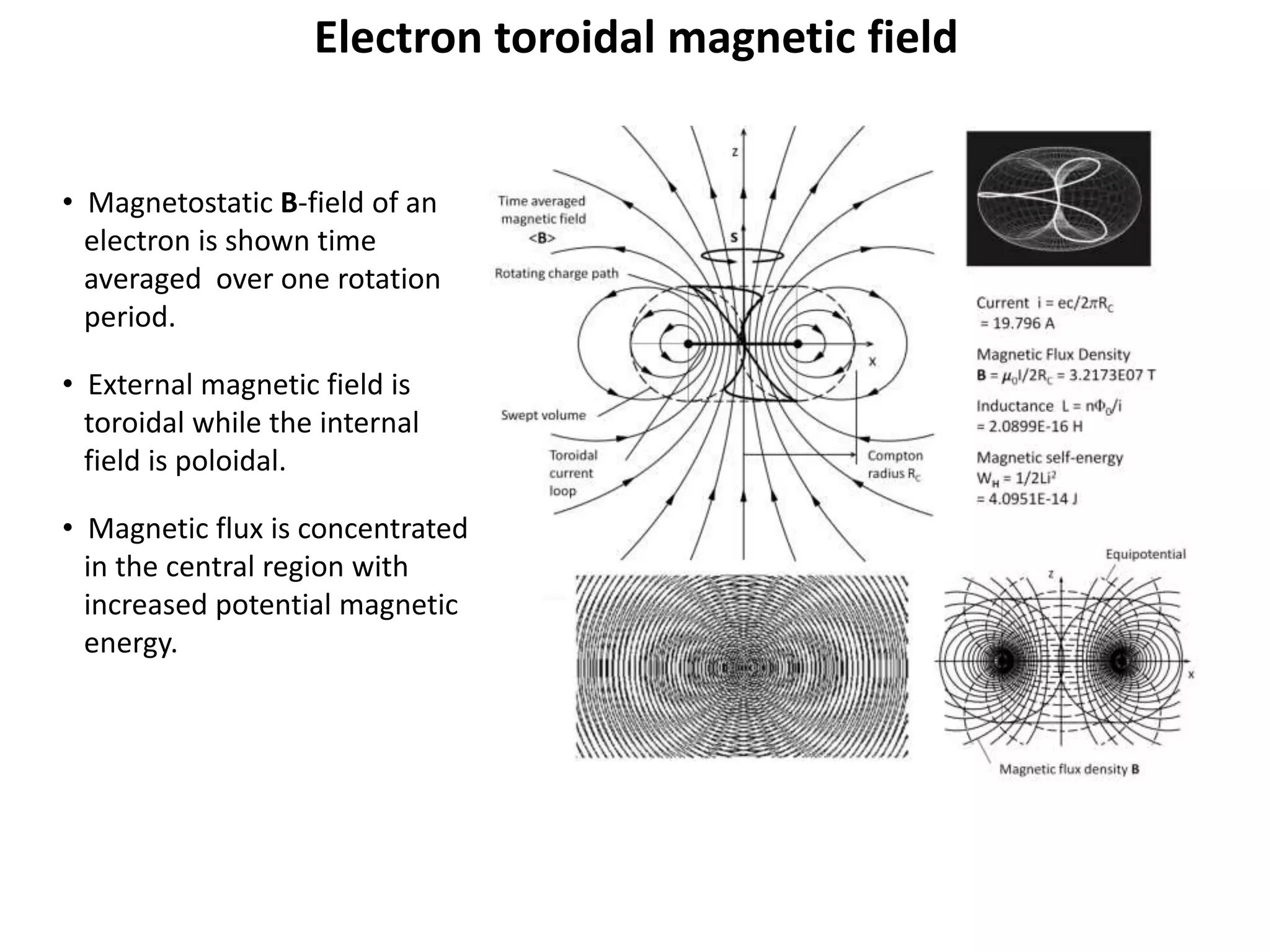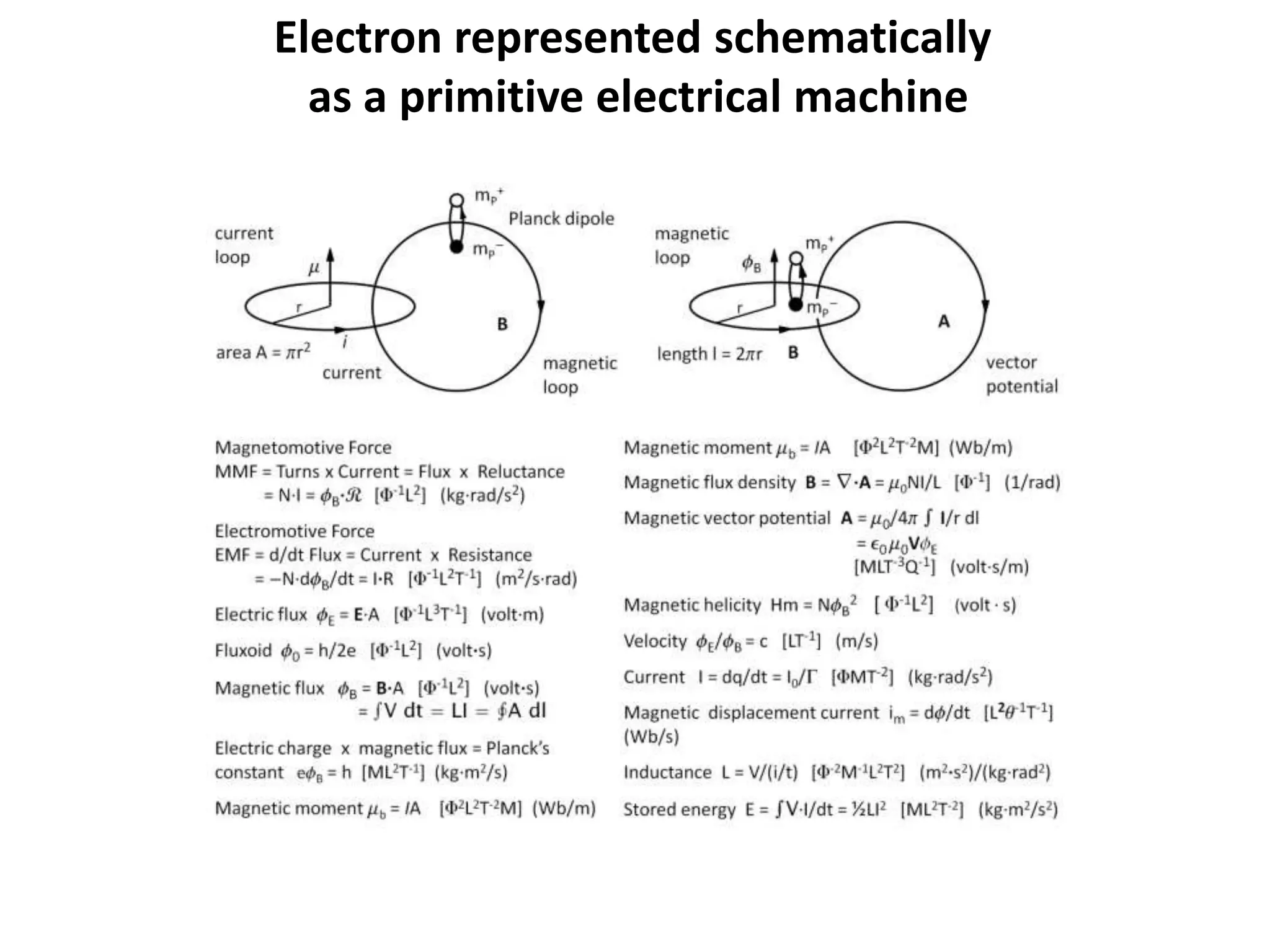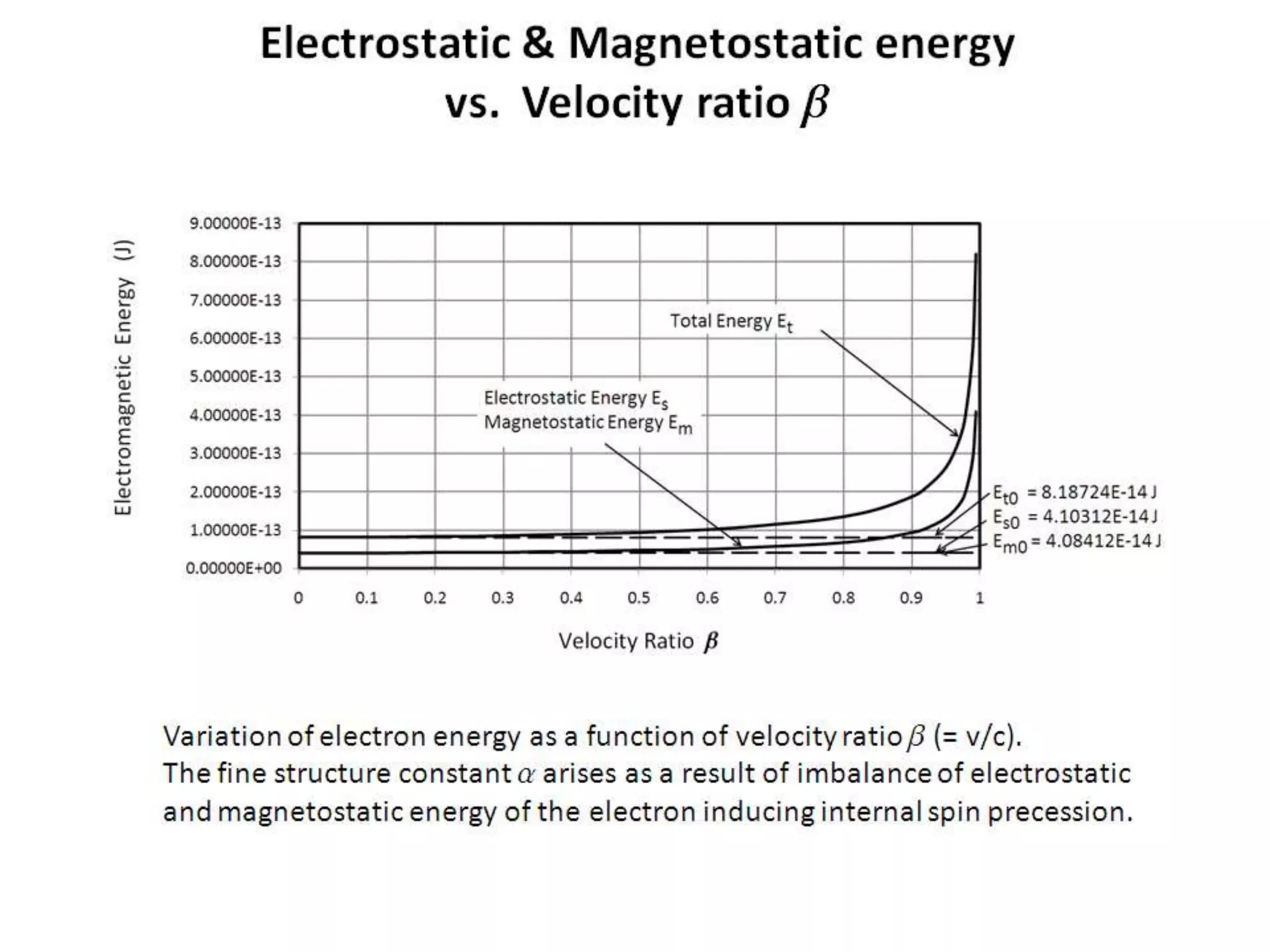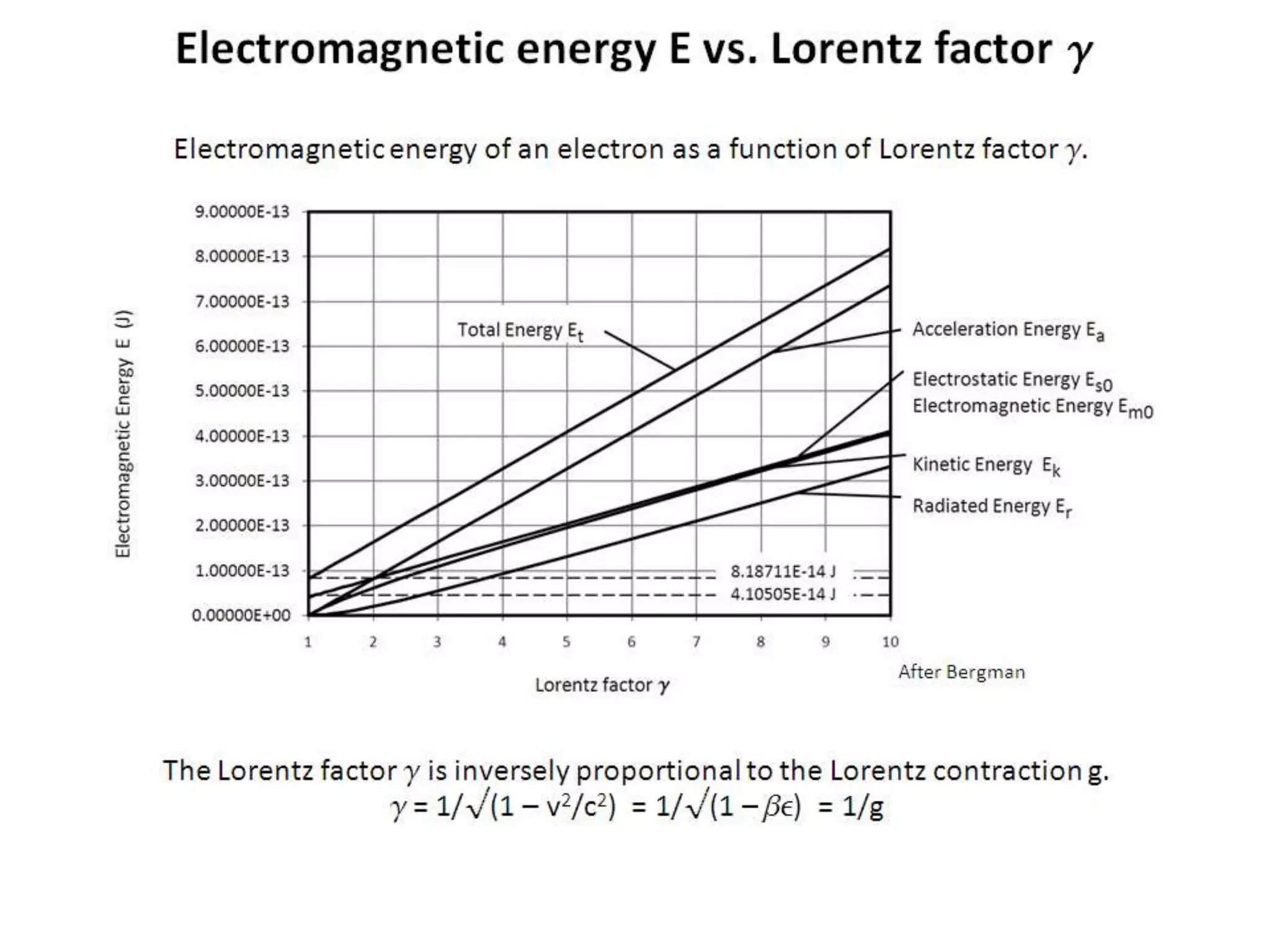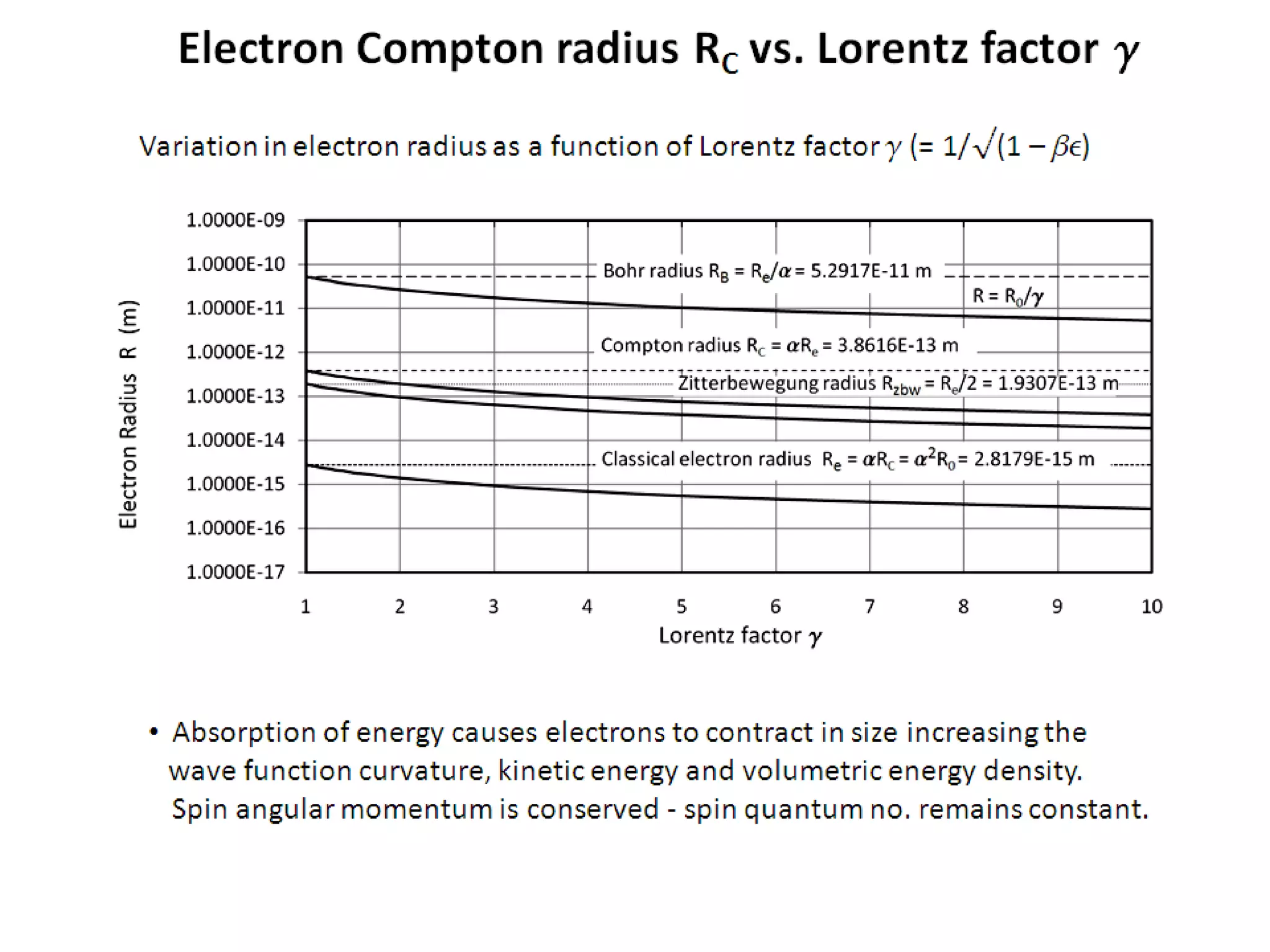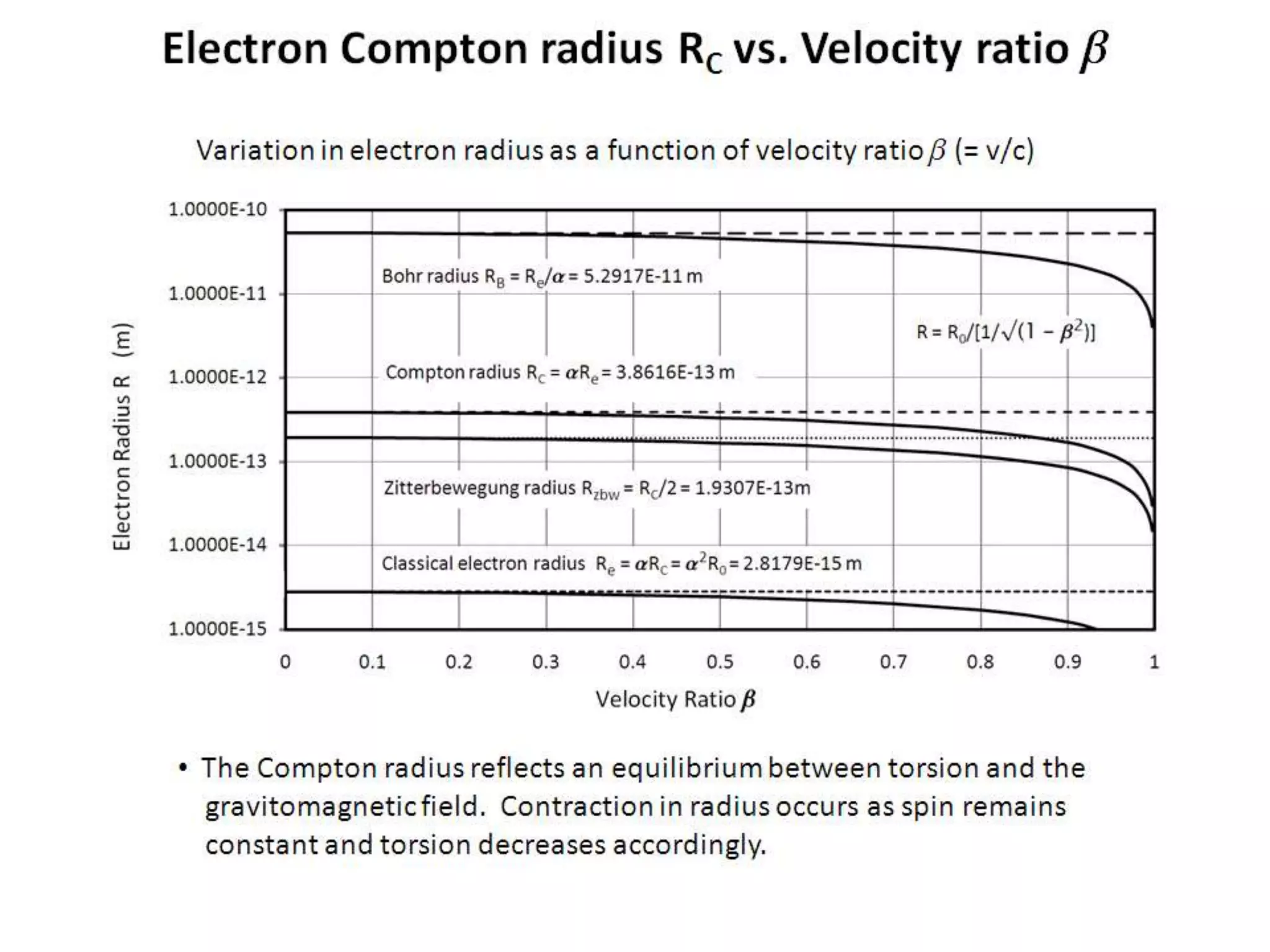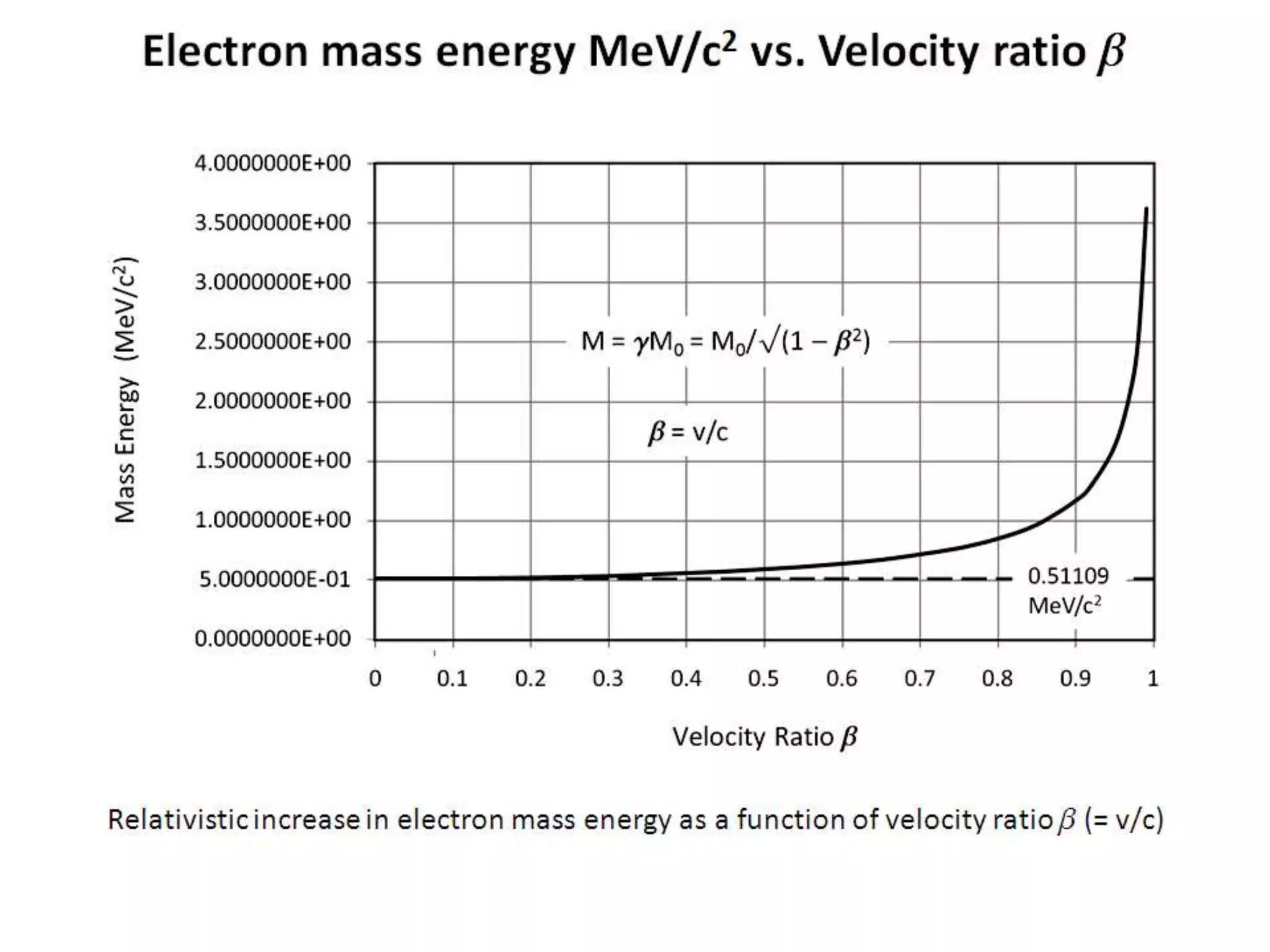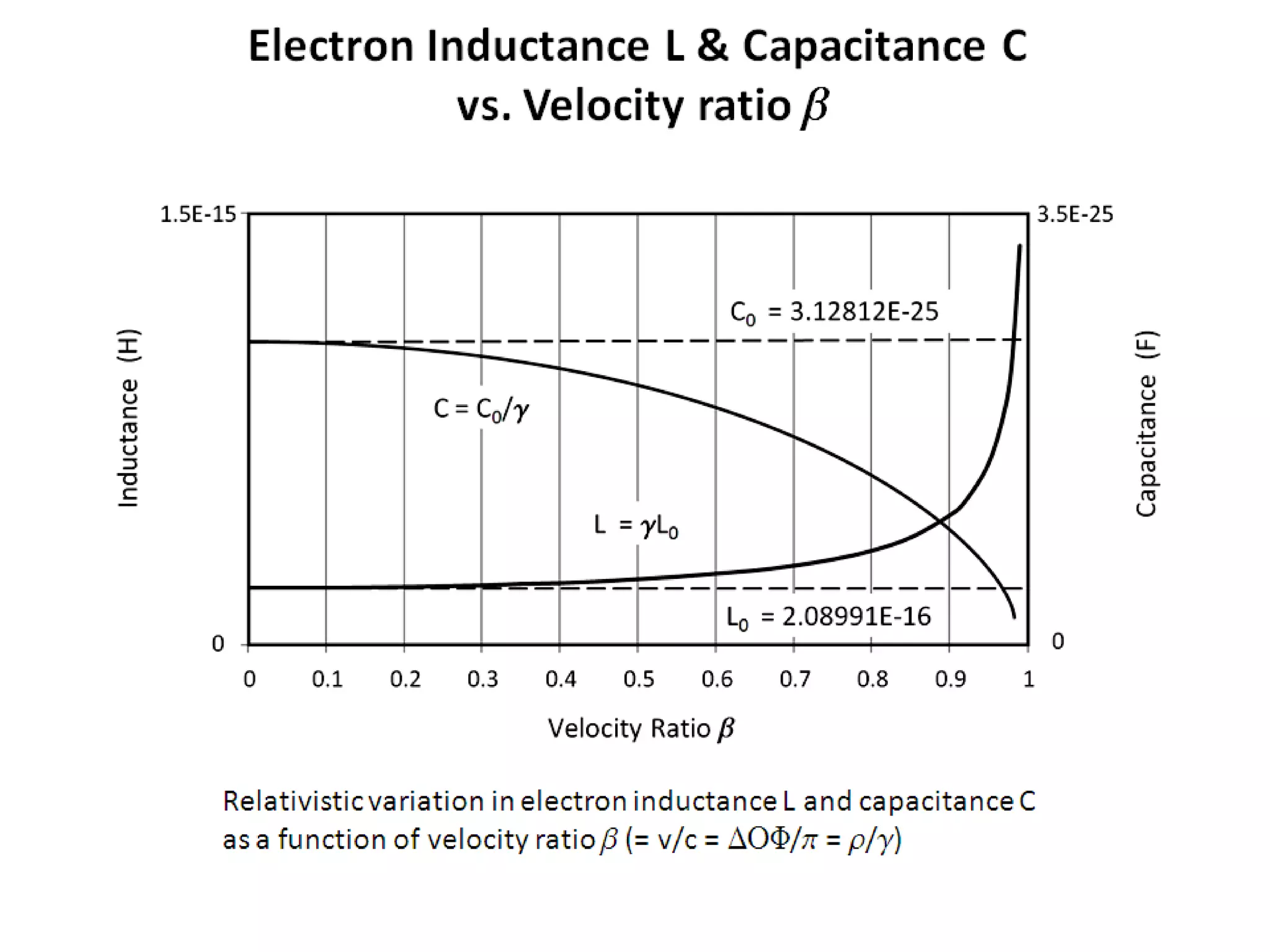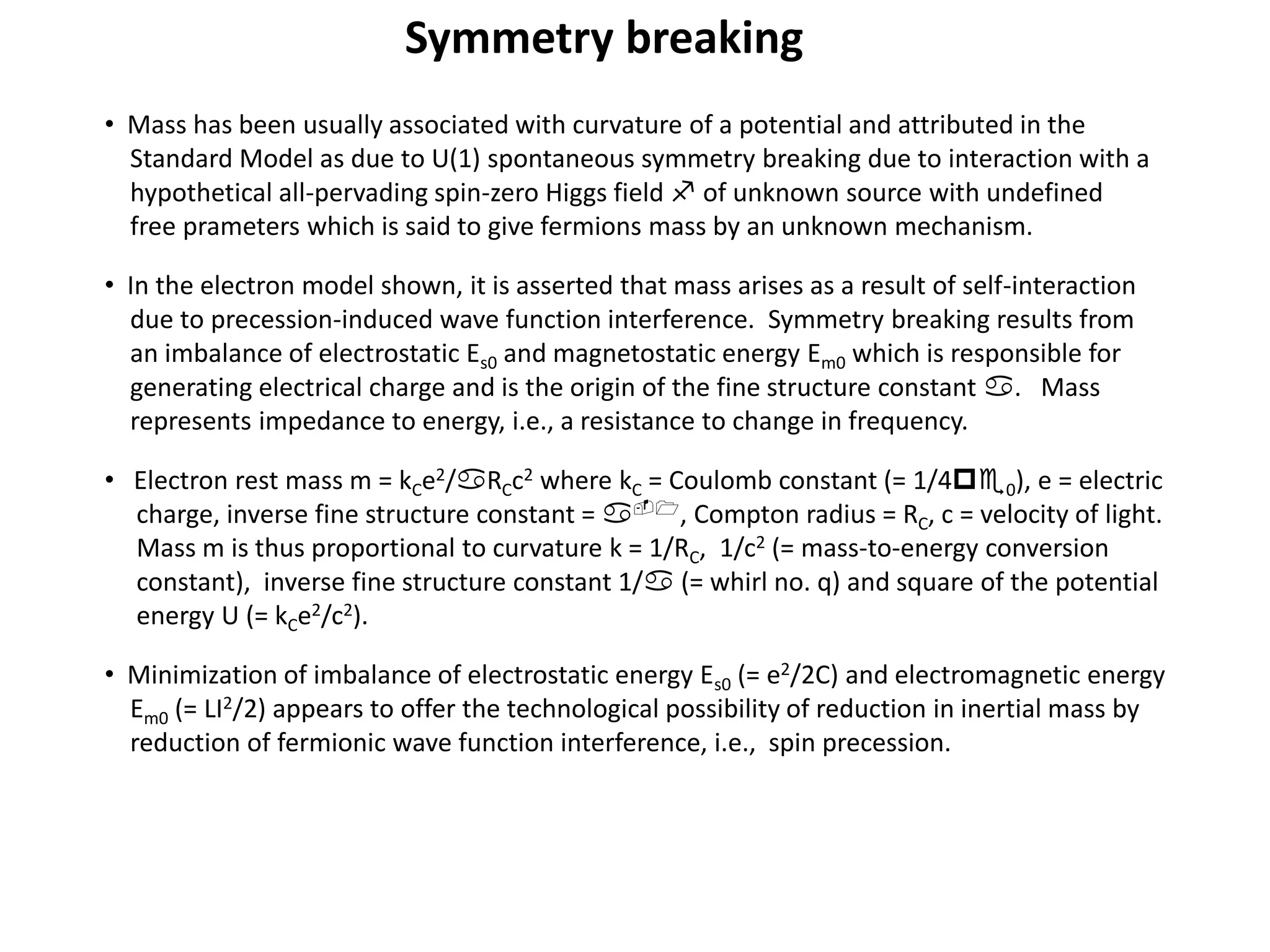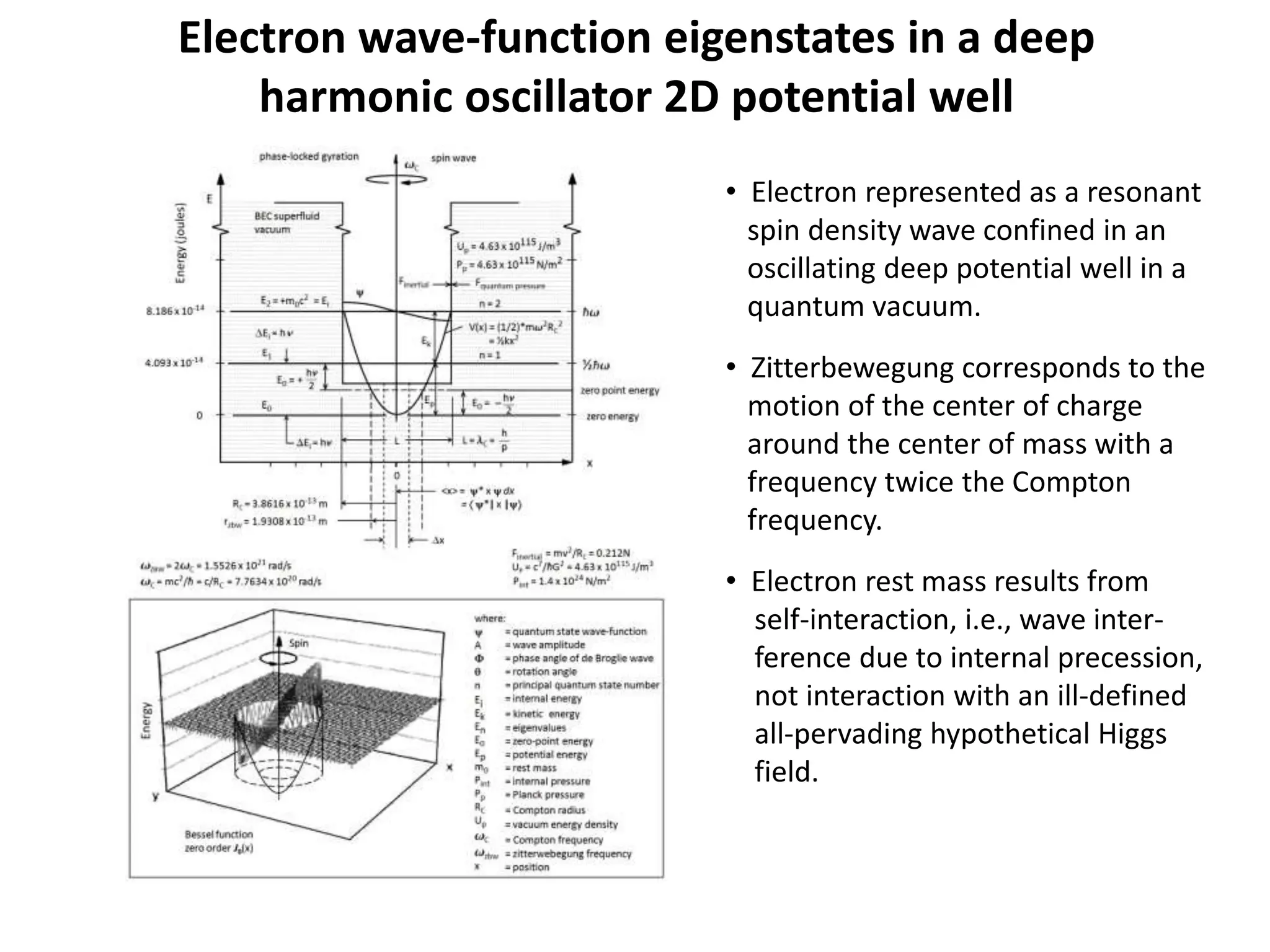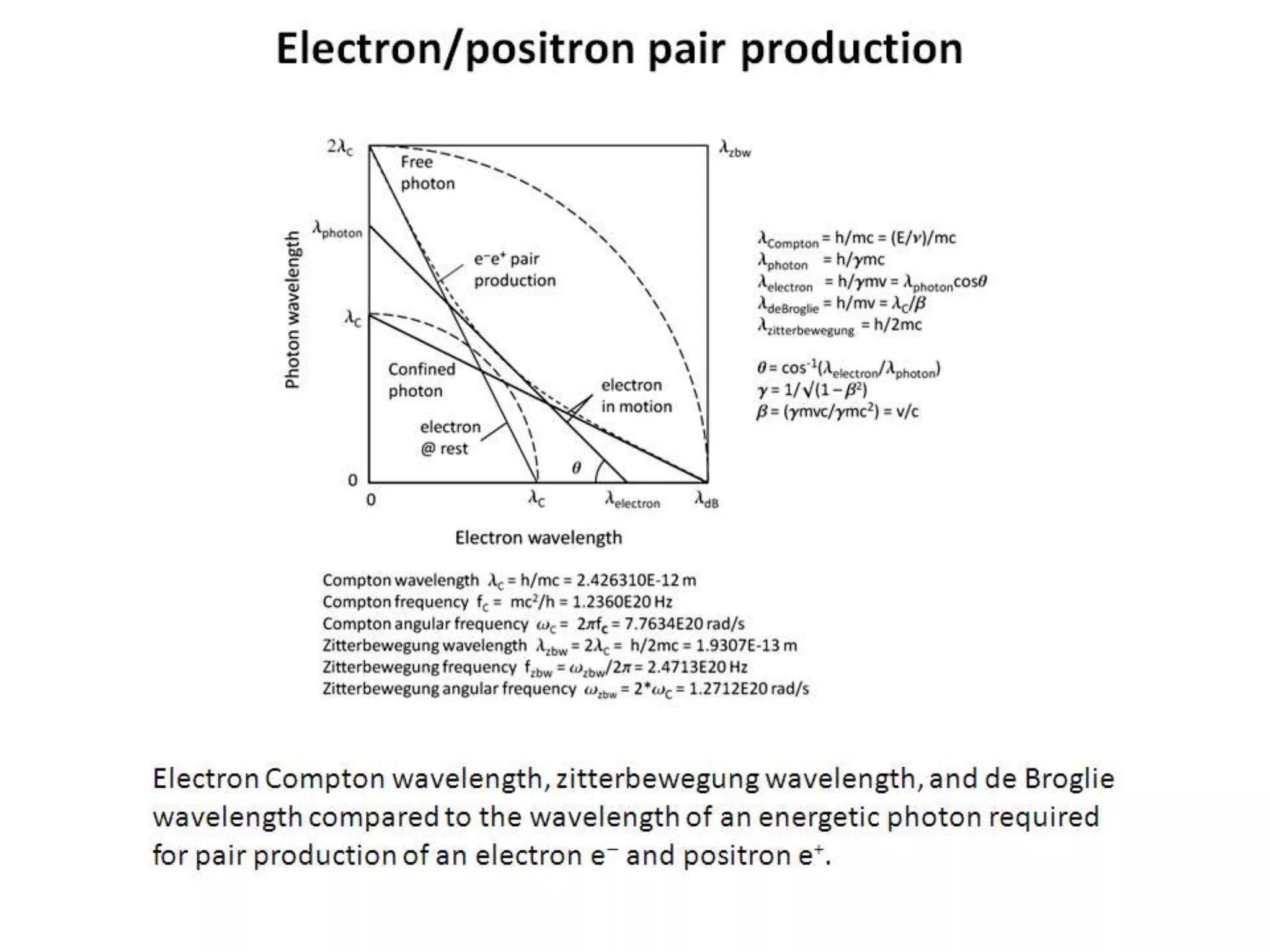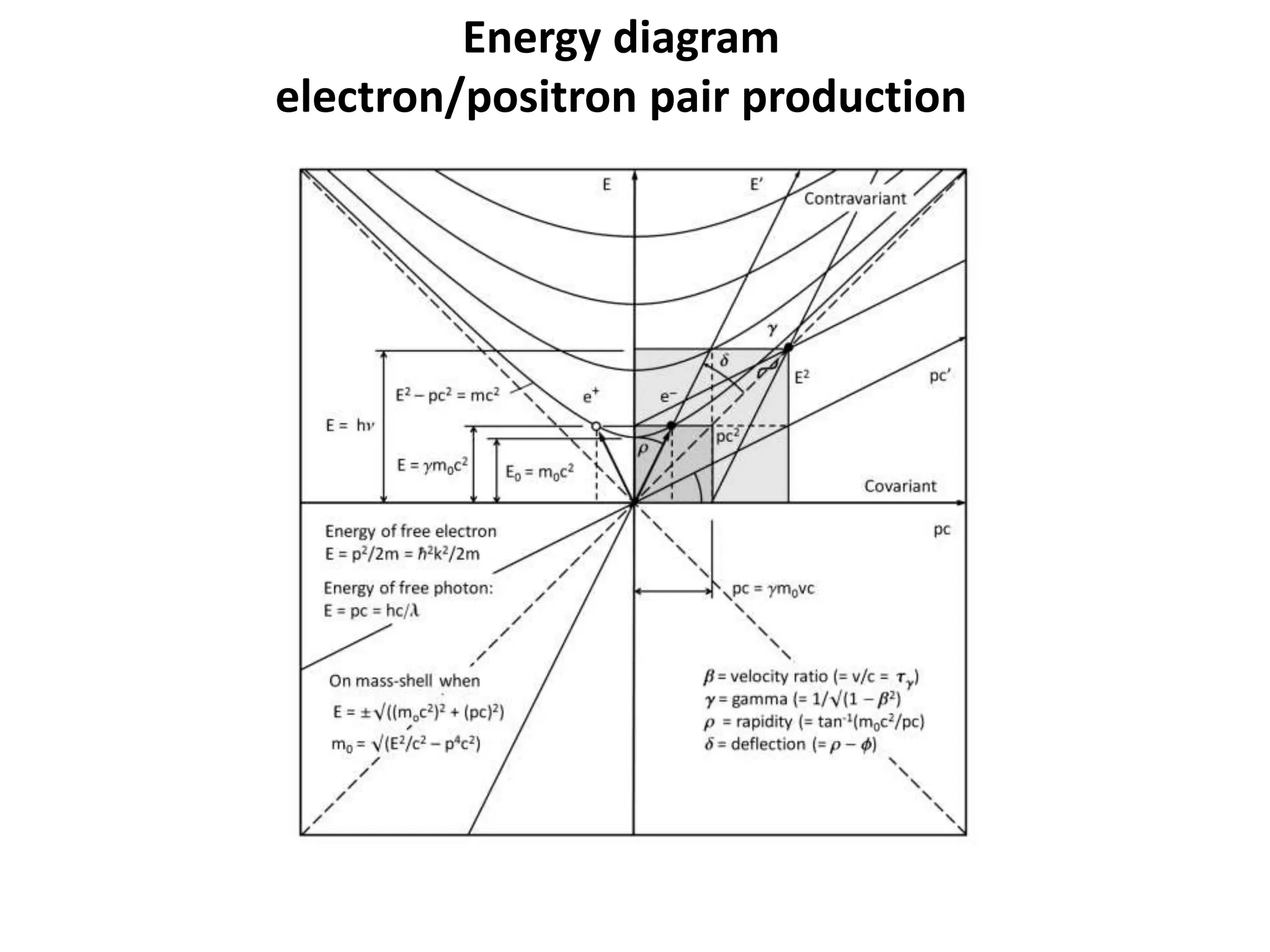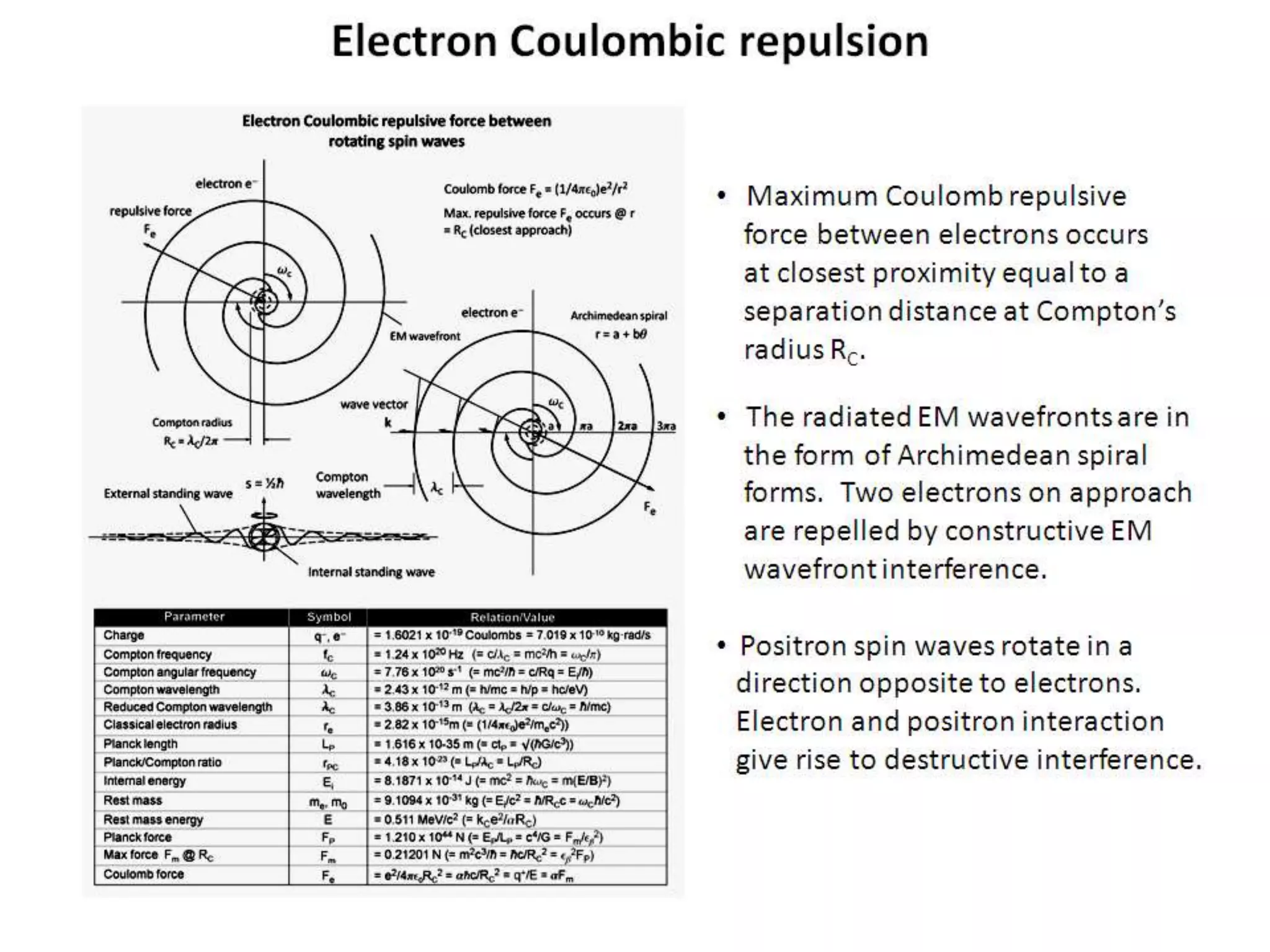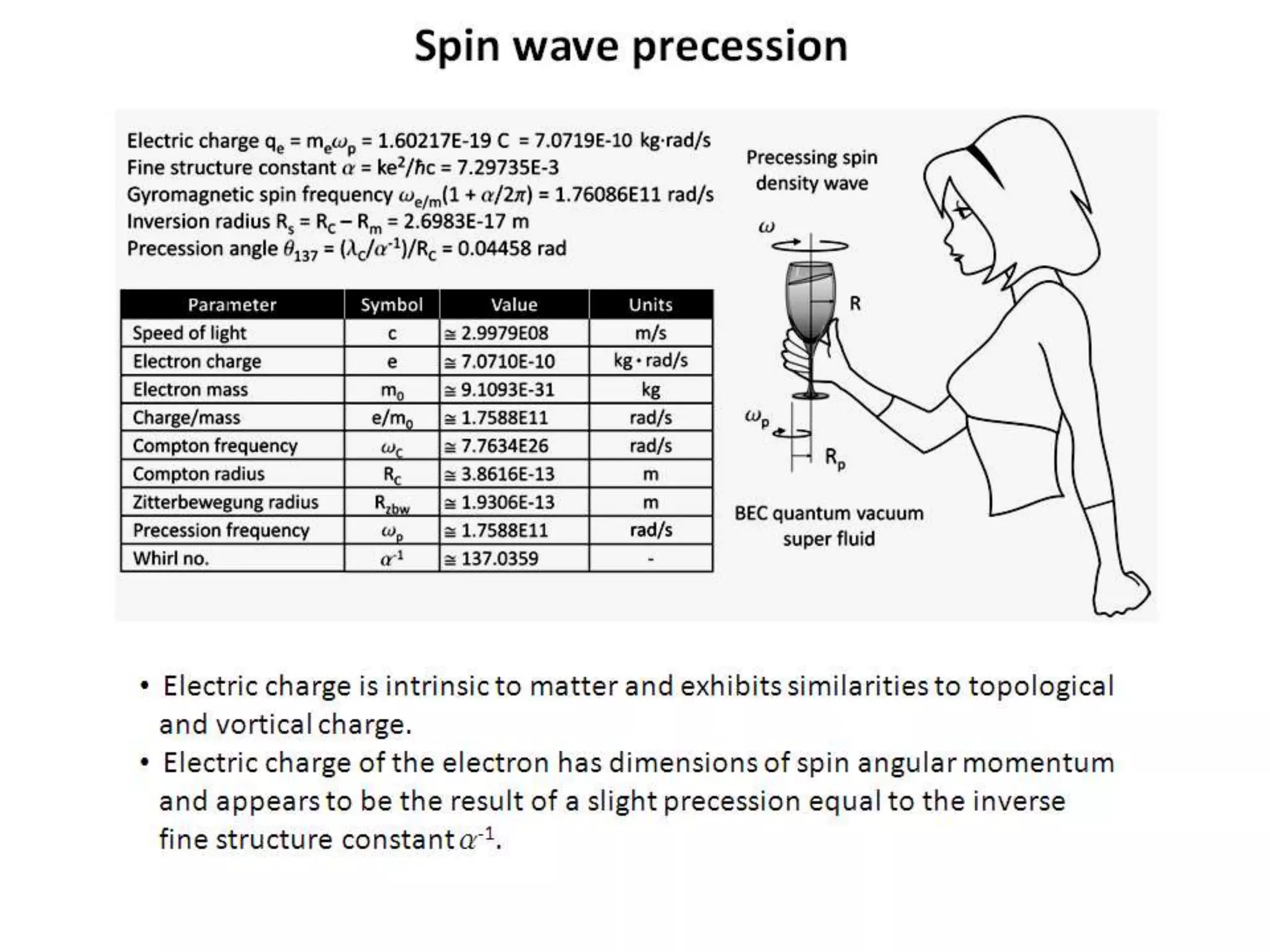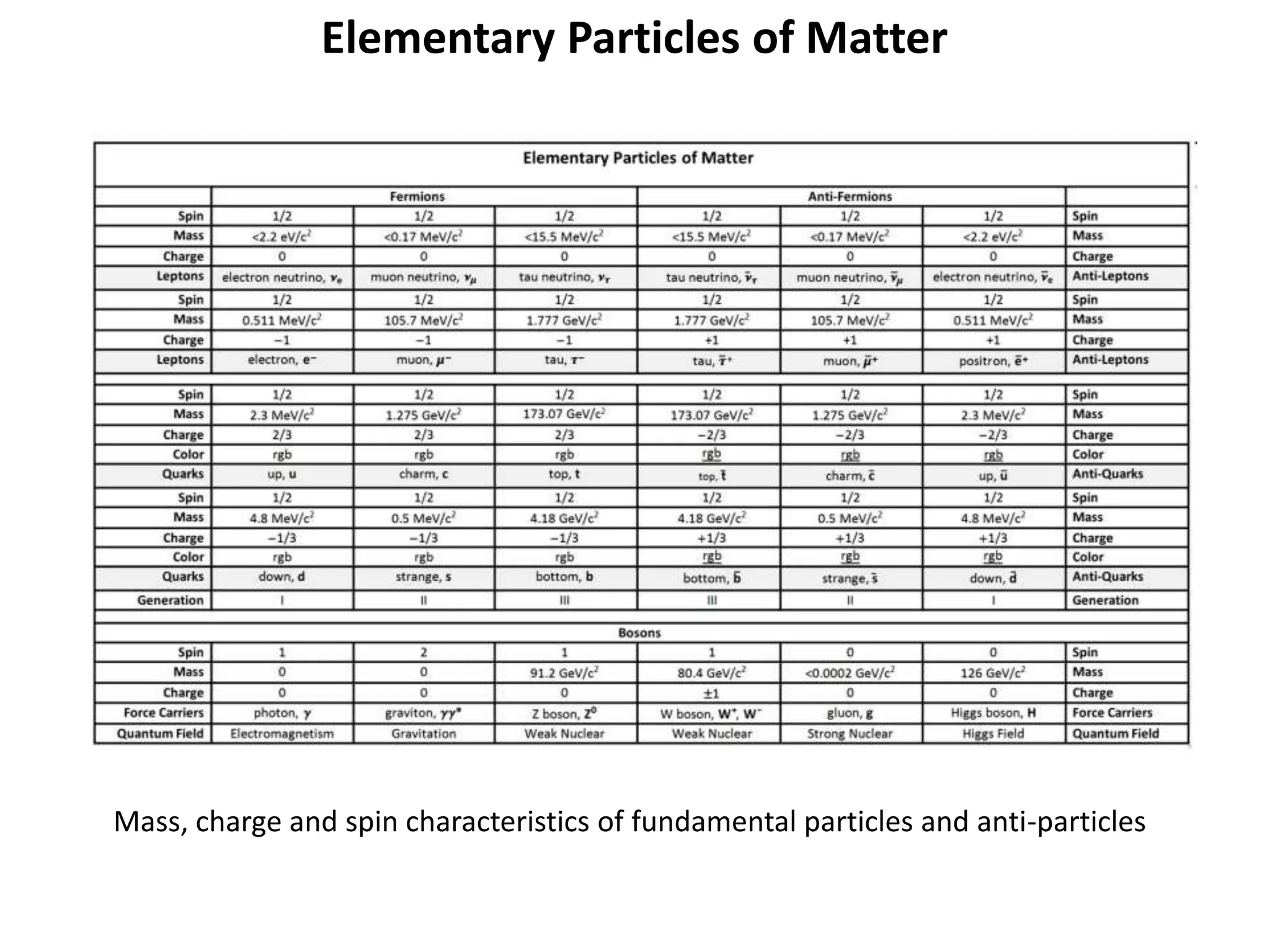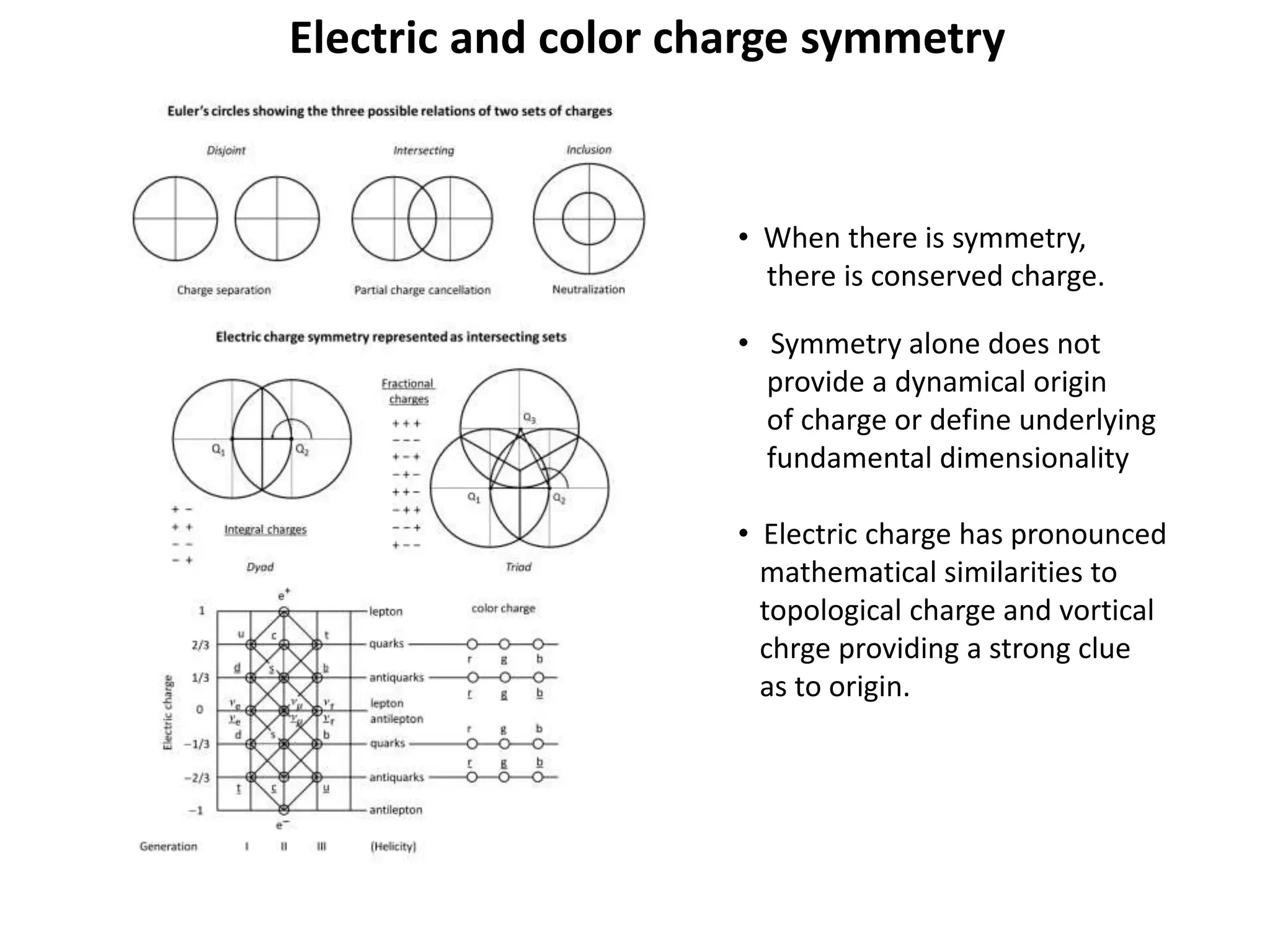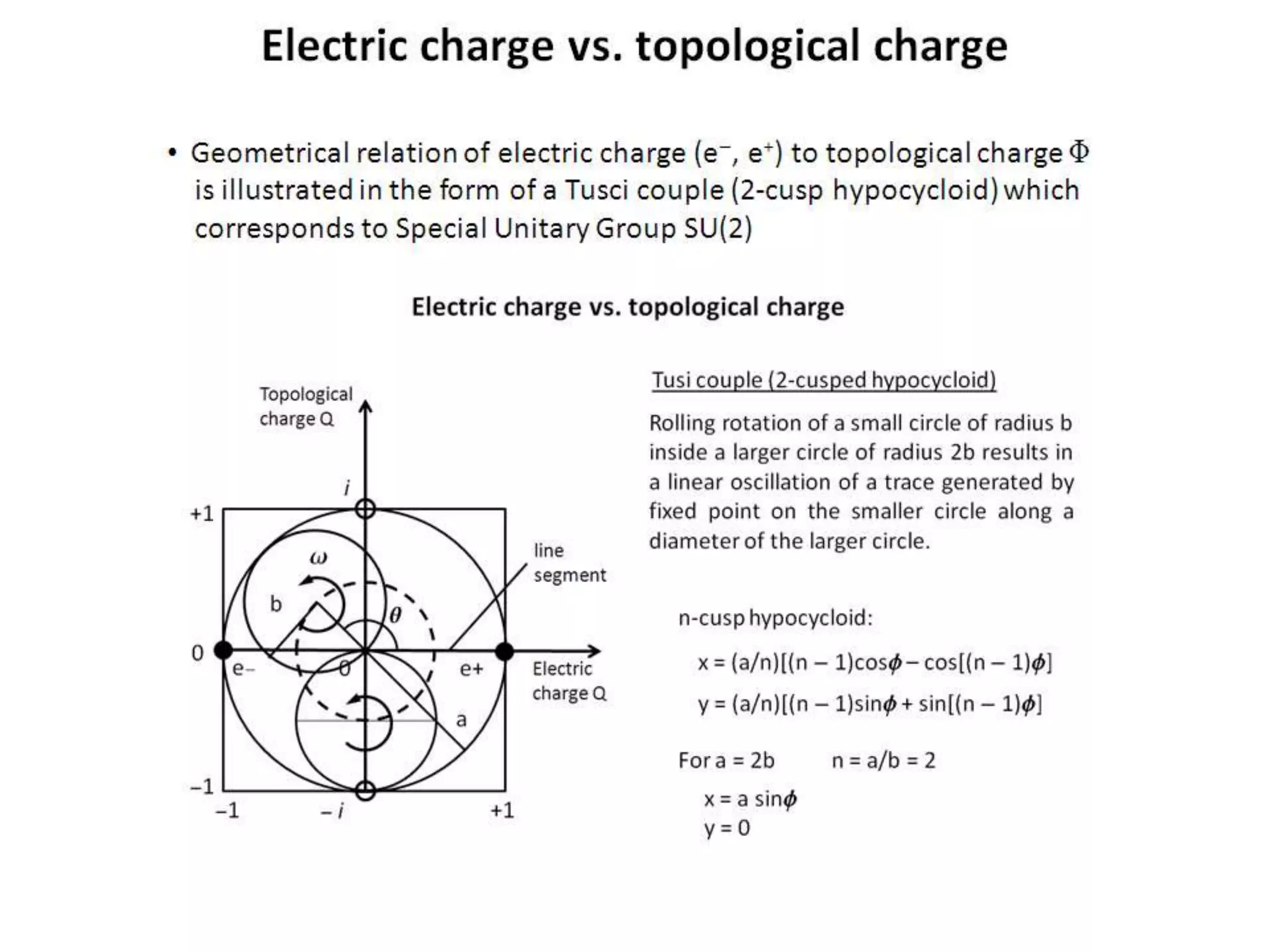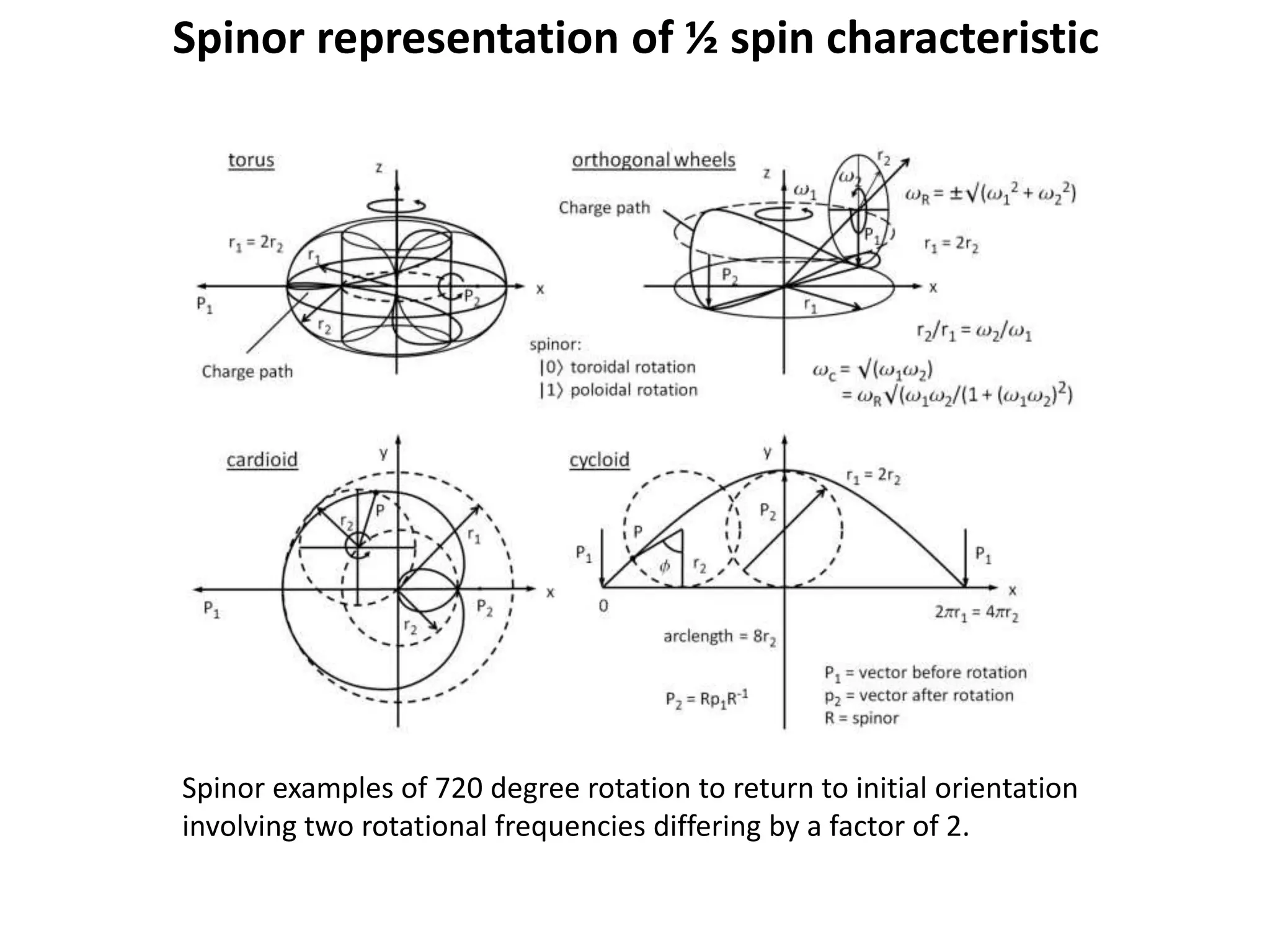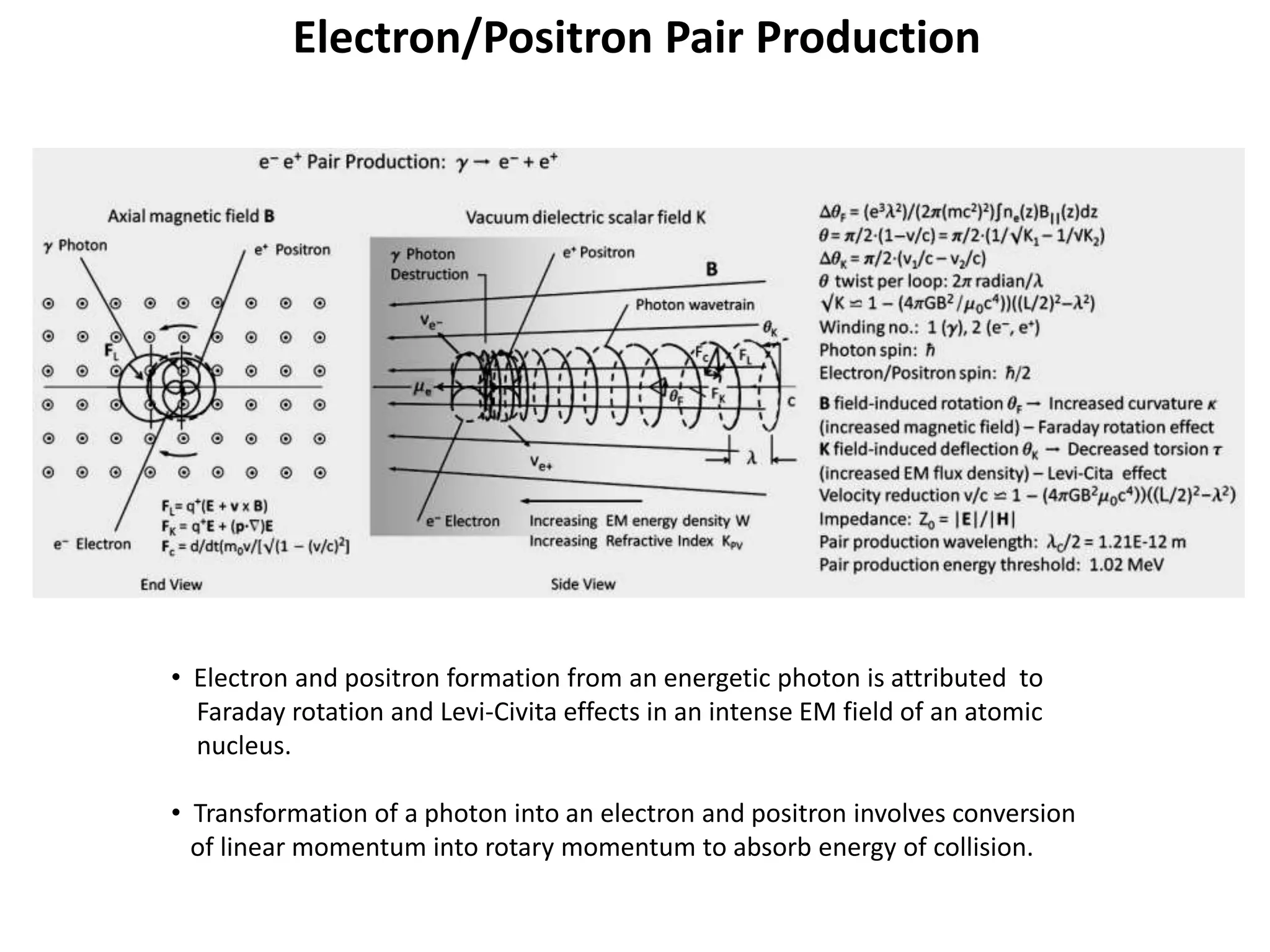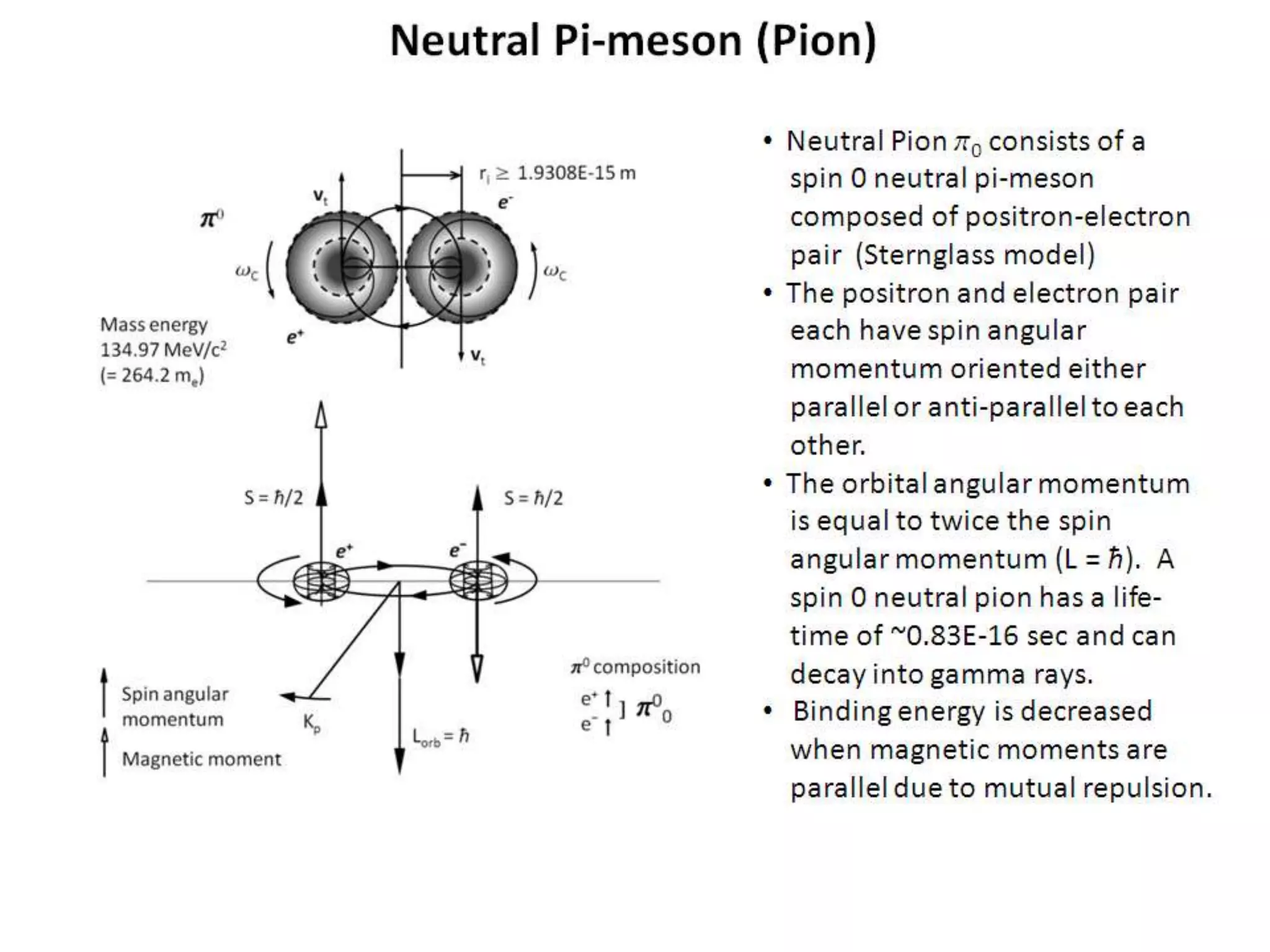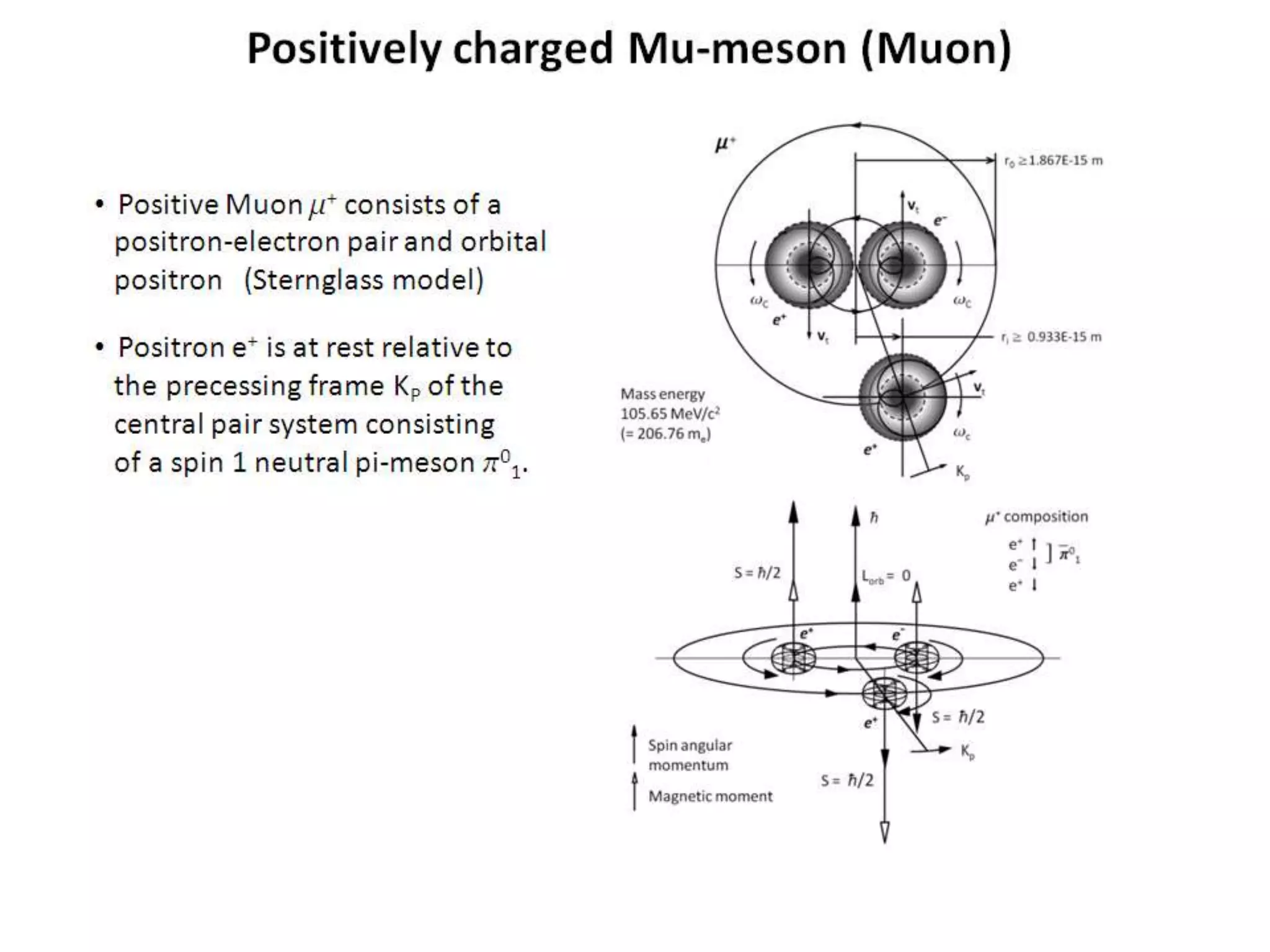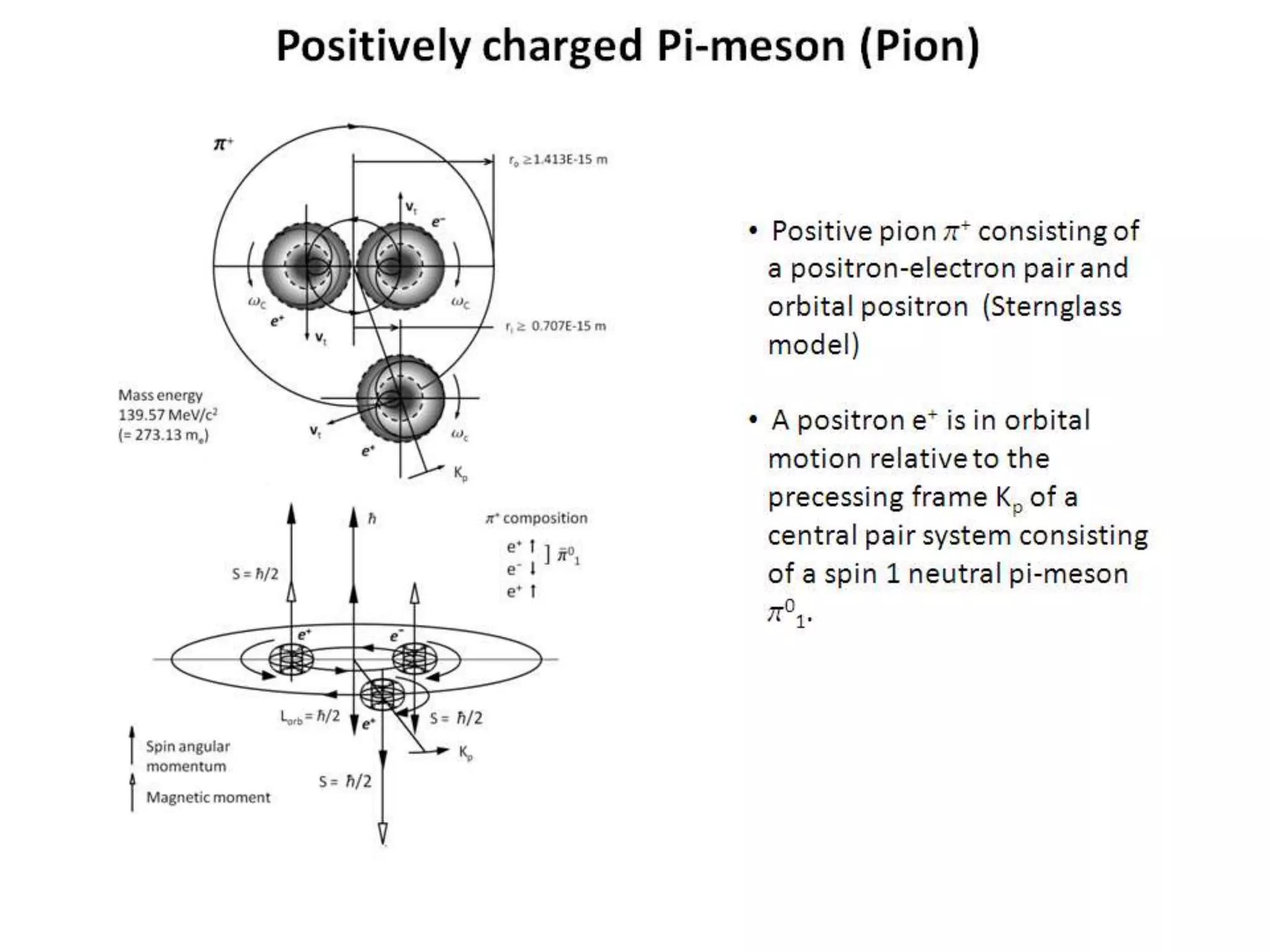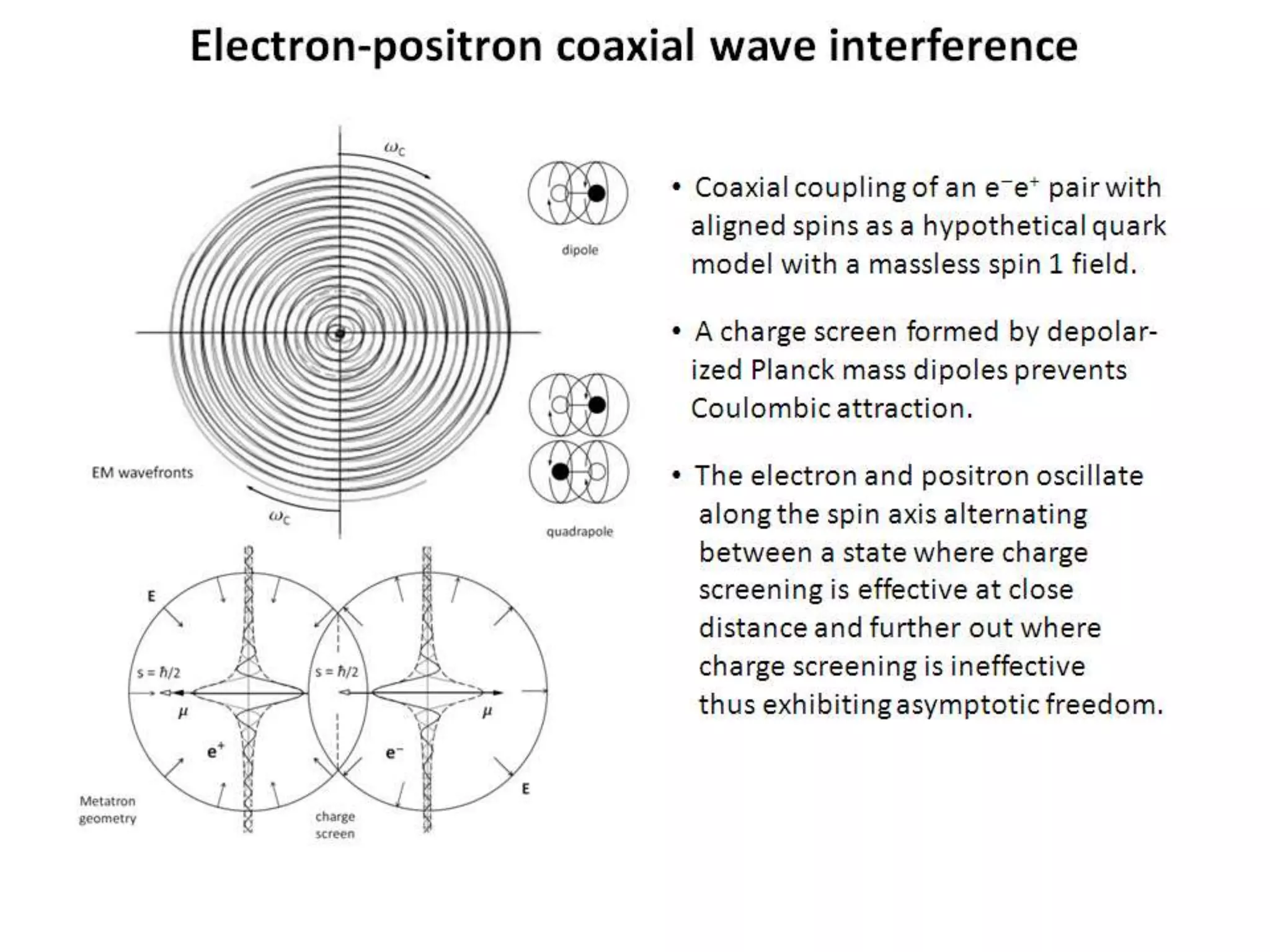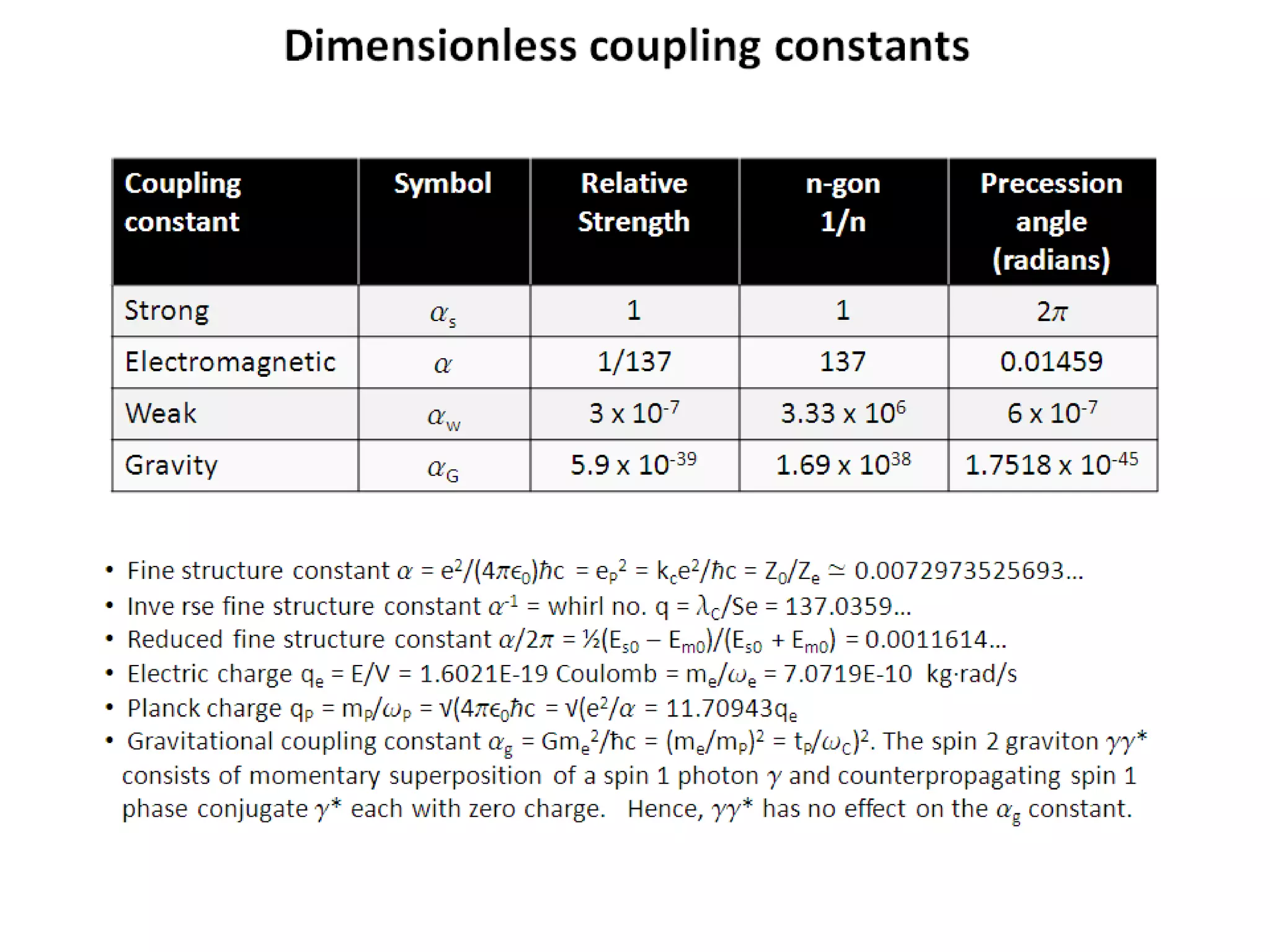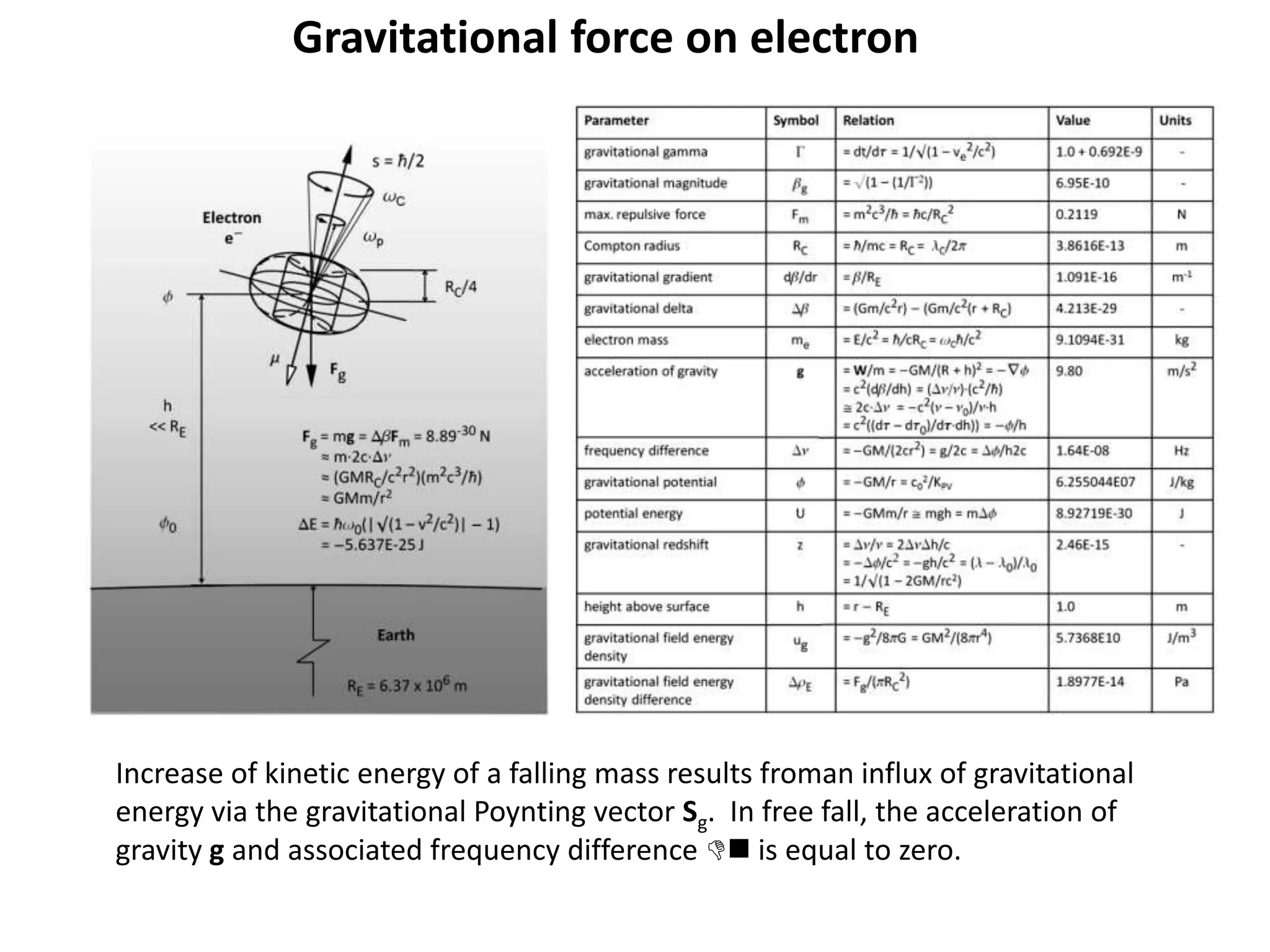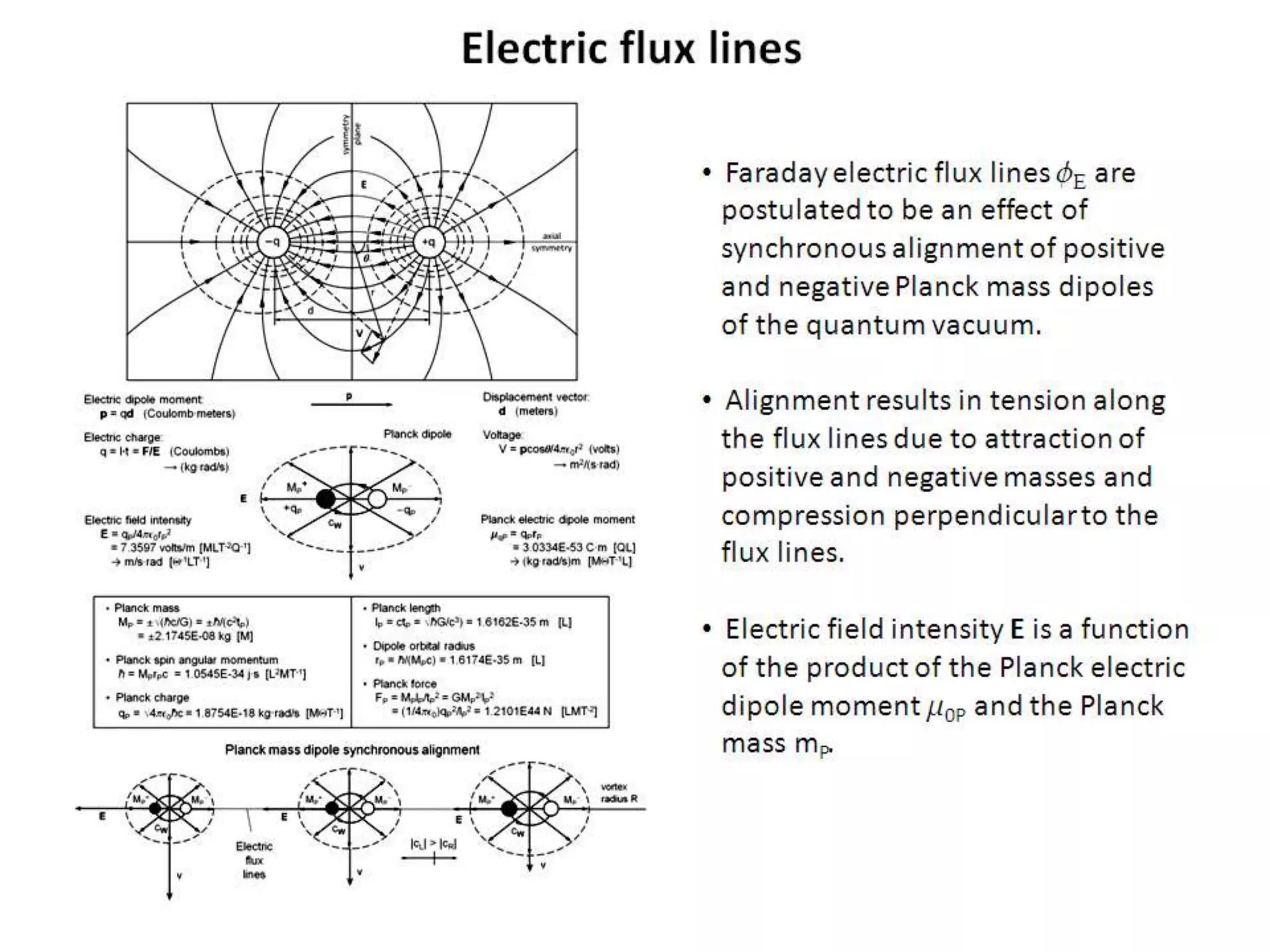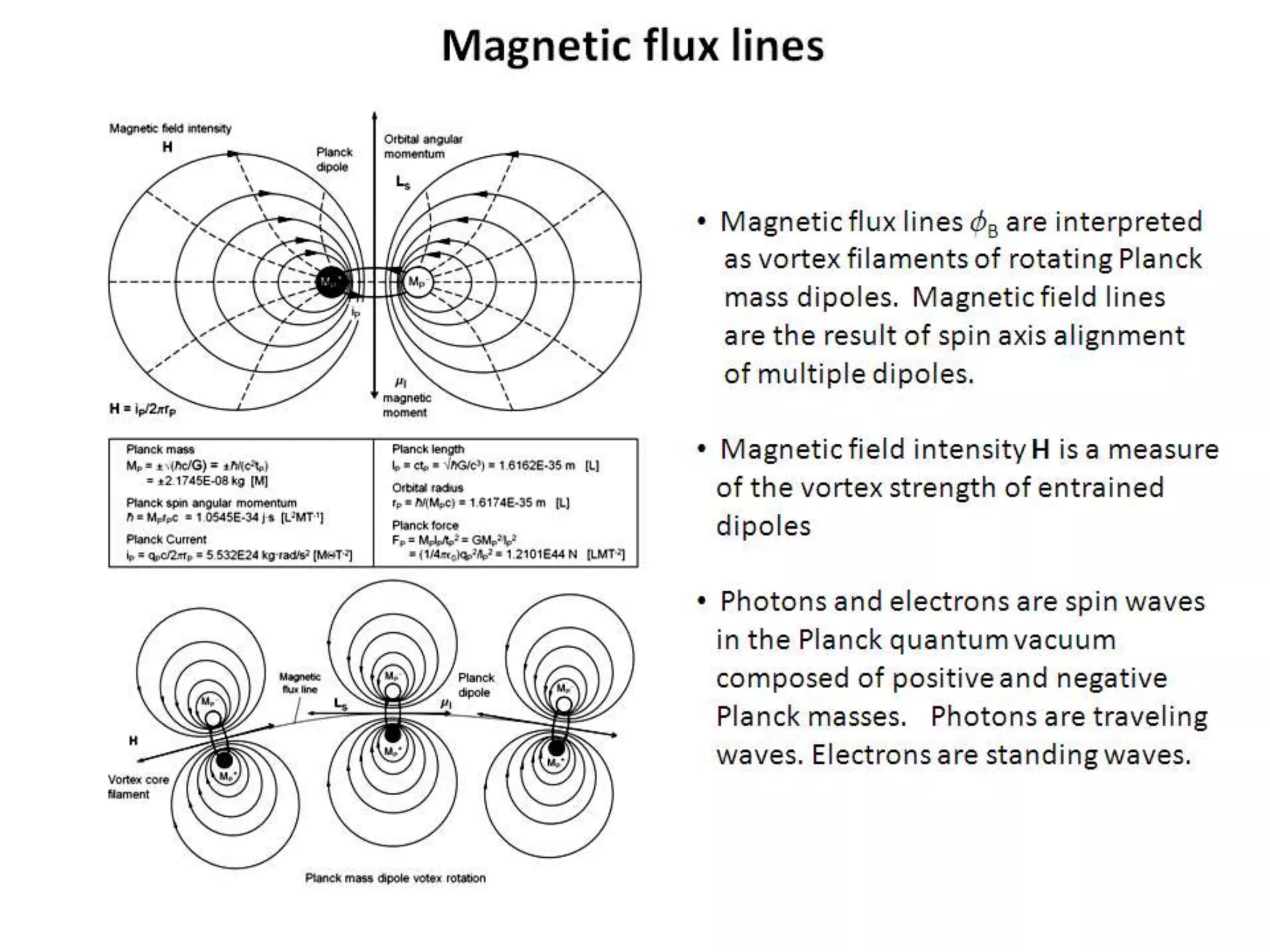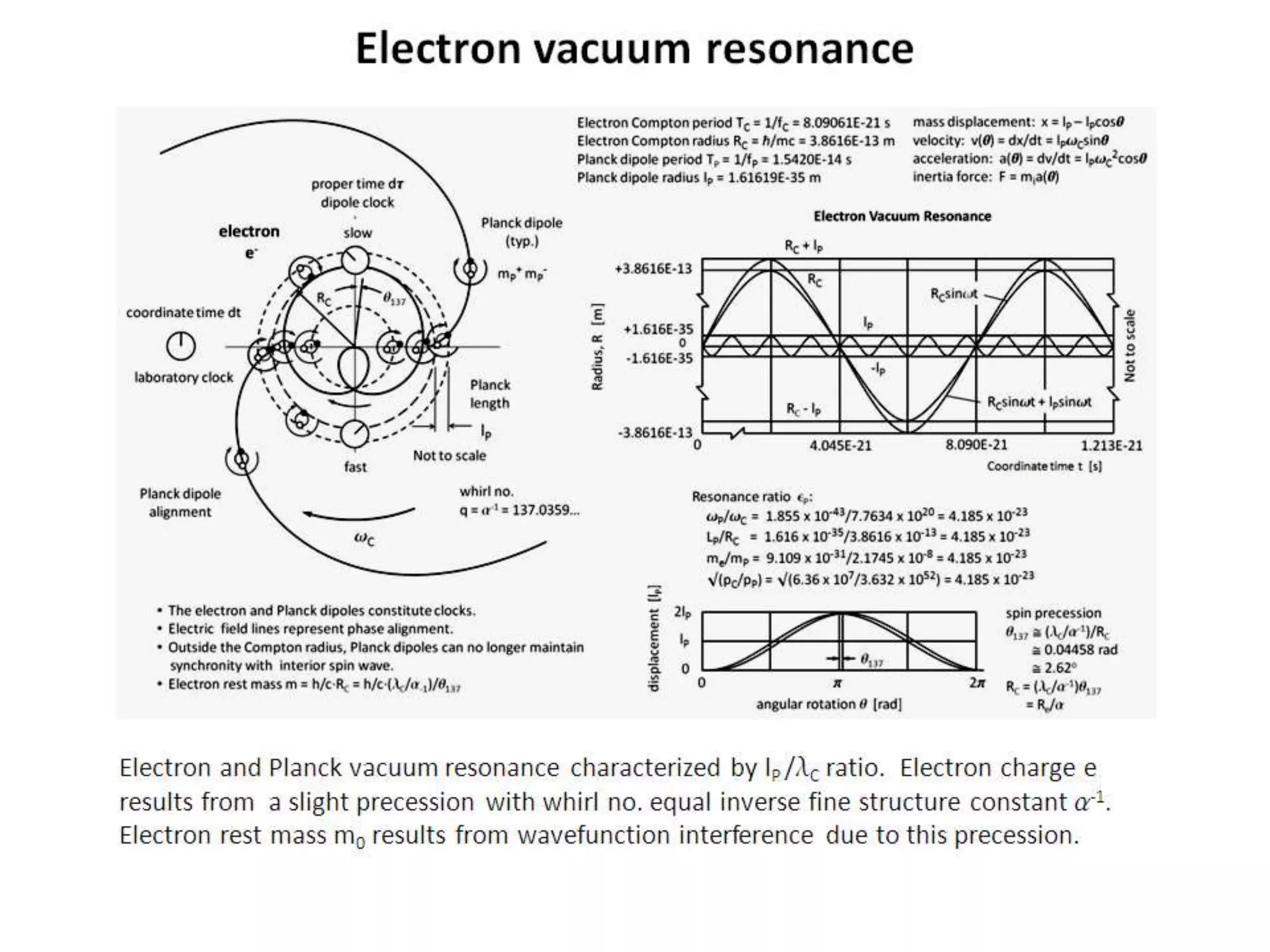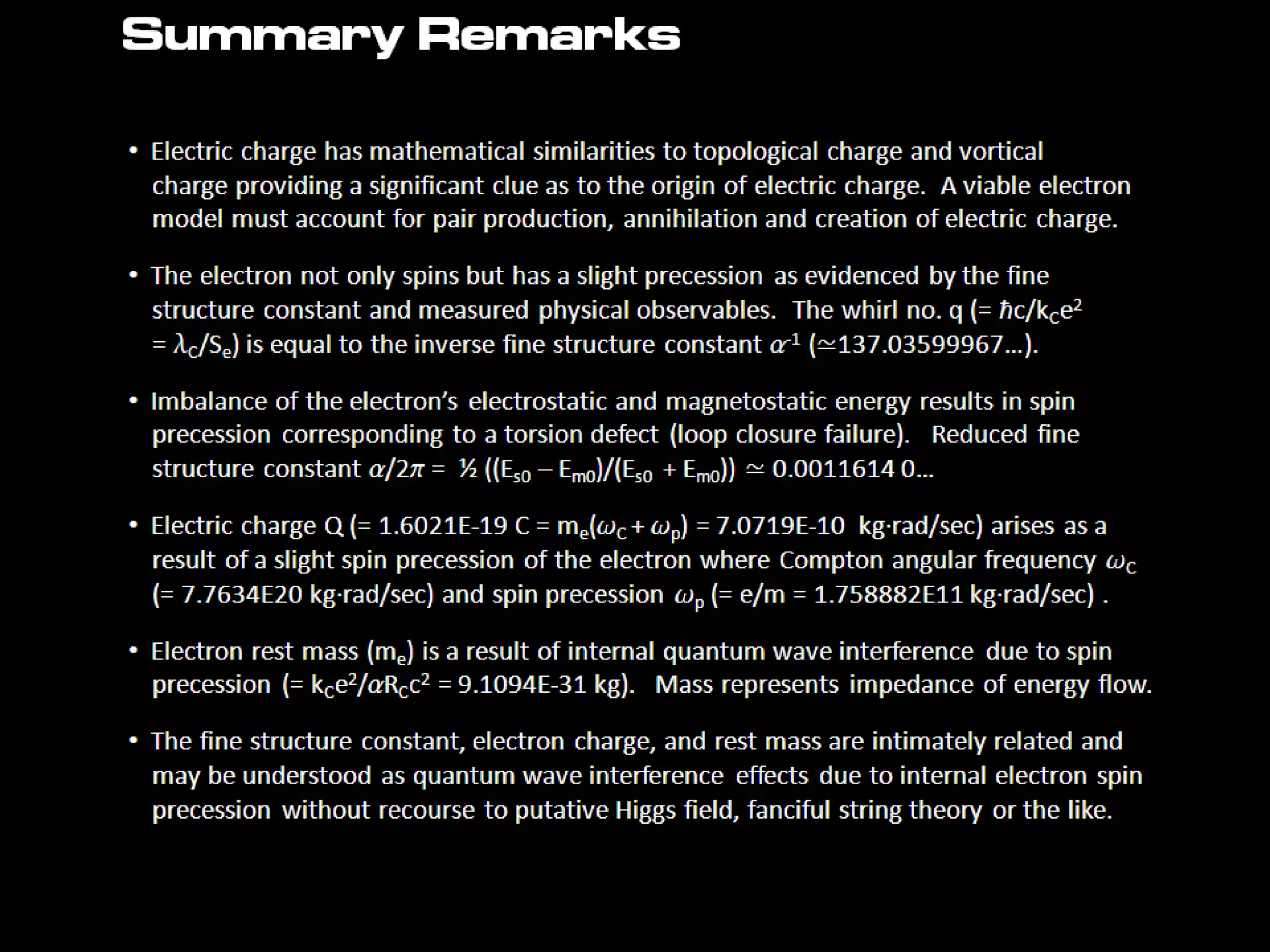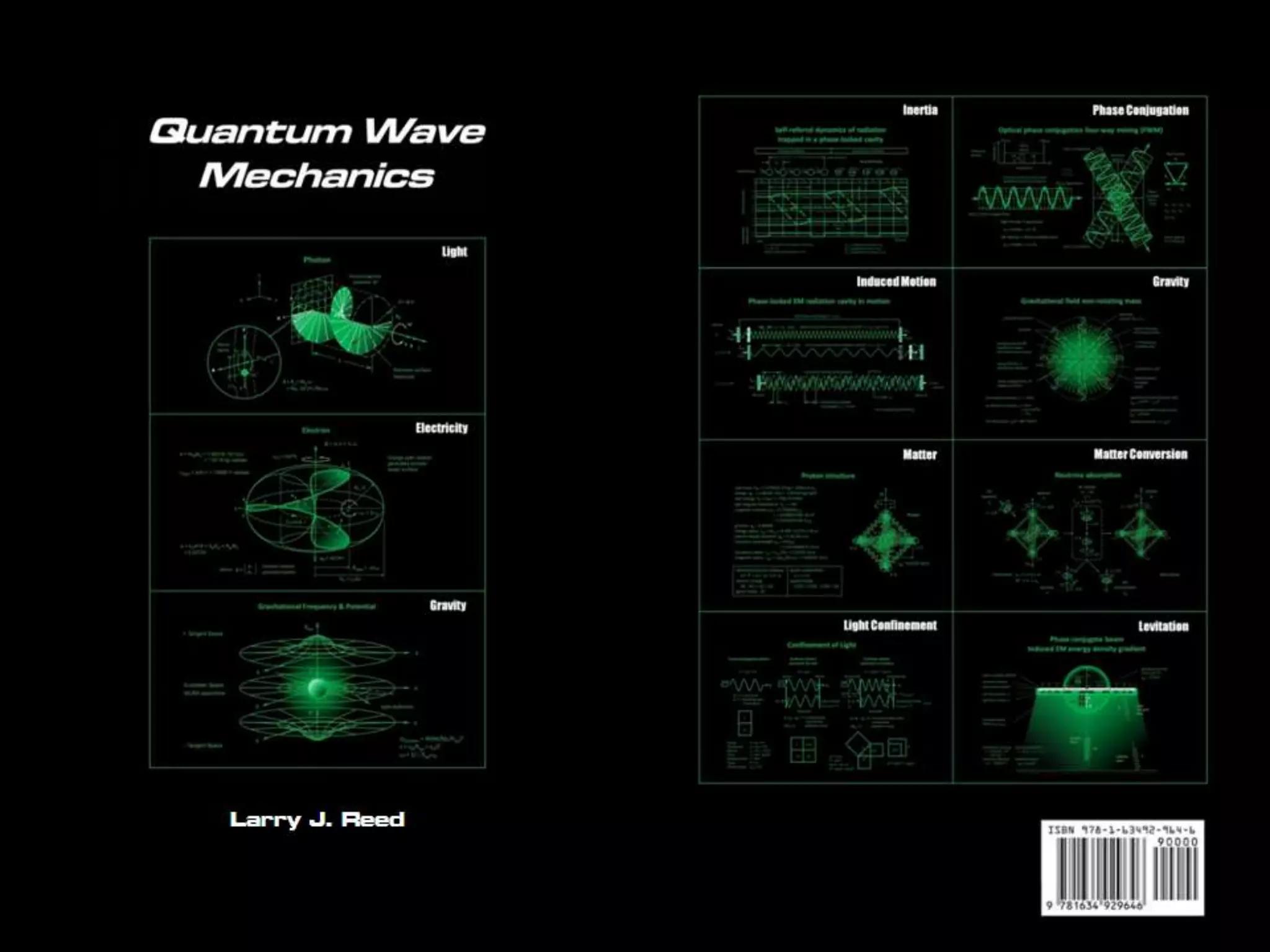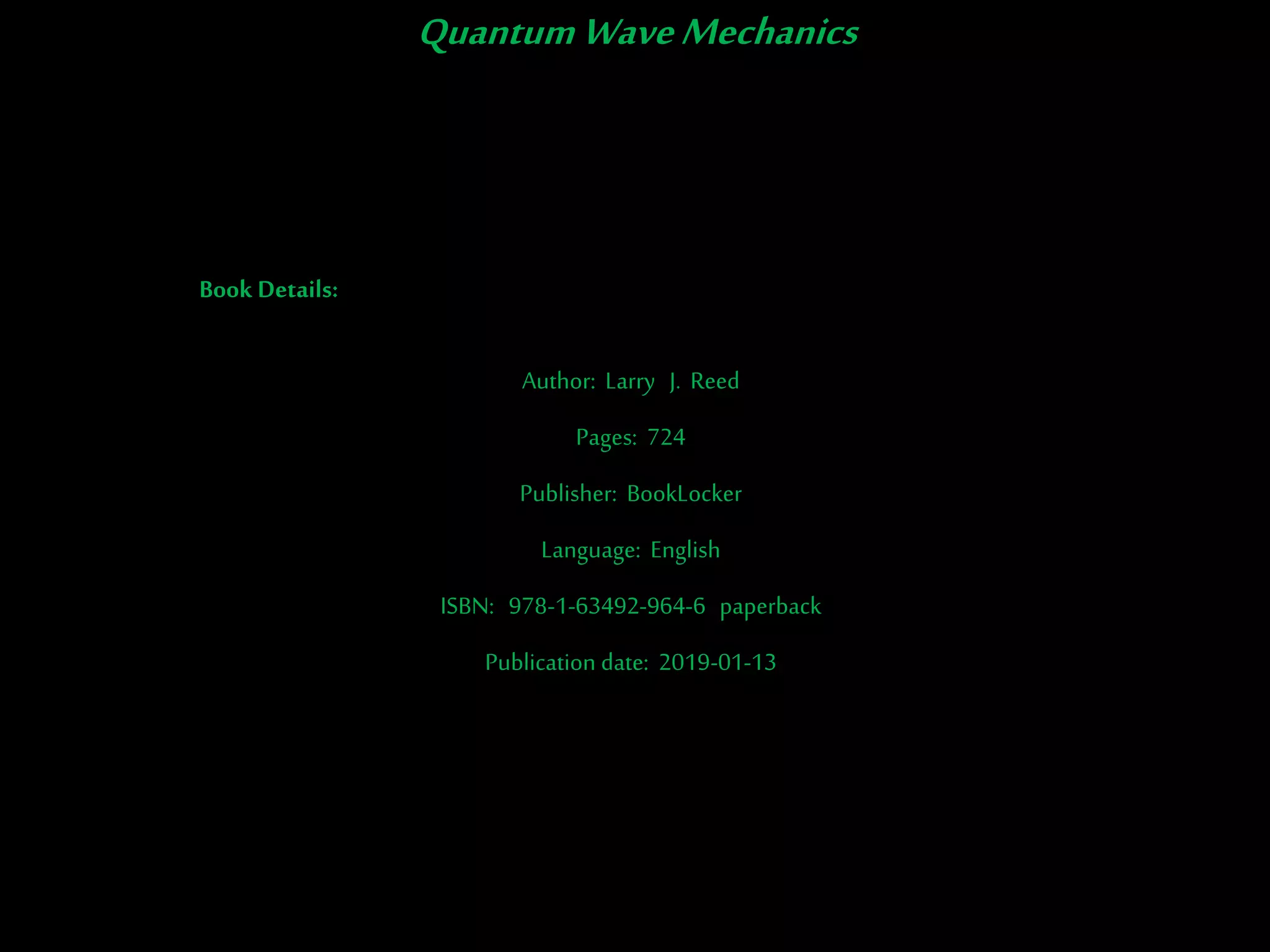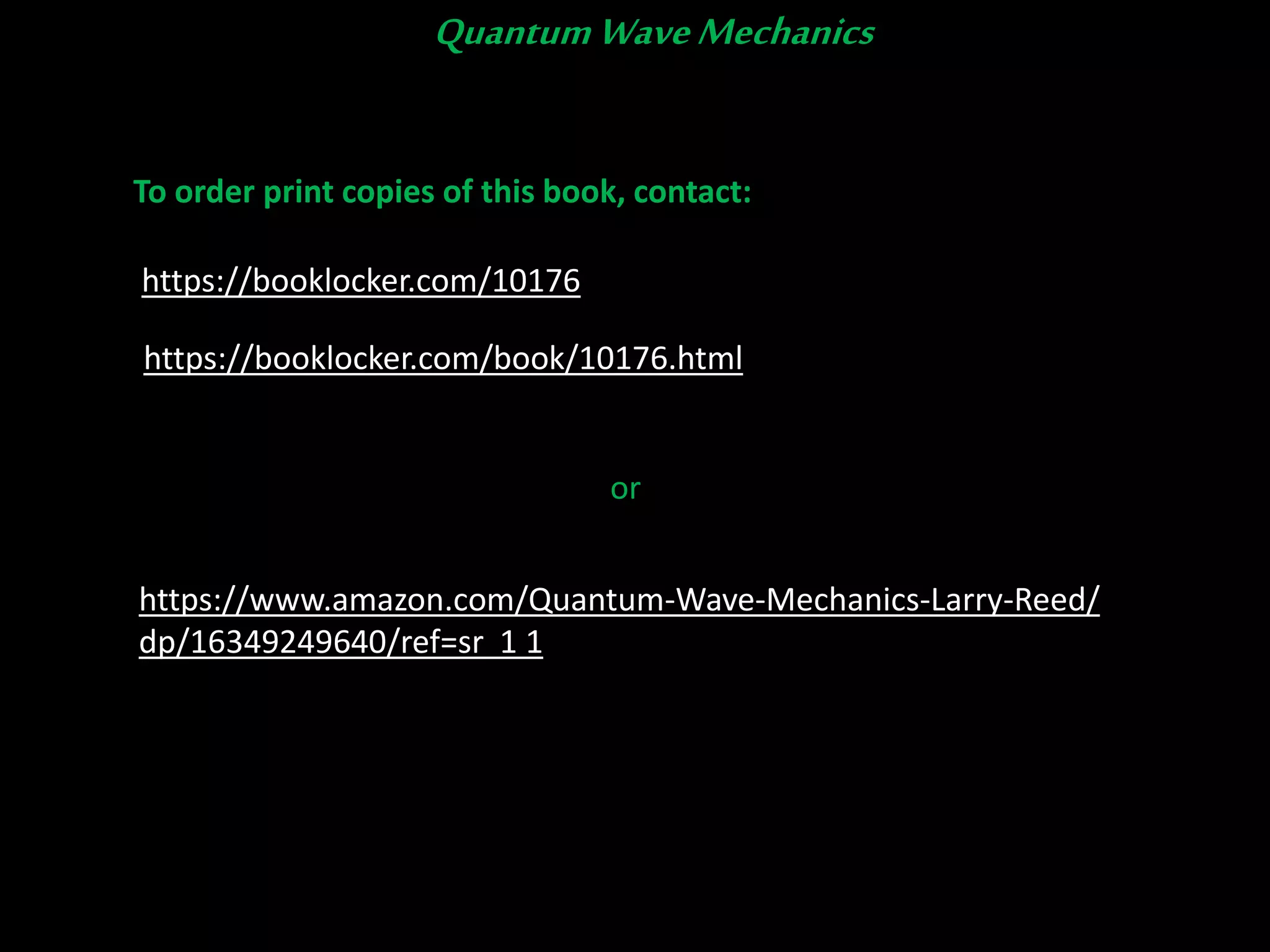The fine structure constant, approximately 1/137, is a fundamental dimensionless quantity that characterizes the strength of electromagnetic interactions and has perplexed scientists for decades regarding its fixed value and origin. This document explores various interpretations, derivations, and the intricate relationship between electric charge, rest mass, and fundamental particles while highlighting significant historical quotes related to the mystery of this constant. Despite numerous theories and mathematical formulations, the underlying explanation for the fine structure constant remains an unsolved problem in modern physics.
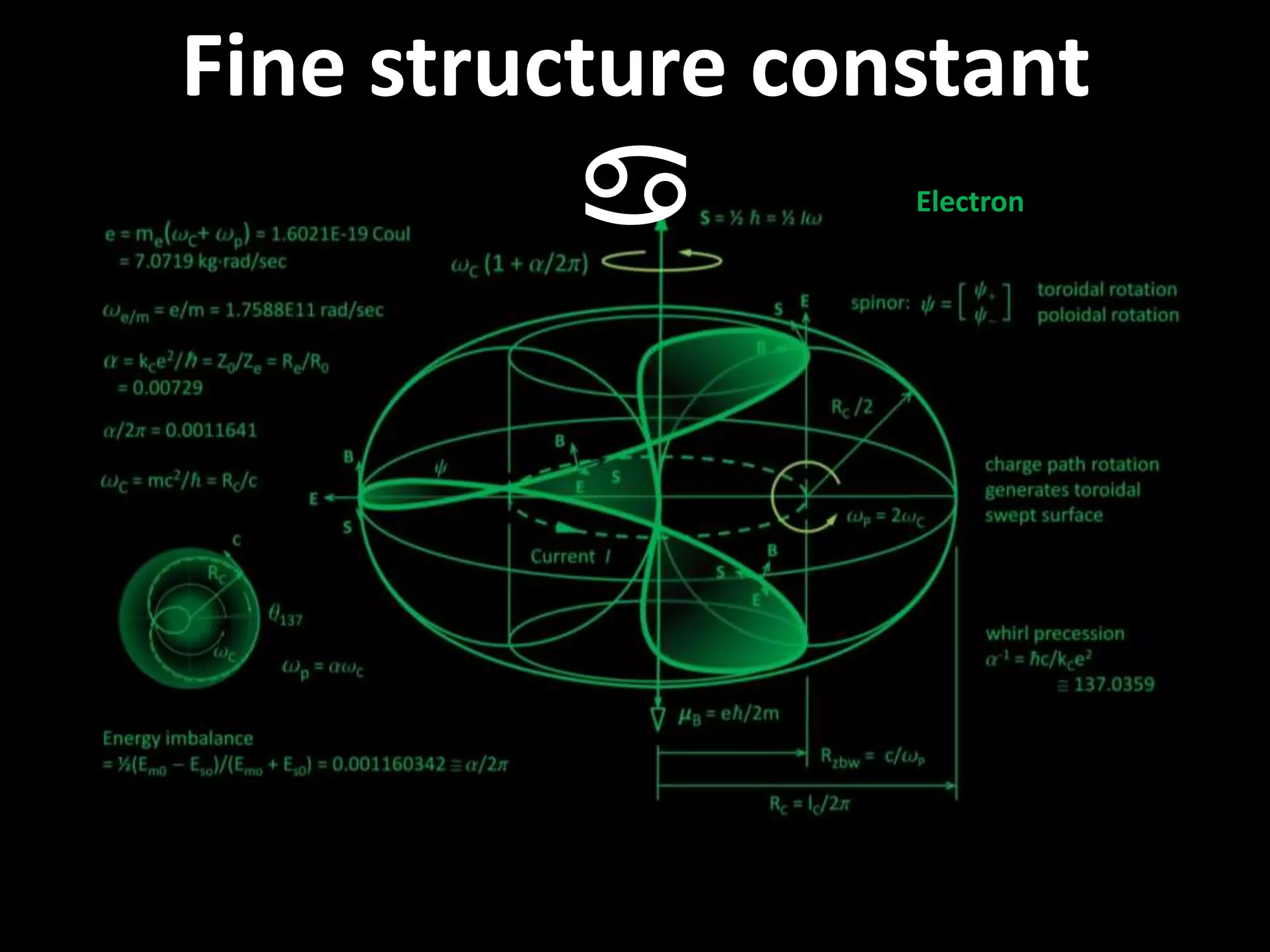
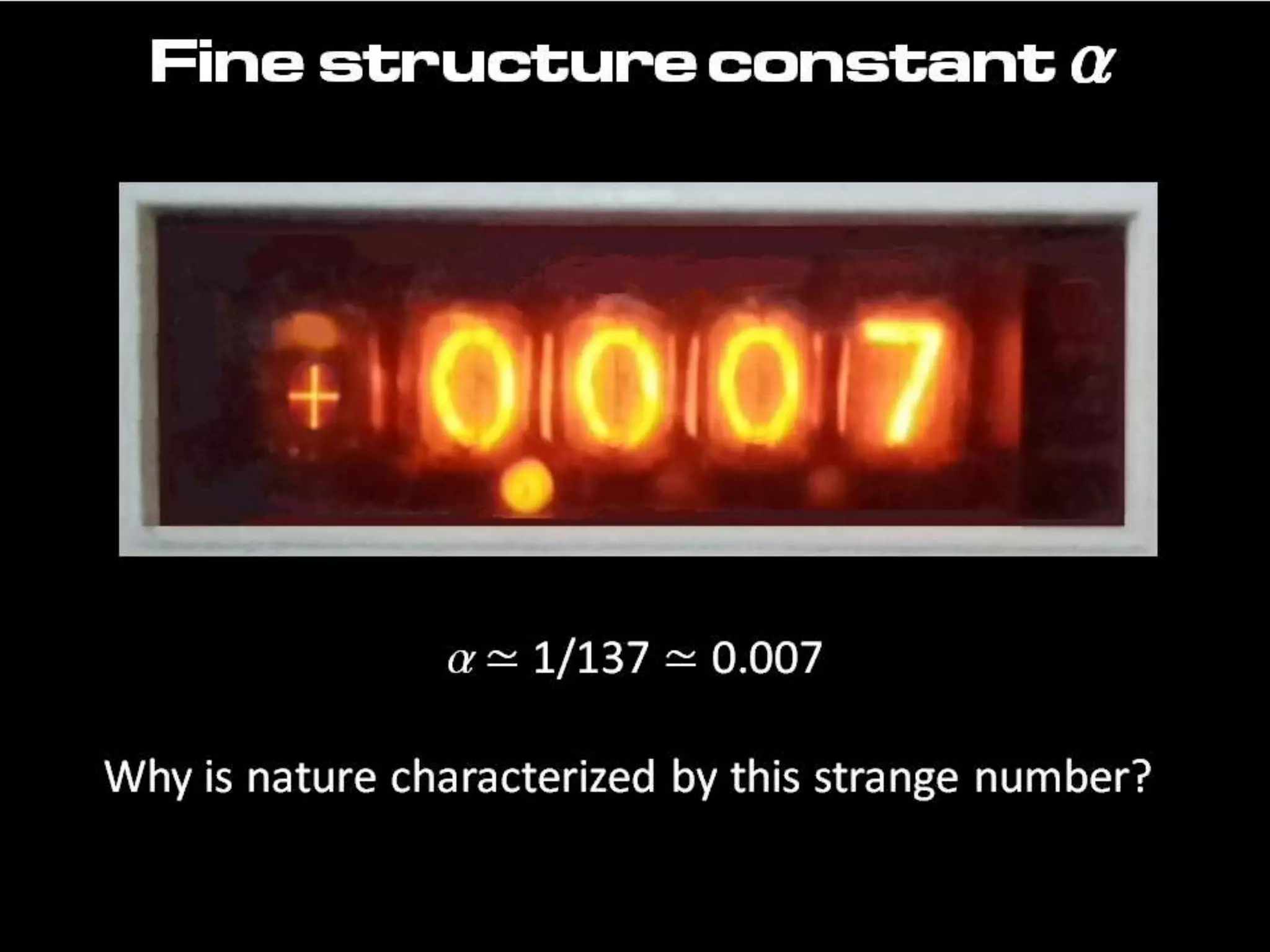
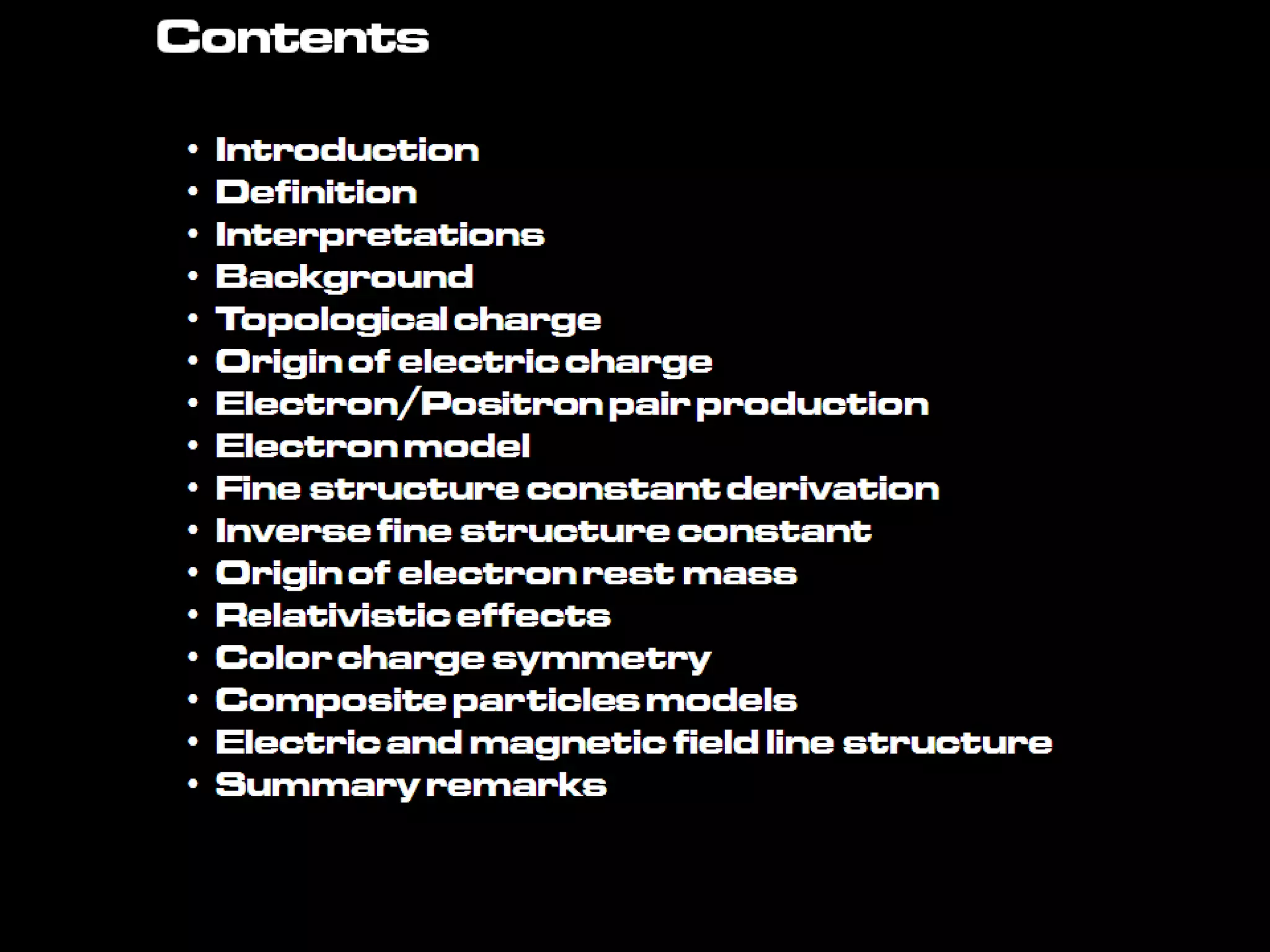
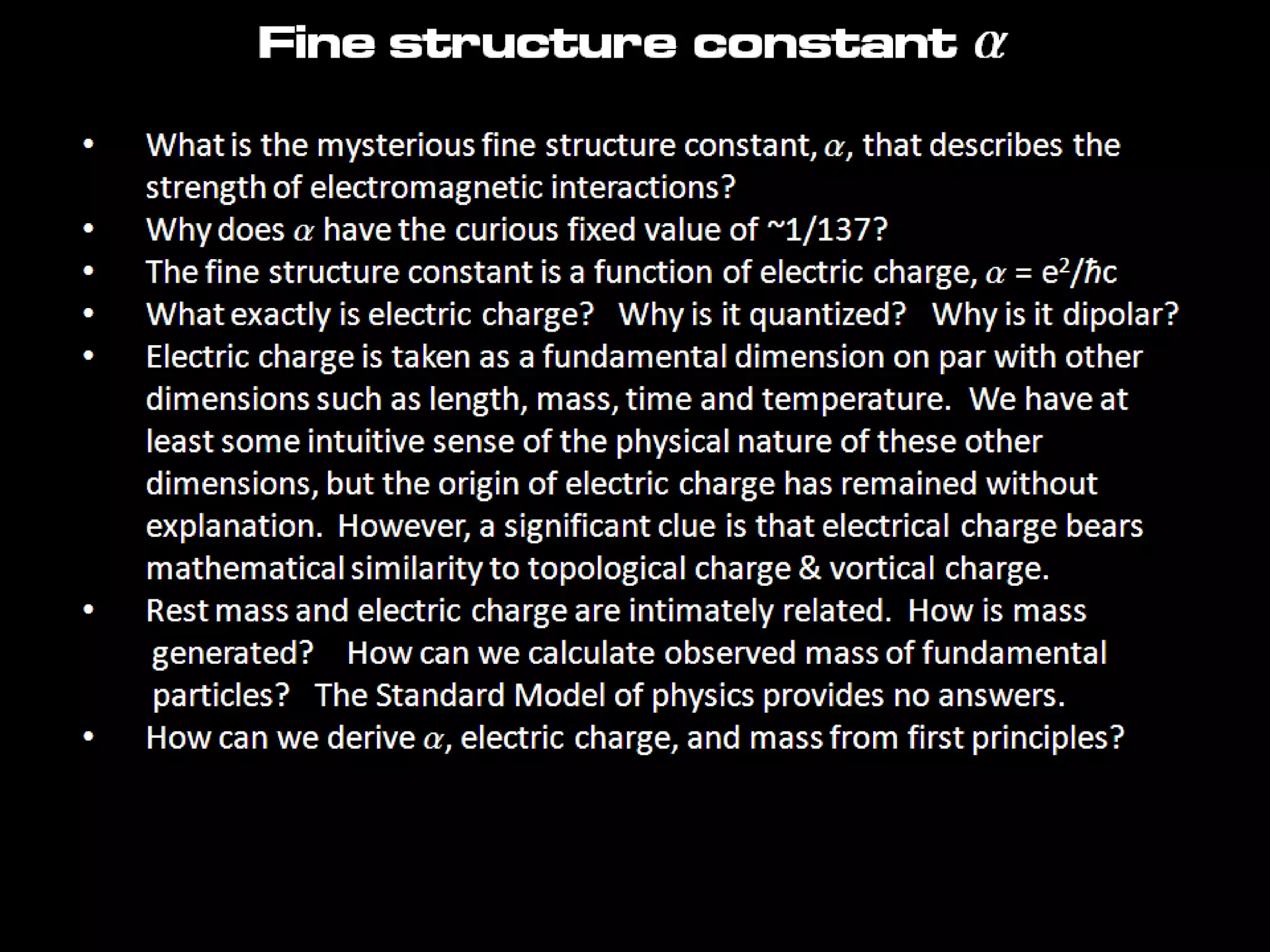
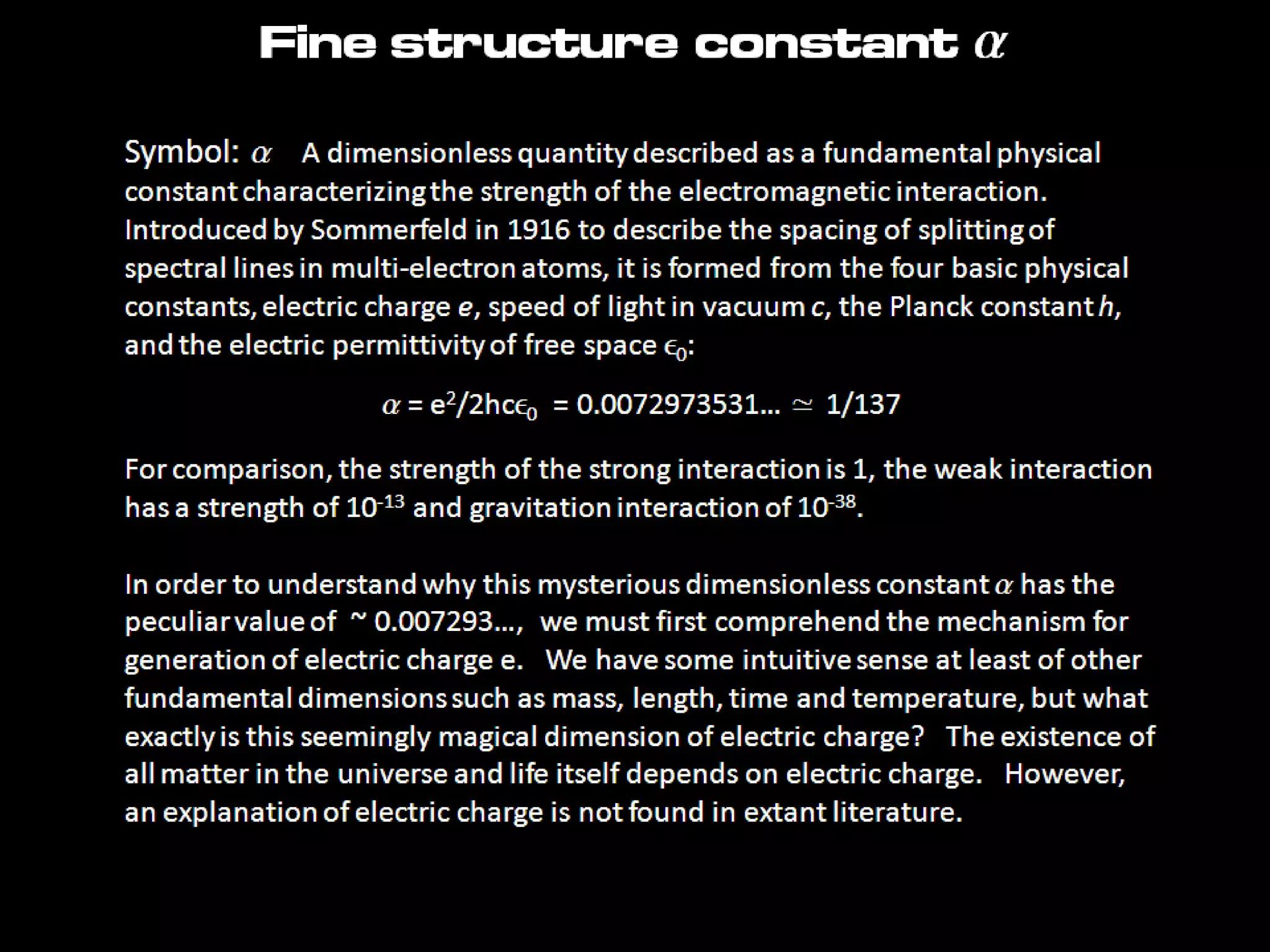
![Fine structure constant a
The fine structure constant represents a relativistic correction to the Bohr
theory of the energy level of an electron and may be expressed as
a = ¼pe0(e2/ħc) = kCe2/ħc = (q/qP)2 [S.I. MKS units]
where
e = electric charge (= q = F/E = ħk/A = E/V = V·C) [C = kg·rad/sec]
qP = Planck charge (= √(4pe0ħc) = mPwP [kg·rad/sec]
e0 = permittivity of free space (= 8.854187817E-12 Farads/m) [F/m]
ħ = reduced Planck constant (= h/2p = p/k = (q0/A)/k = (S/c2)k = mc2/w) [J·s]
c = speed of light (= 1/√(m0e0) = E/B = w/k = lP/tP = mP
2(G/ ħ) [m/s]
kC = Coulomb constant (= 1/4pe0) [N·m2·C-2 = m3/kg·rad2]
F = Coulomb force (= q+E = kCq/r2) [N]
E = electric field intensity (= F/q = V/d = B·c) [volts/m = N/Coul]
E = energy (= T + V = √((pc)2 + (mc2)2) [Joules = N·m]
k = wave vector (= mv/ħ; wave no. k = |k| = 2p/l = nw/c) [1/m]
p = momentum (= mv) [kg·m/s]
A = magnetic vector potential (= (m0i/4p) ∮dl/r = ħk/e = vf/c2) [volt·sec/m = m/rad]
w = angular momentum (= r x mv) [rad·kg·m2/sec]
V = voltage (= W/q = J/Coul) [J/Coul = m2/(sec·rad)]
C = capacitance [= q/DV = W/(½ V2) [F = C/V = kg-1·m-2·s4·A2 = rad2·kg/m2]](https://image.slidesharecdn.com/finestructureconstant-210927030448/75/Fine-structure-constant-6-2048.jpg)
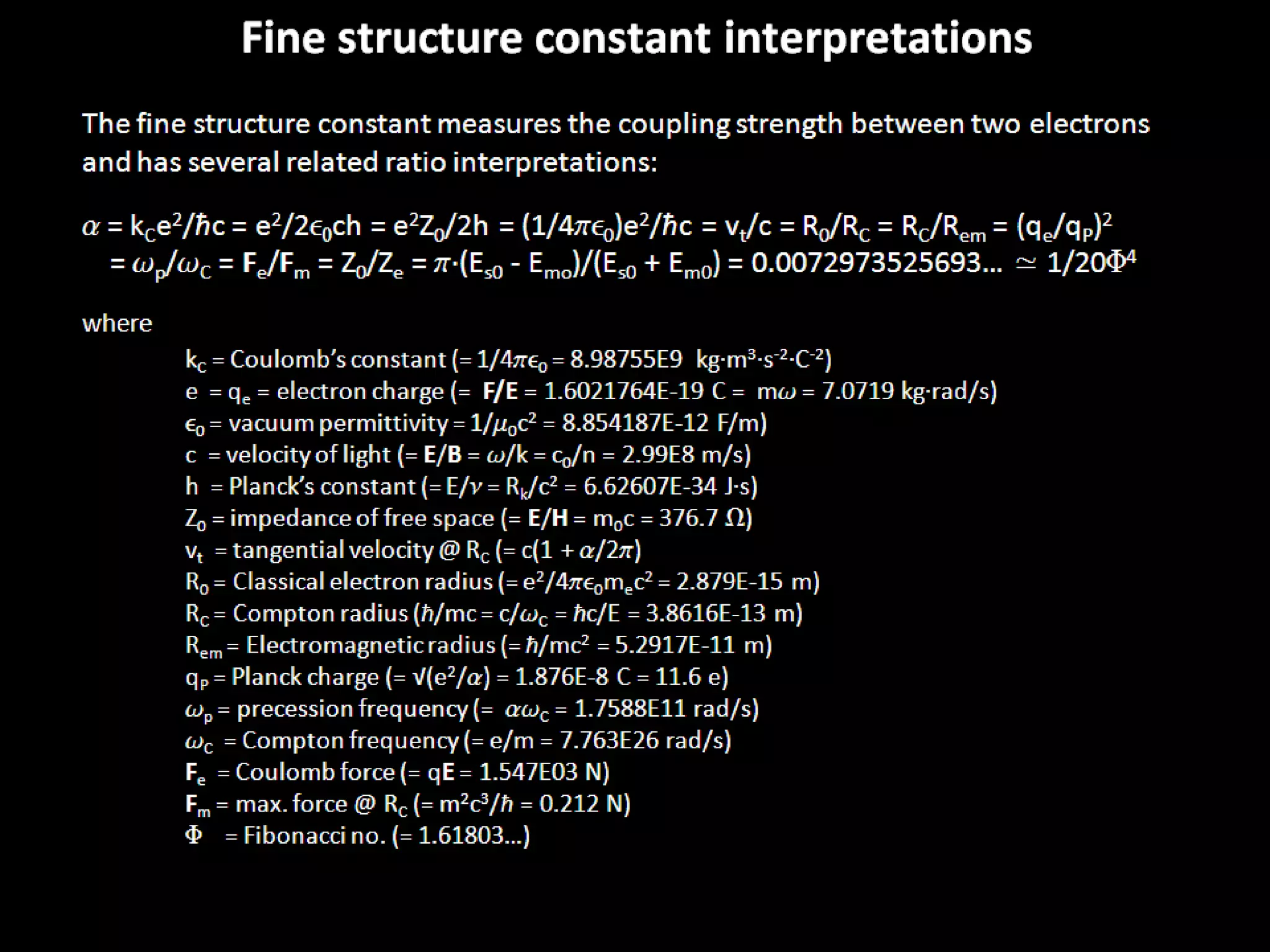
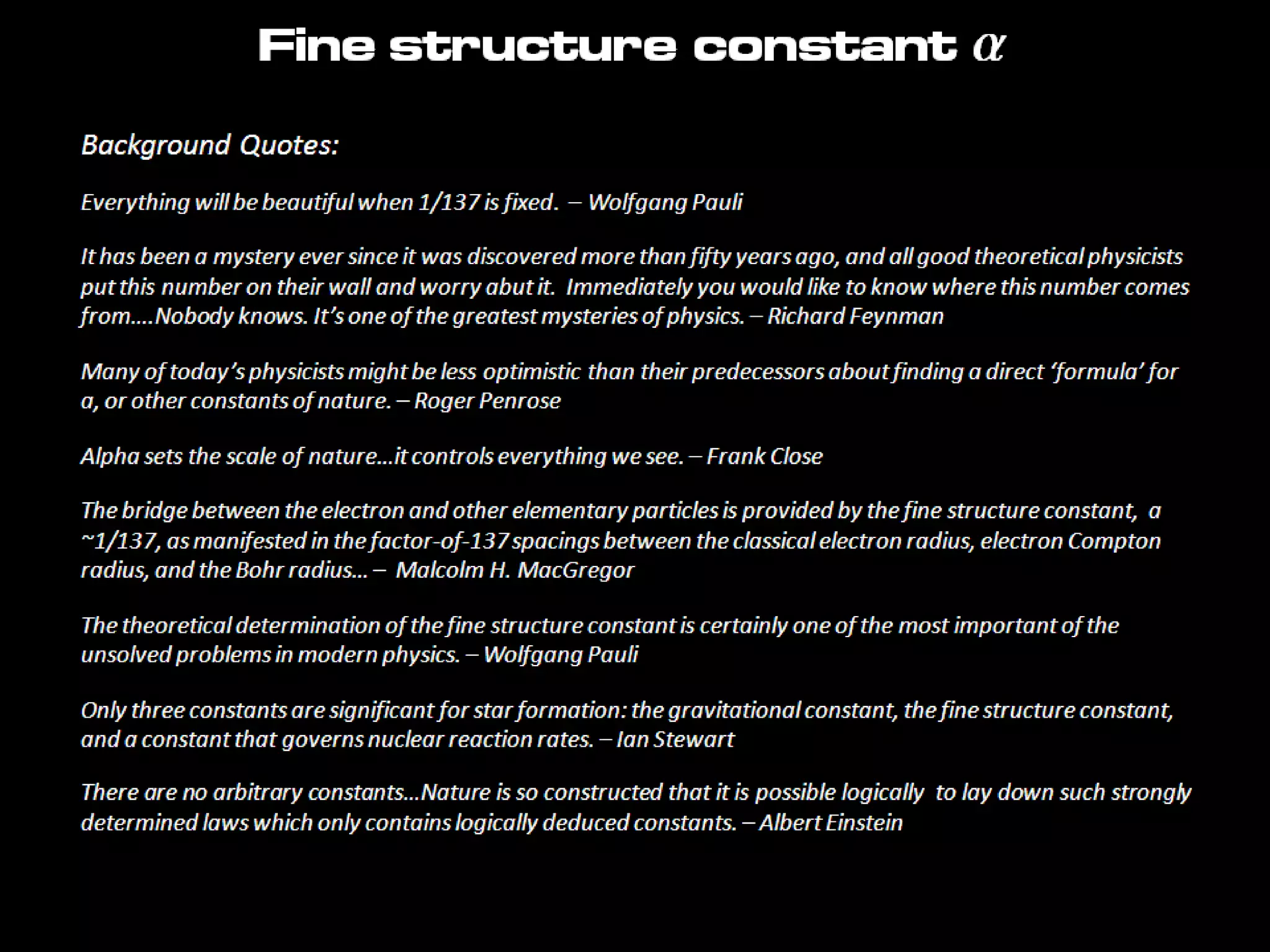
![Quotes (cont):
It is one of the greatest damn mysteries of physics; a magic number that comes to us with no understanding
by man. – Richard P. Feynman
The fine structure constant is undoubtedly the most fundamental pure dimensionless number in all of physics.
It relates the basic constants of electromagnetism (the charge of the electron), relativity (the speed of light),
and quantum mechanics (Planck’s constant). – David J. Griffiths
Jung and Pauli’s mutual effort to discover the cosmic number or fine structure constant, which is a
fundamental physical constant dealing with electromagnetism, or, from a different perspective, could be
considered the philosopher’s stone of the mathematical universe. – Todd Hayen
There are considerable mysteries surrounding the strange values that Nature’s actual particles have for their
mass and charge. For example, there is the unexplained ‘fine structure constant’…governing the strength of
electromagnetic interactions. – Roger Penrose
…it should be remembered that the atomicity of electron charge has already found its expression in the
specific numerical value of the fine structure constant, a theoretical understanding of which is still missing
today. – Wolfgang Pauli
If alpha [the fine structure constant] were bigger than it actually is, we should not be able to distinguish
matter from ether [the vacuum, nothingness]. – Max Born
The day when we shall know exactly what electricity is will chronicle an event probably greater, more
important, than any other recorded in history the human race. – Nikola Tesla
Fine structure constant a](https://image.slidesharecdn.com/finestructureconstant-210927030448/75/Fine-structure-constant-9-2048.jpg)
![Quotes (cont):
Let us begin with the fine-structure constant… The fine-structure constant is really the ratio of two natural
units or atoms of action….We obtain action when we multiply energy by time. …We are challenged to find a
unified theory of electric particles and radiation in which the electrostatic type of action and the quantum type
of action are traced to their source. – Arthur Stanley Eddington
The fact however that alpha has just its value 1/137 is certainly no chance but itself a law of nature. It is clear
that the explanation of this number must be the central problem of natural philosophy. – Max Born
QED [Quantum electrodynamics] reduces…”all of chemistry and most of physics,: to one basic interaction, the
fundamental coupling of the photon to electric charge. The strength of this coupling remains, however, as a
pure number, the so-called fine-structure constant, which is a parameter of QED that QED itself is powerless to
predict. – Frank Wilczek
A contradiction – free union of the condition of quantum theory with the corresponding prediction of field
theory is only possible in a [theory] that provides a particular value of Sommerfeld’s constant e2/ħc. –
Wolfgang Pauli
Can you explain the fine structure constant? No? So see you again when you have done it. – Paul A. Dirac
When I die, my first question to the devil will be “What is the meaning of the fine structure constant?” –
Wolfgang Pauli
Fine structure constant a](https://image.slidesharecdn.com/finestructureconstant-210927030448/75/Fine-structure-constant-10-2048.jpg)
